

Girl in Florence
A tuscan texan immersed in florentine life.
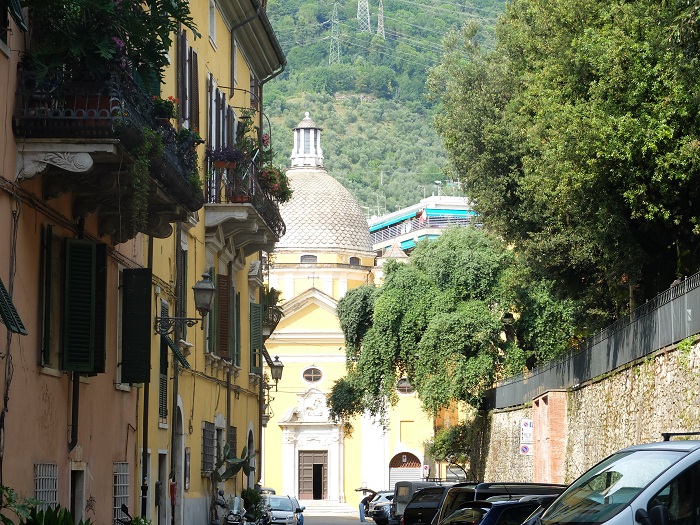
- July 29, 2014
9 Reasons To Visit Carrara
- culture , food , italy , nature , recipes , tips , travel , tuscany , uncategorised , Uncategorized
Fortitudo mea in rota
Latin for “My force is in the wheel” – the quote of Carrara, a town most famous for its legendary marble quarries used to build the Pantheon and Trajan’s Column in Rome, and a place with over 2,000 years of history. Also known as the birthplace of luxury bathrooms and where artists like Michelangelo got the marble to create masterpieces you ‘might’ have heard about like you know, The David . Marble from this area can be spotted in the mountainous landscape that frame every picturesque scene here. One thing to keep in mind is to not call Carrara, Massa (a mistake I might have made a few times), centuries-old feuds mean that despite being in the same province of massa carrara , they are two very different places and people like to remind you of that.
This past weekend I was invited by the province of Massa Carrara along with bloggers Valentina from Too Much Tuscany , Tiana Kai & videographers Milo Films to explore the town and surrounding area during the marble weeks , a series of events such as art exhibits, live music, and more celebrating the ‘land of the marble’ (which lasts until August 3rd). I knew about this city from my Italian friend Enrico , local to the area, who often told me I needed to come and visit, and especially during this summer festival. Advice taken and I am super thrilled that I finally did, the old town center is beyond charming and it’s absolutely a place I would come back and explore again. I think next time, I will look more into the local cuisine and visit a few marble workshops.
It was hard to sum up why you should visit this place in just one post so in this fun style to highlight what I loved about the city, here are 9 reasons why Carrara in Tuscany deserves a visit!
1. Colorful Architecture
What stood out to us bloggers as we strolled the streets of Carrara was just how colorful the town is, peppered with a definitive Baroque style of architecture that I personally adore. Florence is amazing, no doubt about that, though ‘popping with color’ not so much . Walking in Piazza Alberica in the center of town was an absolute delight, I recommend stopping for a shakerato (cold coffee) like we did and just spend some time people watching. Life here never moves in a hurry and the vibe of the piazza is strong, being small town Italy we spotted plenty of older people standing around having a chat with their friends. An added plus that it isn’t a touristy town by any means, many shop owners were surprised to see us there and encouraged us to share the word about visiting this ‘off the beaten path’ part of Tuscany which I was more than happy to do.

2. Marble is everywhere (really)
They don’t call this city ‘marbleous ‘ for anything. Everywhere you go you will undoubtedly run into something made of marble, benches, statues, sculptures, pavement, fountains – and of course the main cathedral. Any Four Seasons hotel around the world would get serious bout of ‘marble-envy’ after walking around Carrara.
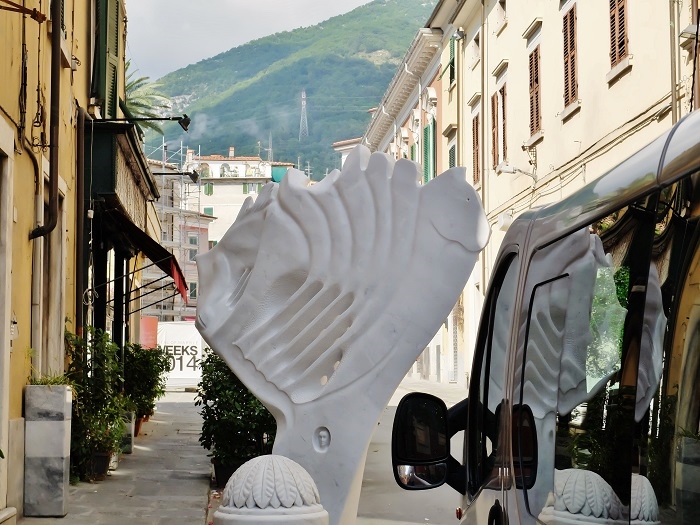
3. They have a sense of humor
When walking around with our fabulous guide Gabriele, besides discovering all of the ancient history that like any Italian town, is plentiful in Carrara – there were some more interesting details which makes me think that people from this area always had a sense of humor. One of which being these circular basins that stick out of some of the local palazzi around town. Of course we had no idea what they were but when I found out they were actually ancient outdoor bedpans (I am not lying) to help keep the streets clean, I had to have a giggle. Hats off to them for that innovative technique and let’s hope that they are still not being used for that today.
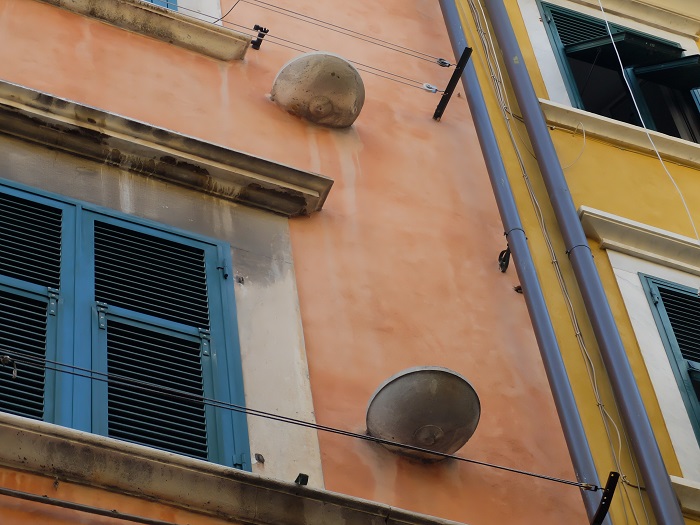
Outdoor plumbing never looked so good
Another detail we spotted was a nude boy caved into a wall near Carrara’s Duomo church. Gabriele mentioned that not everyone might appreciate such a garish act of nudity, the idea behind this was that by seeing this boy in all of his glory, the public was reminded of their public duty to behave and uphold a social code of decency. Whether this worked or not, was anyone’s guess!
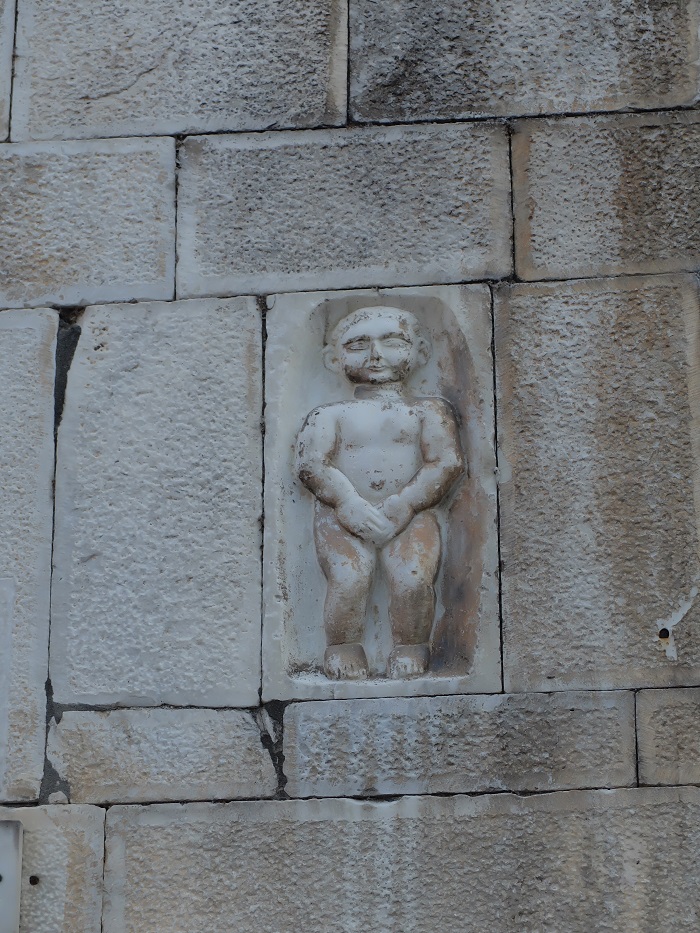
I should that even now, I can personally attest that the locals have a pretty amazing sense of humor. We chatted with people while walking around, they were really open to talking with us and cracking jokes, a human touch that I truly love about Italy. After stopping in a little shop serving their own version of fried chickpea ‘bread’, called locally ‘calda calda’ and known to the Florentines as ‘cecina’, the spirited cook was fast to claim that any other versions ‘fa schifo’ or in layman’s terms ‘were not so good’. Tell us how it is Nonna! I wasn’t about to disagree with her.
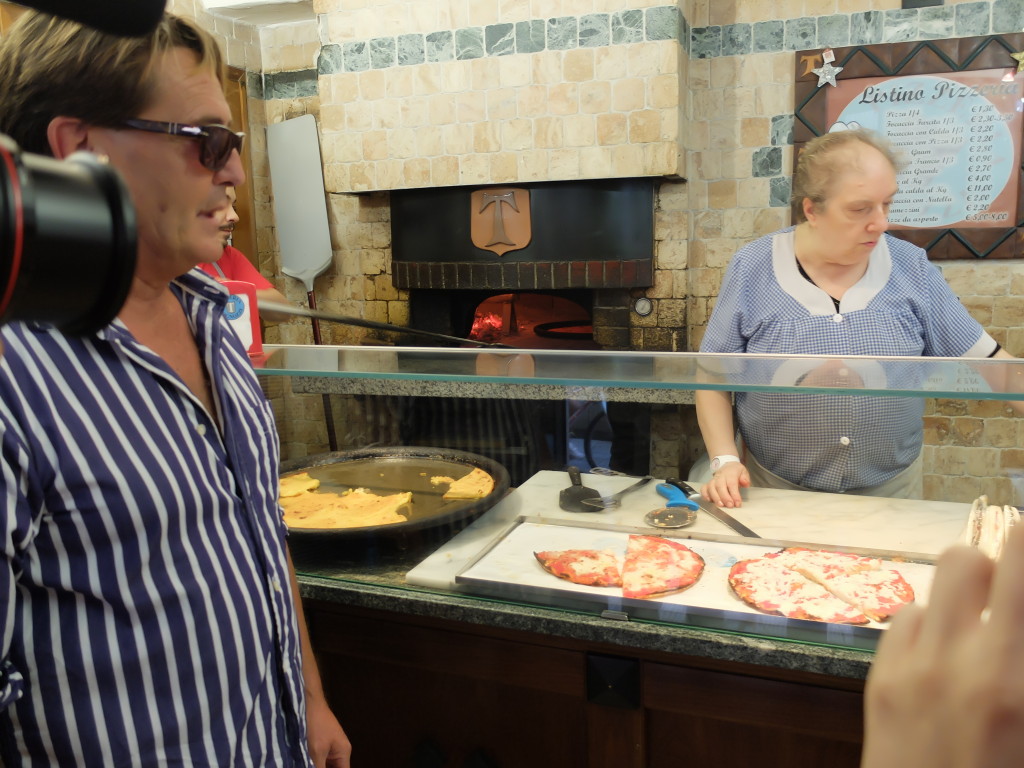
Buy a peice of ‘calda calda’, cover it in a little ground black pepper and please DON’T call it ‘cecina’ 😉
4. Anarchy is in their soul
One of the first things we learned about Carrara, is like the name of the local theater’ Teatro Degli Animosi,’ the local populationwas famous for being ‘animated with a dash of anarchy’ . This was thought to have originated in the quarries among the stone carvers, people with radical beliefs who had no problem sharing them. It is because of this movement that they were able to organize labor unions and obtain better rights for the workers.
On a side note, we stopped by a photography exhibit by Reinhold Kohl called “Io mi chiamo G e sono ancora qui” for the Lunatica Festival (also in the summer) at an ancient hospital for pilgrims along the via francigena path , ‘Ex Ospedale S. Giacomo [free entrance, the exhibit runs until August 10th). The exhibition contained photos and quotes of Giorgio Gaber , a famous Italian singer, composer, actor & playright’). I spotted one quote below by Giorgio which essentially states that ‘freedom is participation’. Strong words which really resonated with me as I thought about Gabriele’s mention of an animated and anarchism-friendly local society that still remains strong today.
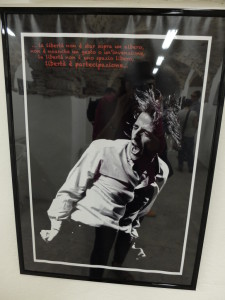
5. ‘I Salotti’ (Palazzo Del Medico)
Imagine a place to purchase tailored formal wear, covered in marble – a labyrinth of rooms each more amazing than the last . Like a dream concocted by Alice in Wonderland. Featuring the fancy tailor Gazzillo, but not only, also an ancient palazzo with a tea-room and soon to boast a restaurant. Yes Carrara has just this kind of place and I can say with 100% certainty that it blew my mind and that of my fellow bloggers. We got a behind-the-scenes look at where they make the clothes and I vowed to myself to come back once I earn a ton of money (a girl can dream) and buy a dress there. Who knew places like this really existed? The view from the Palazzo opens up into Piazza Alberica which is a pretty sweet view if you ask me. Even more fun, we actually we ran into someone famous while there (see below) ;-). If you come to Carrara, this is a must-visit (call ahead to book a visit).
I Salotti (Palazzo del Medico) ‘Tailoring meets Tea & Art” , Piazza Alberica 5, Carrara. Website , instagram
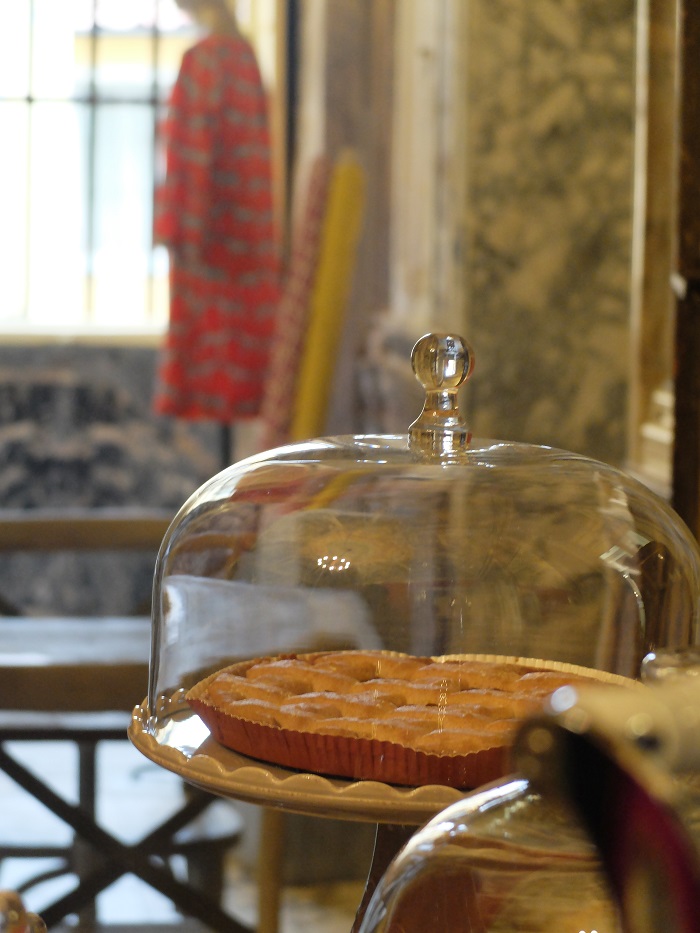
Shoppers can sip on a tea (from Via del Tè Firenze) while getting measured for a unique gown or suit

Running into Philippe Daverio , famous art historian and TV presenter spotted at I Salotti
6. Gabriele Giuntoni
It would have been impossible for me to talk about Carrara and not mention the ‘Guru of Guides’ that is THE man of town, Gabriele Giuntoni, our tour guide for the weekend. This man speaks four languages, knows everything about anything, takes himself too seriously in a good way and was a load of fun to be around. He runs off-road marble tours in the Cave Di Carrar a and knows all the best places to stop for a snack. Our weekend would not have been nearly as awesome if Gabriele wasn’t involved, his energy and wealth of knowledge was impressive. We all wished we could take him back to Florence with us. If you want to really see the most you can in this region, call Gabriele and book one of his fascinating tours (+39 328 415 6084).
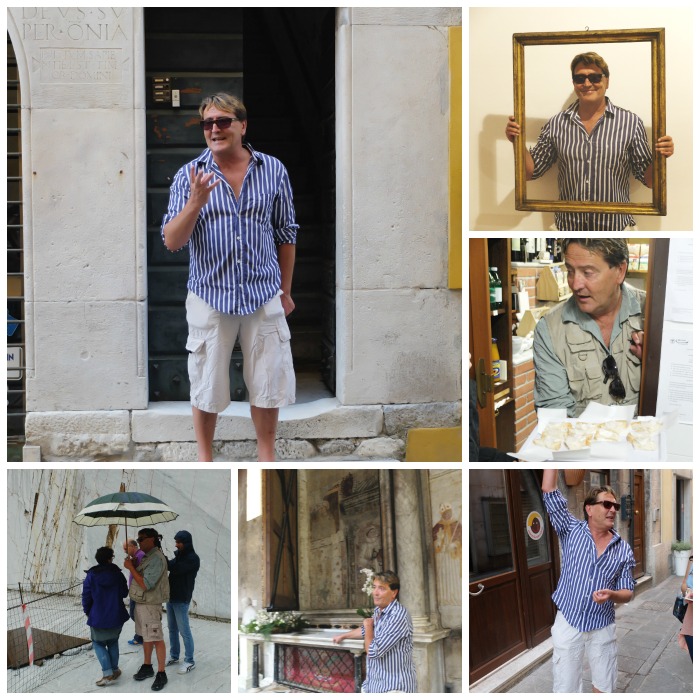
The many faces of Gabriele, the ‘guru’ of guides based in Carrara
7. The Marble Mountains
Visiting the Cave di Marble aka ‘The Marble Mountains’ is an absolute must for any adventure traveler. I’ll never forget the incredible thrill I got being inside an off-road vehicle, gripping the sides of the vehicle while it climbed up steep paths in order to reach the quarries, a journey many workers make every single day. Your reward for what can be a teeth-gripping experience is the view from the top, marble as far as the eye can see, which will certainly take anyone’s breath away. It shocked me how men could have possible moved these massive tons of marble, much less make them into masterpieces like Michelangelo’s David and works by Canova. From up above, you get the gorgeous view of the Apuan Alps along with a peek at the Ligurian-Tuscan coastline. One thing to note when booking a tour is to choose wisely , we were warned that some work illegally which could put tourists in danger by not having risk insurance. I highly recommend our tour by Gabriele, recommended by the province of massa carrara and run by colorful Gabriele (see point #6.) Cave di marmo tours – Powered by Il Tau Guide turistiche, email [email protected] . I would also ask about visiting a Marble workshop which is something I might try the next time I visit this area. I read via the NY times that over 15,000 tons or marble are extracted from these mountains every day.
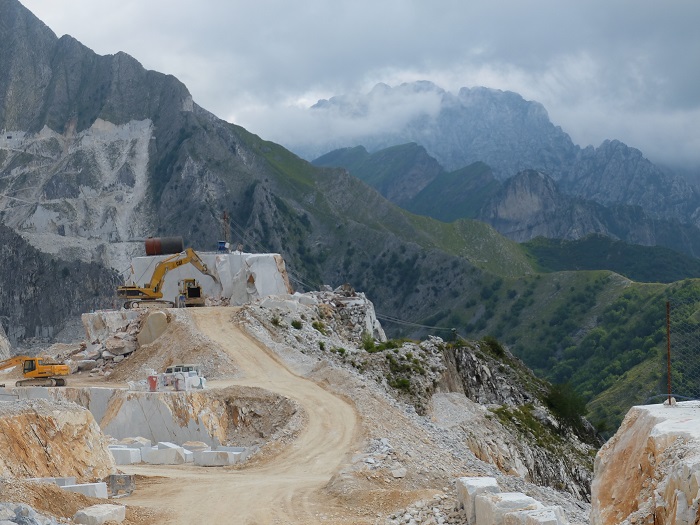
I never thought ‘lard’ would be on any top list of Girl in Florence but it made the list, you can officially call me ‘lard-friendly’ after this trip. Lard has a bad rap because of books like ‘The Jungle’ written by Upton Sinclair but obviously they haven’t been to the charming town of Colonnata. Here lard is something truly special, IGP quality certification, a pork lard salami covered in an array of beautiful spices (sea salt, black pepper, rosemary, garlic, nutmeg etc.) that you eat in thin slices over toasted Tuscan bread. For those who scoff at the notion of eating Lard, remember that this type is actually a good cholesterol, Gabriele mentioned this to us at least five times and I think he is a man of his word. After our cave di marble tour we visited ‘Larderia La Stazione’ where the tradition of making lard stays strong, they showed us the special ‘conche’ or marble basins where the lard is cured for 181 days. It has a very ‘melt in your mouth’ consistency and was delicious! If that wasn’t enough, my friend Enrico also brought us ‘crema di lardo’ from his father which will soon be made into crostini on top of my wooden ‘tagliere’ from Pienza. You can read more about the town of Colonnata, which unfortunately we didn’t get to visit via this great article by Serena Puosi via Around Tuscany. An additional must-read is this blog pos t ‘The Perfect Pig’ from Annette Joseph Style where she explains more about lardo di Colonnata and provides a recipe that I am planning on trying using the lard I bought from the area (if it comes out good, I will share with you guys via this blog).
Larderia La Stazione, Colonnata, website (also in English)
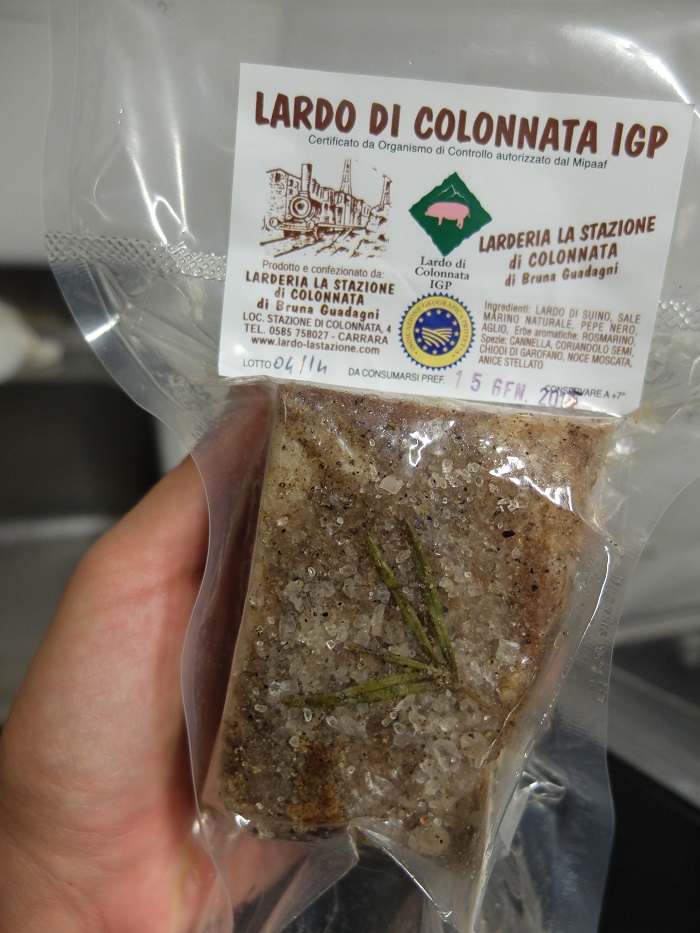
9. Proximity to Seaside
One thing that might surprise most people is just how close Carrara is to the seaside, about a 15-20 minute drive. One of the only places in Tuscany where you gaze at an incredible mountain view which sports snow in the winter and marble in the summer. We stopped at nearby Marina di Massa for a quick look (it was painful not to jump in the water) and had a last dinner with everyone at the marvelous Hotel Villa Maremonti, a beautiful hotel where I’m pretty sure dreams are made. Marina di Massa is your typical Italian seaside resort, you will find plenty of beach clubs, and public areas with colorful outdoor markets in the summer. Ritzy Forte dei Marmi is nearby if you are looking for a little nightclub fun after a day on the water. Malaspina Castle is also a recommended visit.

A big thank you to Paola from the Provincia di Massa Carrara and the Camera di Commercio for sponsoring this tour and showing us bloggers an amazing time, as well as ‘Guru’ Gabriele, the best tour guide in Carrara! You can discover more about the region via their website www.turismomassacarrara.it
Where to Stay in Carrara
Art & Design Hotel Michelangelo ( naturally, this being Carrara). Corso Carlo Rosselli, n°3 Carrara(MS) 54033 +39 0585/777161-2 +39 0585/74545, email: [email protected] . You can see my vine video of the hotel here.
How to get to Carrara
Getting to Carrara from Florence is easy, by car you are looking at only about an hour and 40 minutes drive, Follow A11 and A12/E80 to Carrara. Take exit Carrara from A12/E80.
By train: The time is about the same (an hour and 40 minutes) and is around 20 euros, take the train from Florence Santa Maria novella to Pisa centrale where you will change trains and head to La Spezia, getting off at Carrara Avenza and then taking the last one to Carrara MS. (more info here)
Must visit in Carrara
Marble Duomo Cathedral , 12th century, Piazza Duomo, 54033 Carrara, Italy
Palazzo Cybo-Malaspina , Via Roma, 1, Carrara, Italy (panoramic views of the city and landscape can be seen here)
Museo del Marmo, localita S.Francesco | via canal del Rio, 54033 Carrara, Italy
People watching in Piazza Alberica
Carrara Marble Weeks ( a series of events featuring live music, art, photography and more in and around the city of Marble) – runs until August 3rd.
When to visit
While I am definitely not a local, I got the impression that the best time to visit Carrara is during the summer, when you can use the charming town as a base to explore the surrounding area. Also summertime here means festivals and open markets (like the famous Marble weeks mentioned above) so you can add a bit of culture to your vacation.
Related Posts
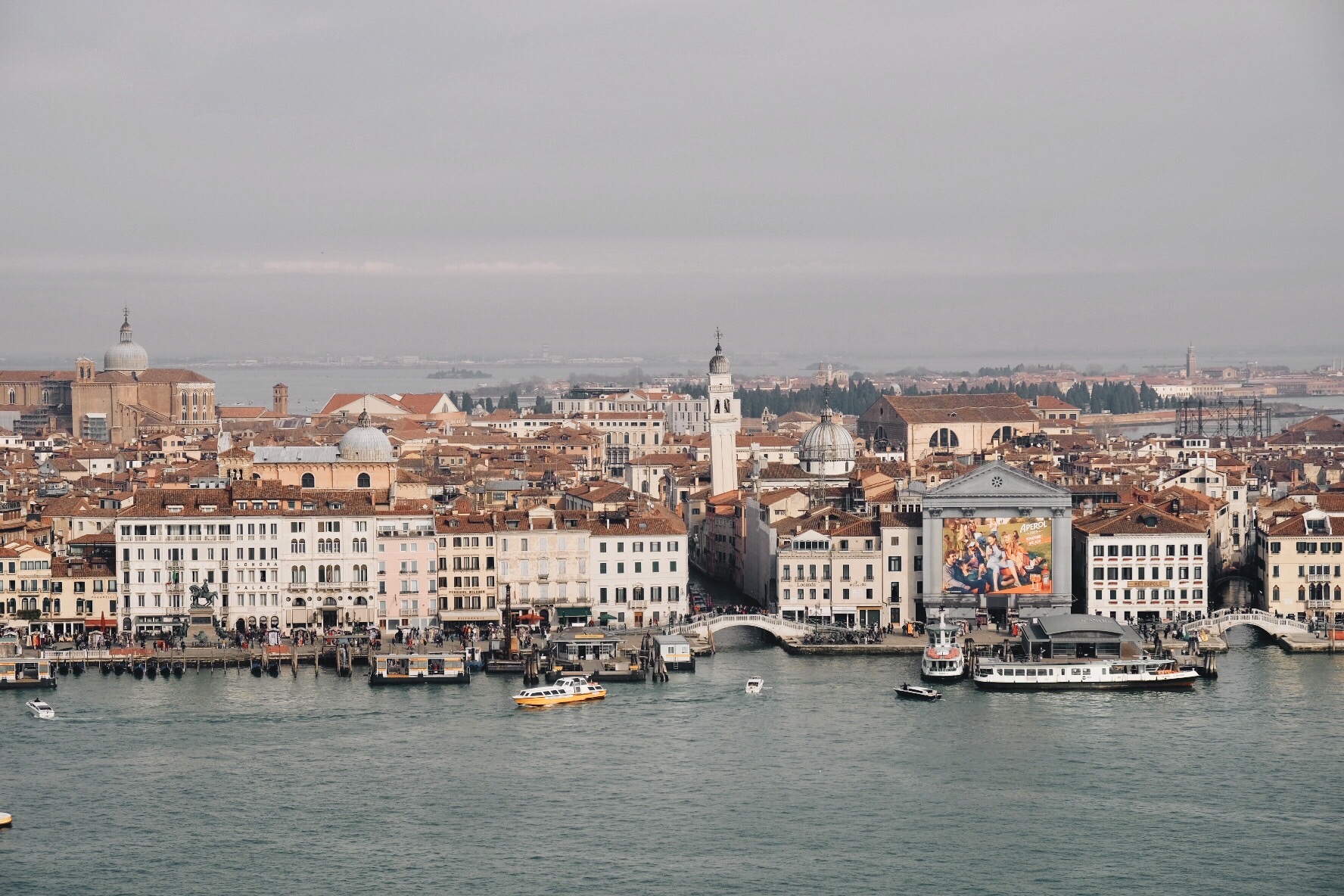
Returning to Venice For a Weekend

Pasticceria Buonamici for Artisanal Pastries and Coffee in San Frediano
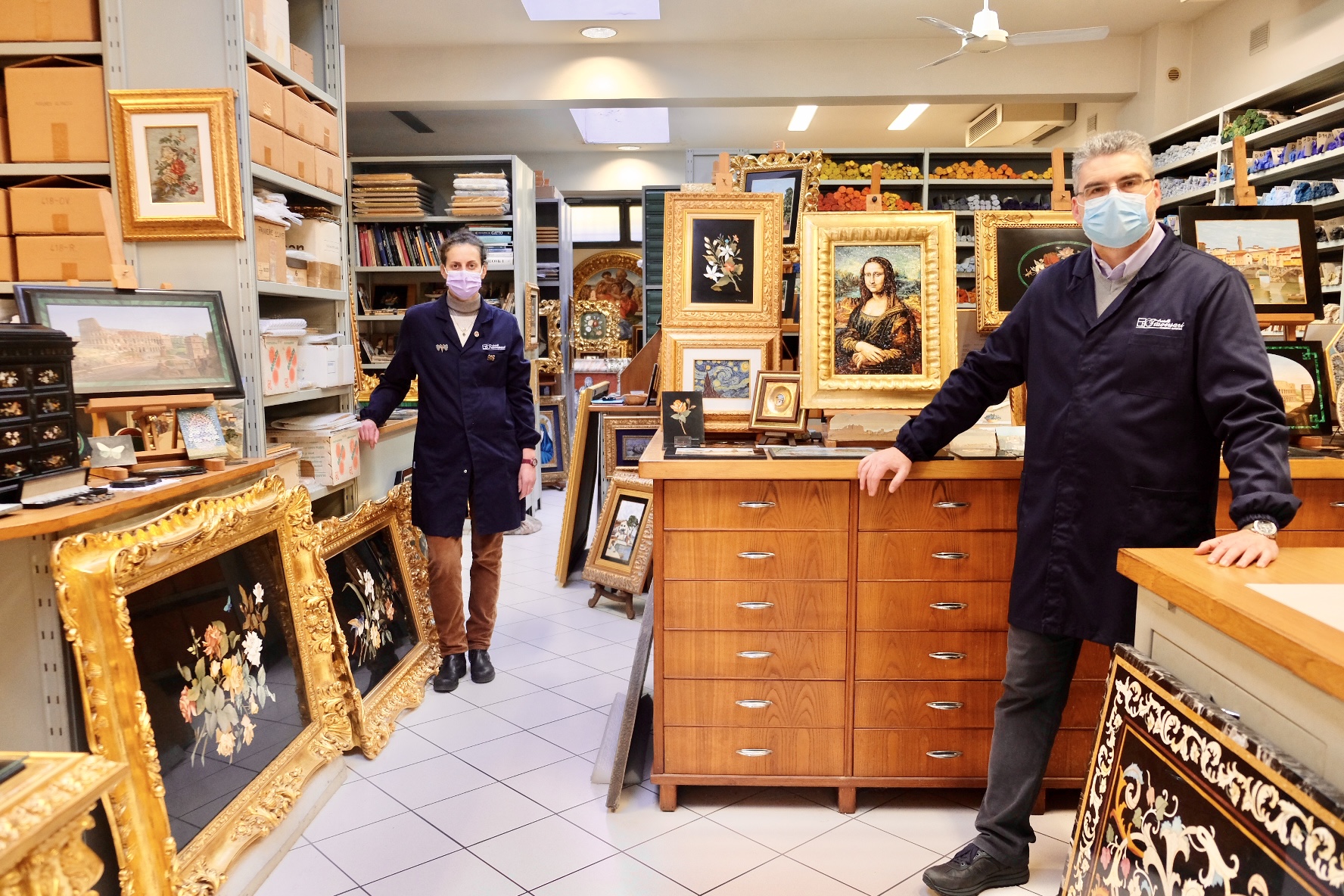
Discover One of Florence’s Most Treasured Artisans: Fratelli Traversari

The Scoppio del Carro Returns and A Recipe for Tuscan Custard Rice Pudding

Destination Weddings in Italy: What You Need to Know
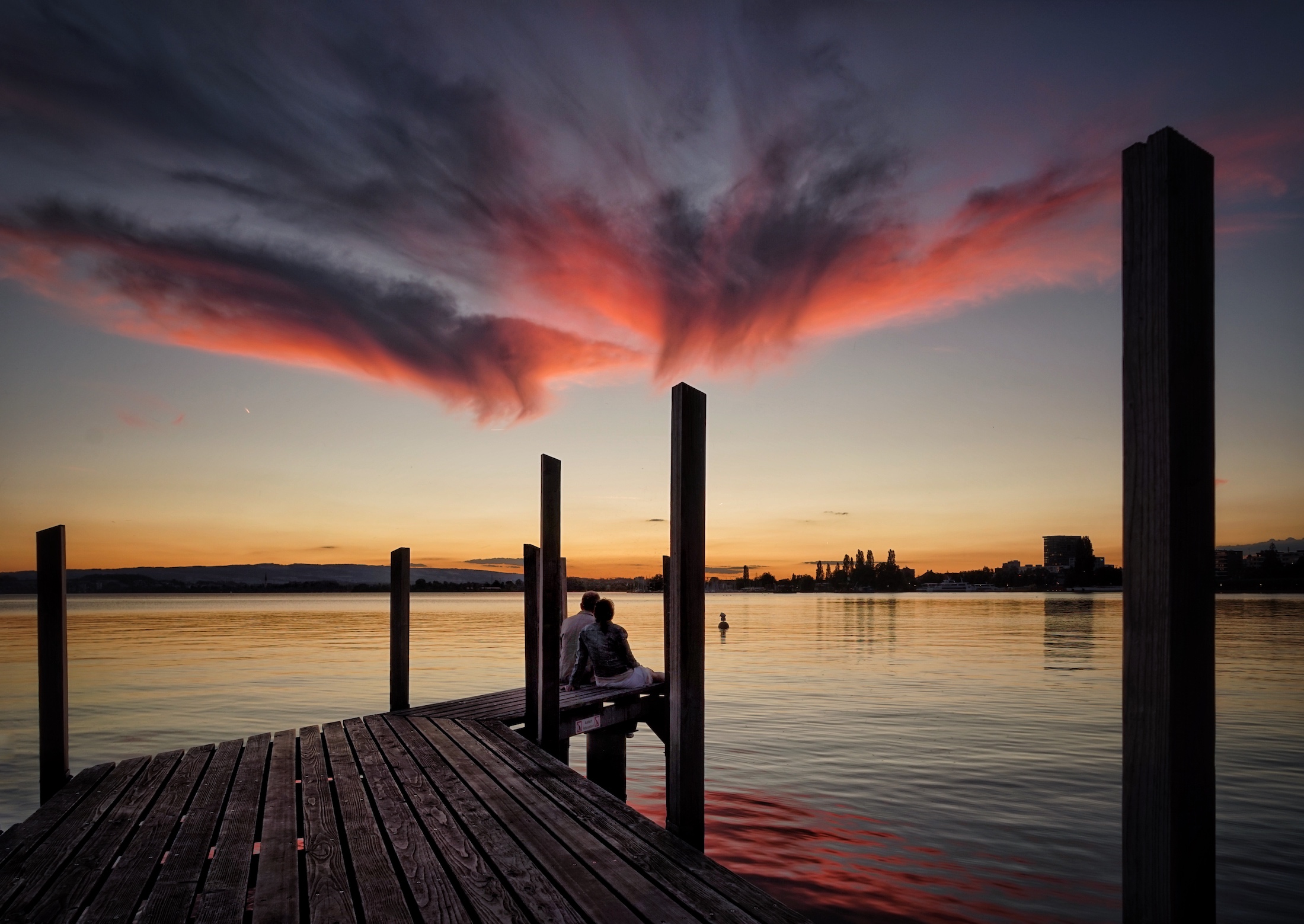
Locals I Love Switzerland: Talking to Alexandra Bilisi

Quaresimali – Tuscany’s Alphabet Cookies For Lent

Events this March in Florence, Italy and Something Big to Celebrate

6 Amazing Swiss Women You Should Know About

“Prima e Dopo” Chao Li’s Interpretation of Florence
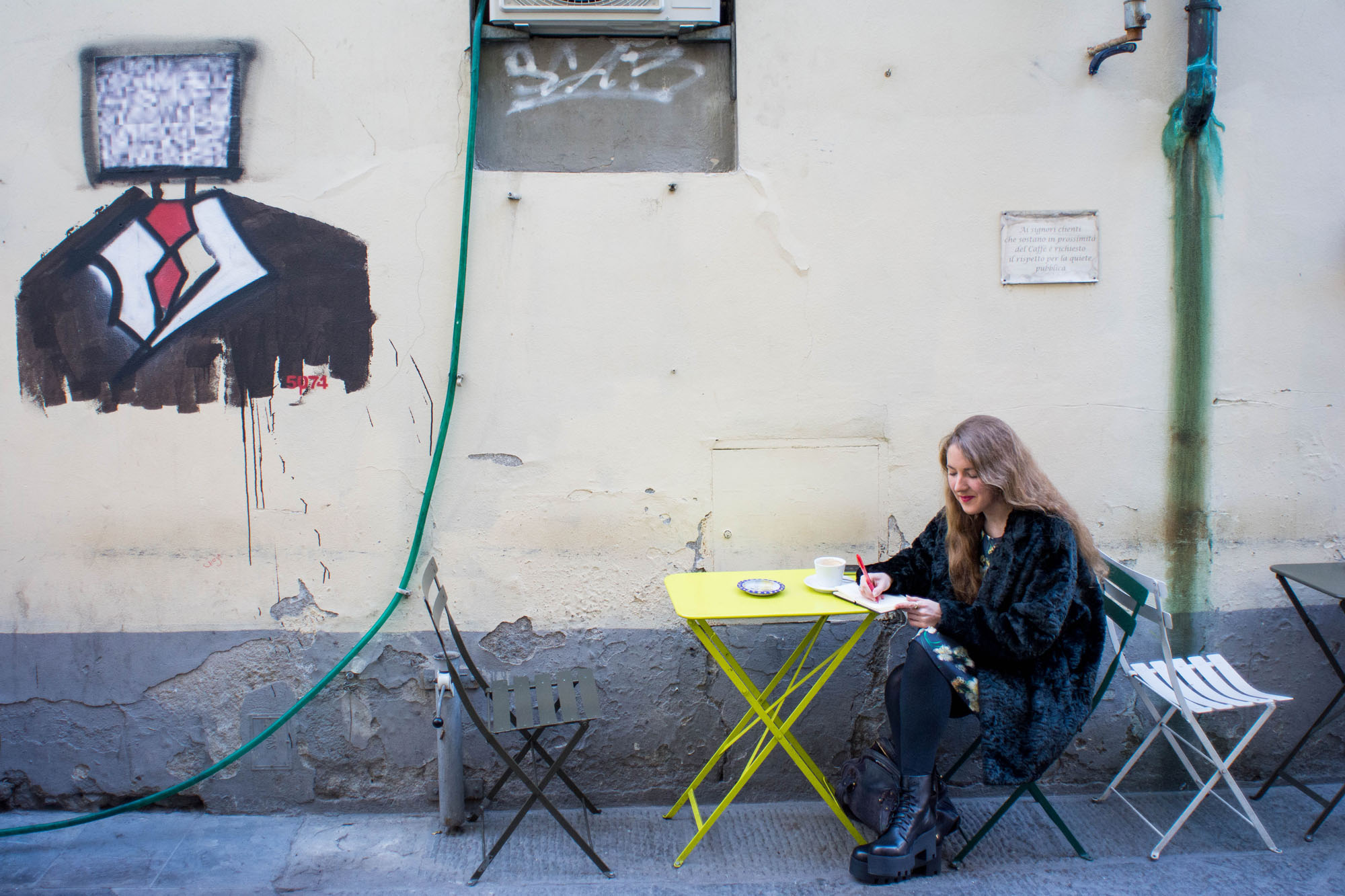
Embrace Your Inner Writer With Mary Gray

Locals I Love Switzerland: Talking to Kristin Reinhard

What would Dante do? How a 700-year-old poem keeps it relatable

Locals I Love: Talking To Scott Allen Wilson
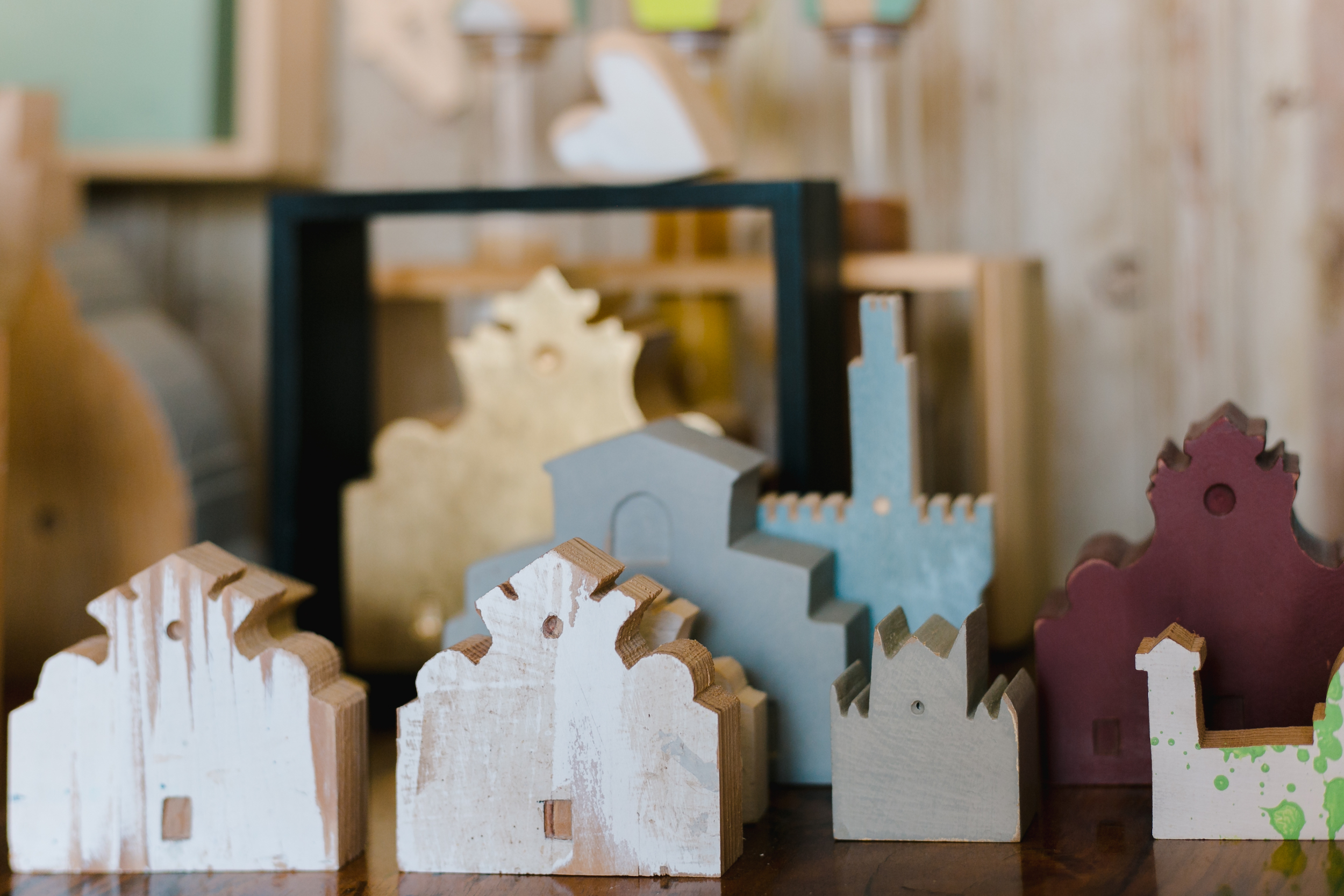
The 2020 holiday gift guide for Florence and Made in Italy Lovers

All Souls Day in Italy: Festa nel Giorno dei Morti on November 2nd

Why should you vote in the 2020 elections?
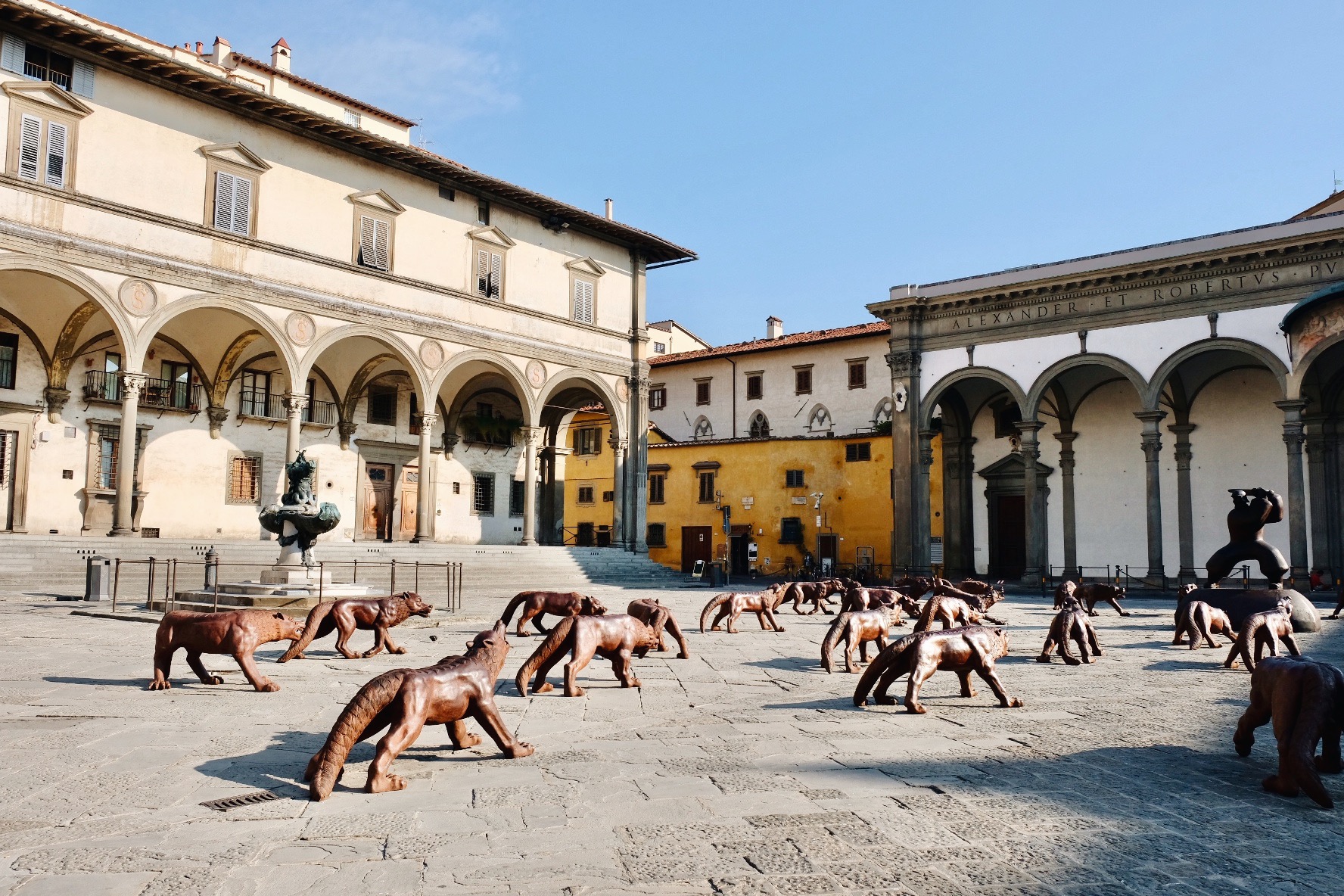
What to Do in September in Florence, Italy: Events & More

Shop Local: Hello Wonderful Boutique in Florence
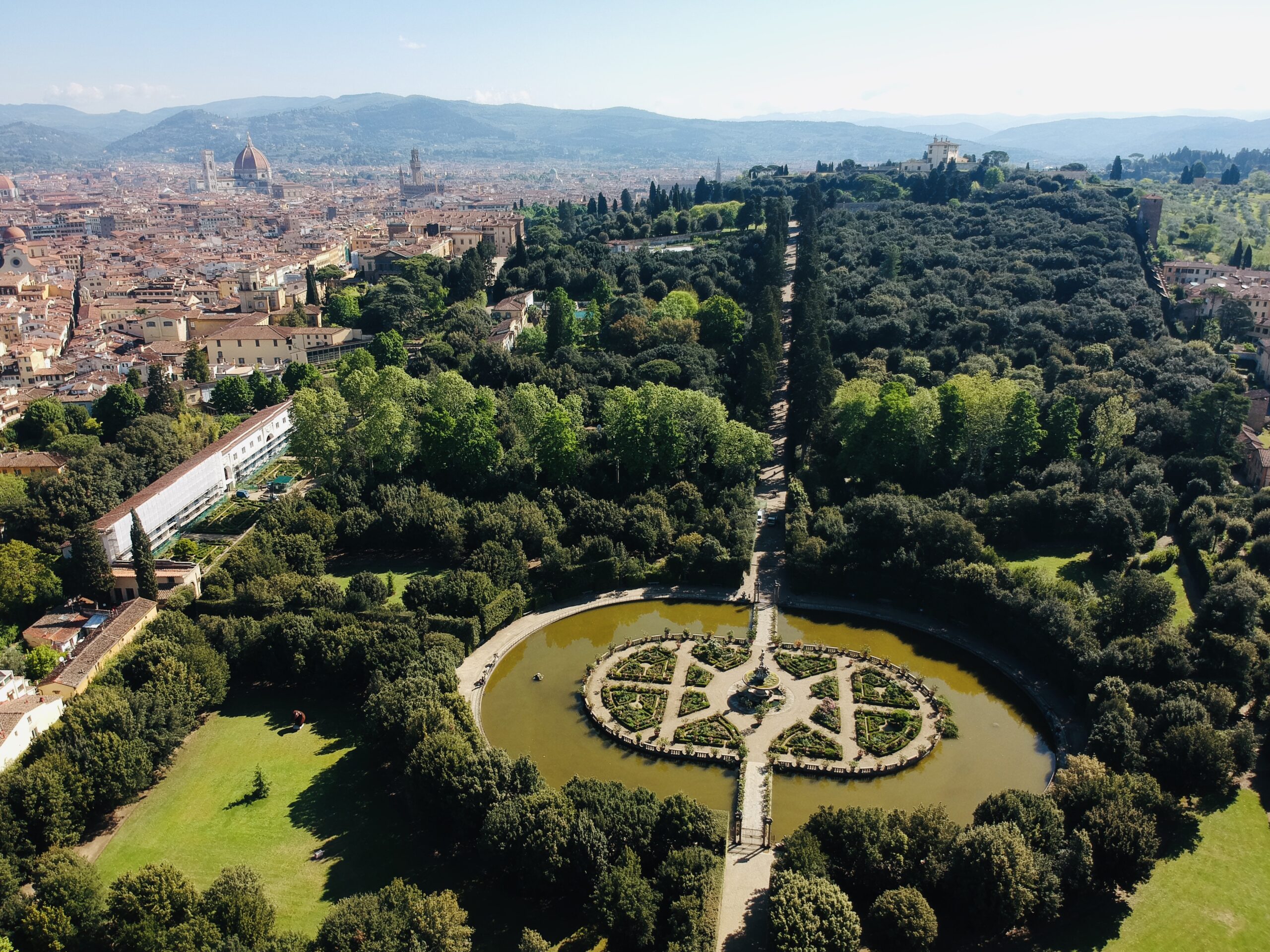
The ReGeneration Festival This August in the Boboli Gardens
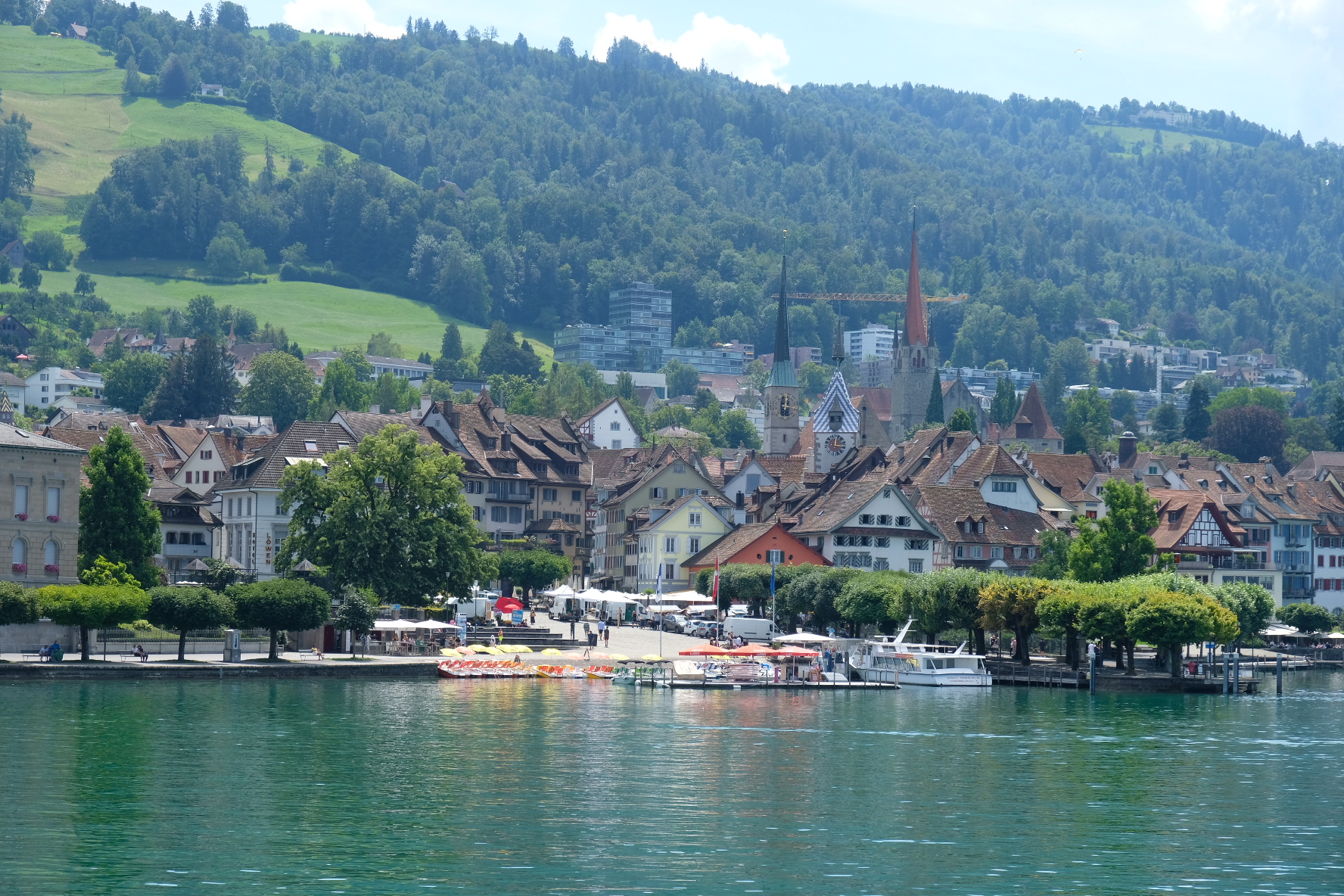
Moving to Switzerland from Florence, a few thoughts

Where to Eat in florence this August 2020

Locals I Love: Talking to Laura Masi

Firenze NOW! Talking About the Future of Florence

Locals I Love – Meet Lisa brancatisano aka “This Tuscan Life”
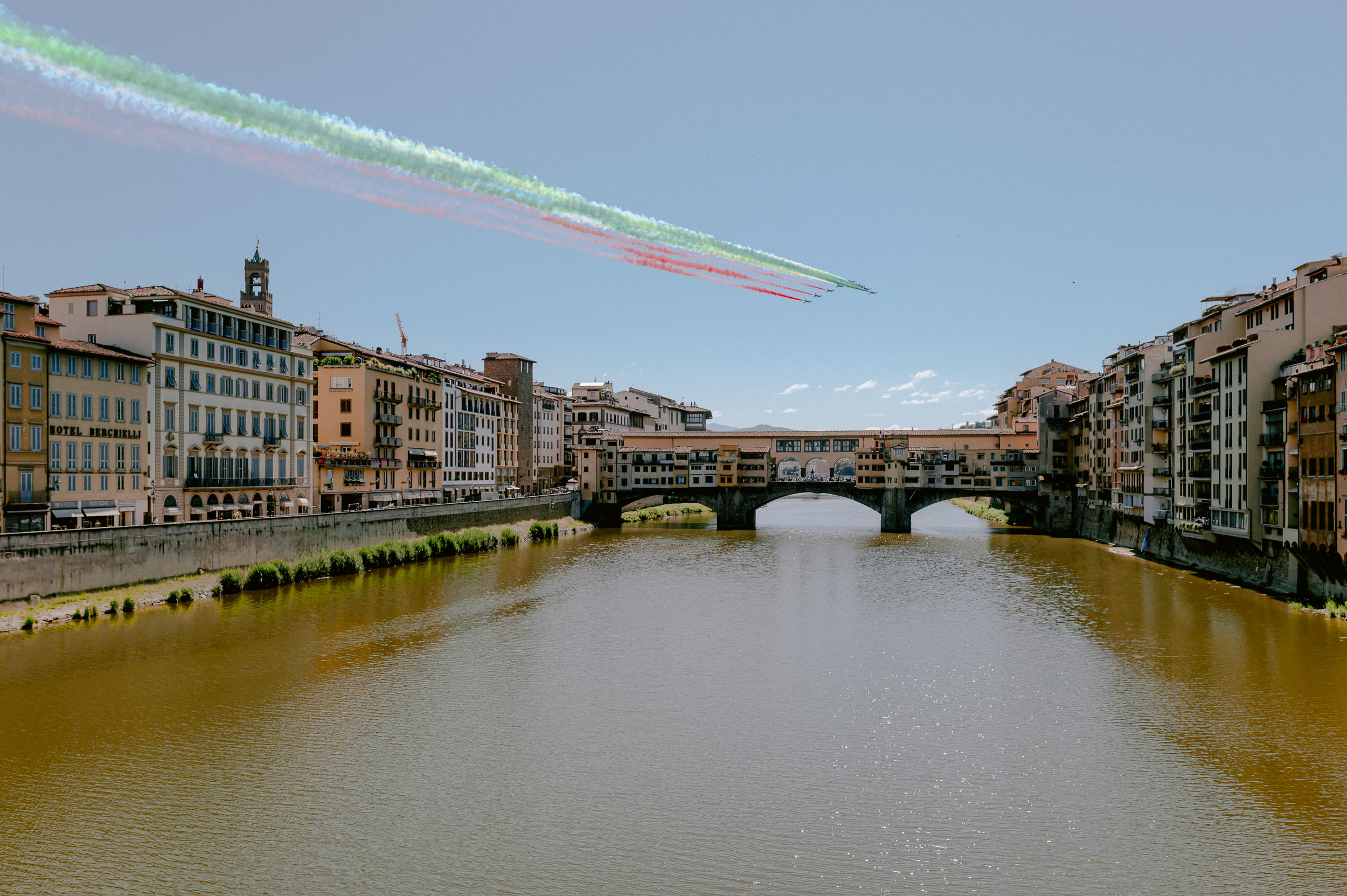
Celebrating June 2nd in Italy: festa Della Repubblica

Innovative Outdoor Dining Ideas In & around Florence
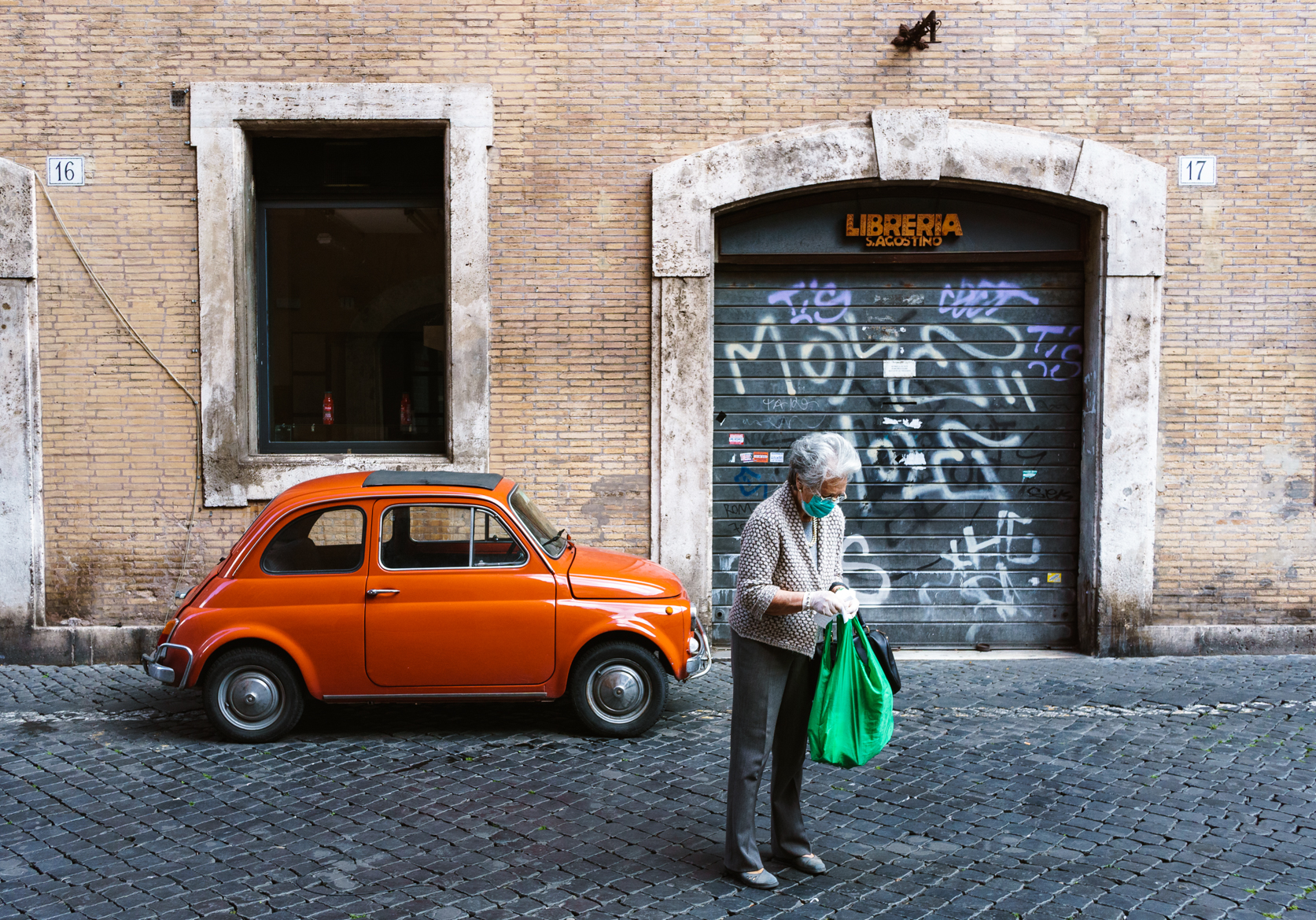
40 incredible photos of Annie Ojile’s Rome
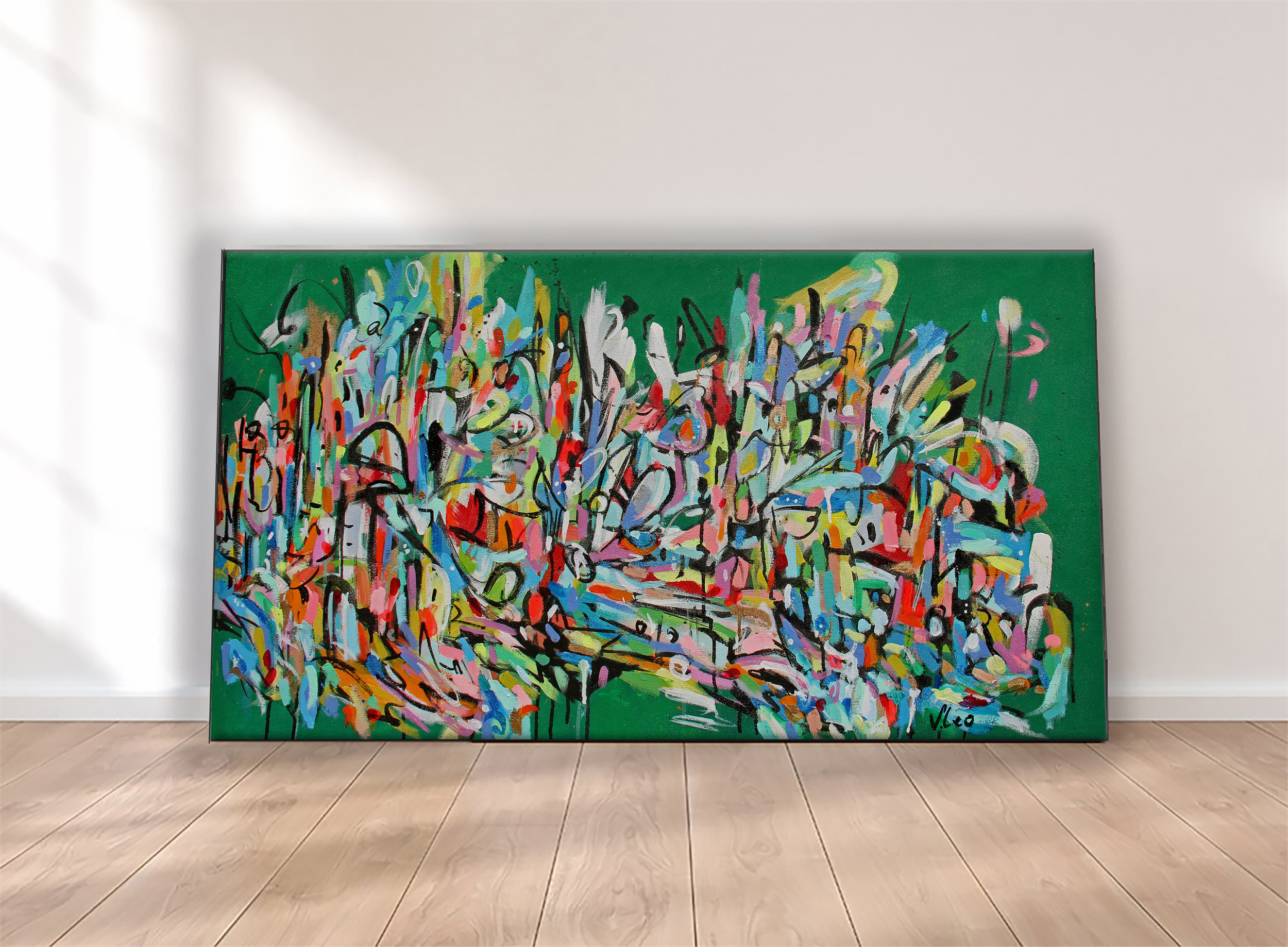
Artist Jennifer Leo on Creating Art and Life under Lockdown in Florence
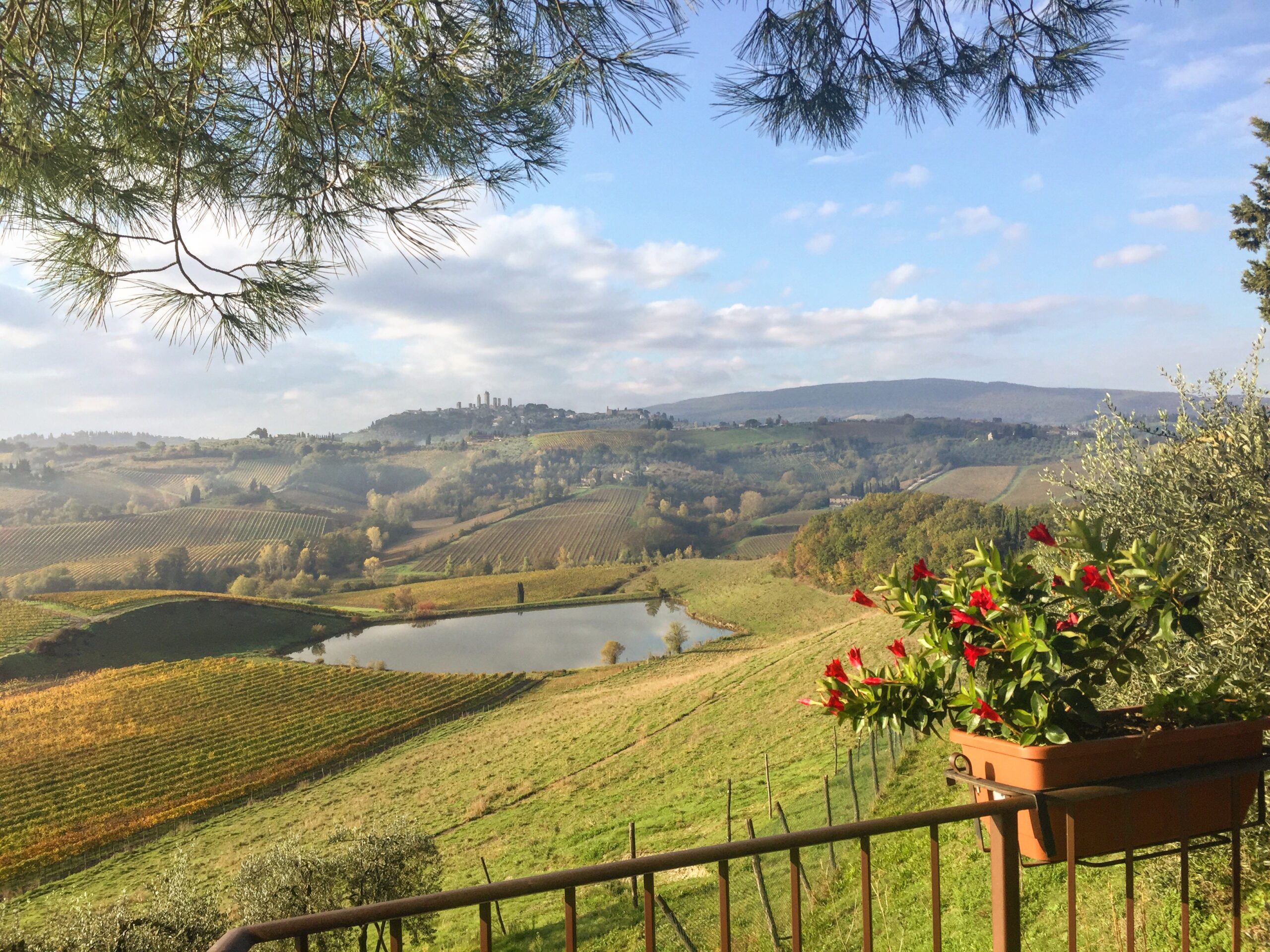
How to Enjoy a Taste of Tuscany and a Recipe for Ribollita

Honest Conversations: Looking at Pregnancy Loss One Year Later
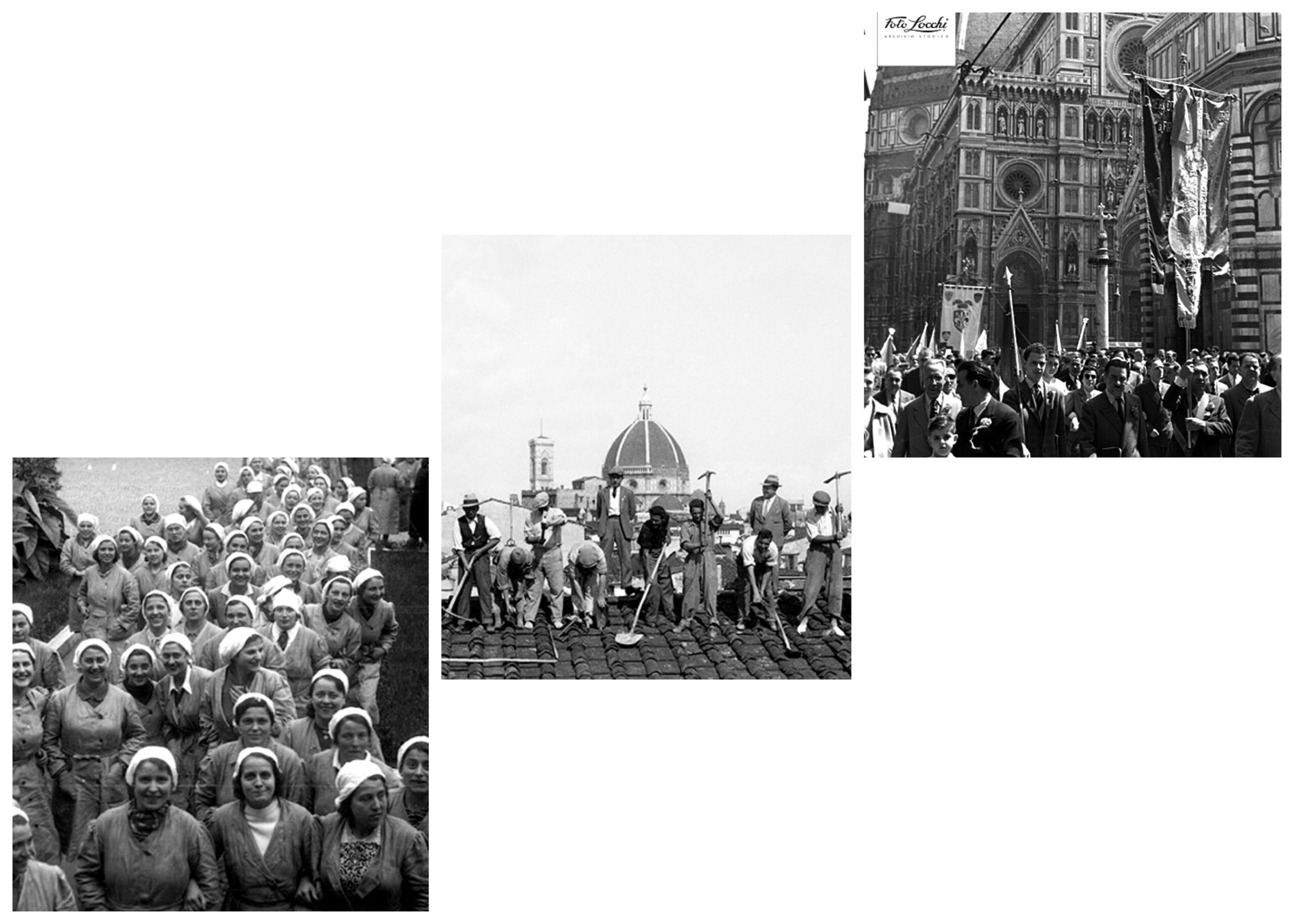
Celebrating Labor Day in Italy – A Historical Look in Florence

What to expect from Phase Two in Florence, Italy

Happy Liberation Day in Italy – A Historic look in Florence
7 ways to “visit” italy virtually right now.
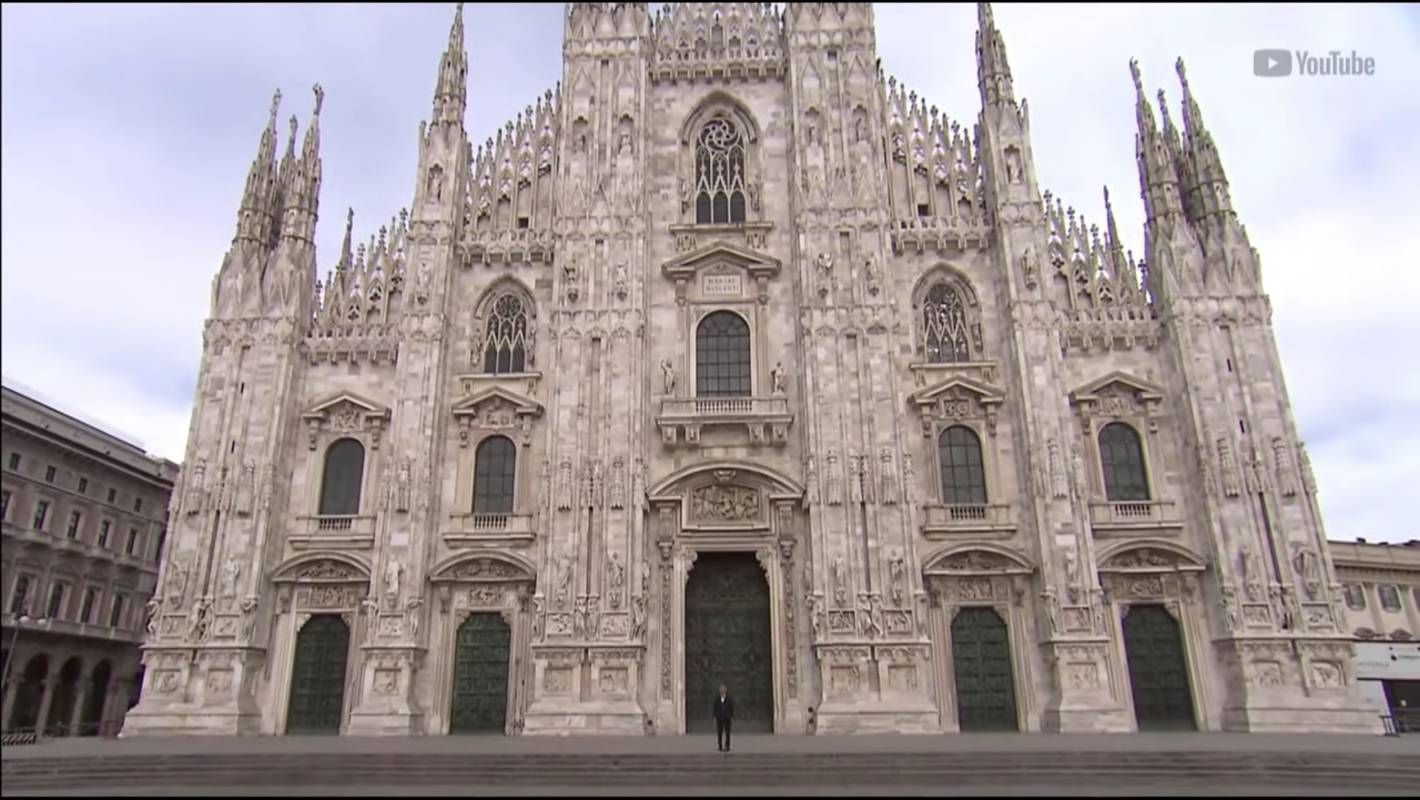
VIDEO: Watch Andrea Bocelli Perform “Music for Hope” in Milan’s Cathedral

The best Instagram accounts in Italy to follow

Italian Tv Shows and Movies You Should be Watching Right Now
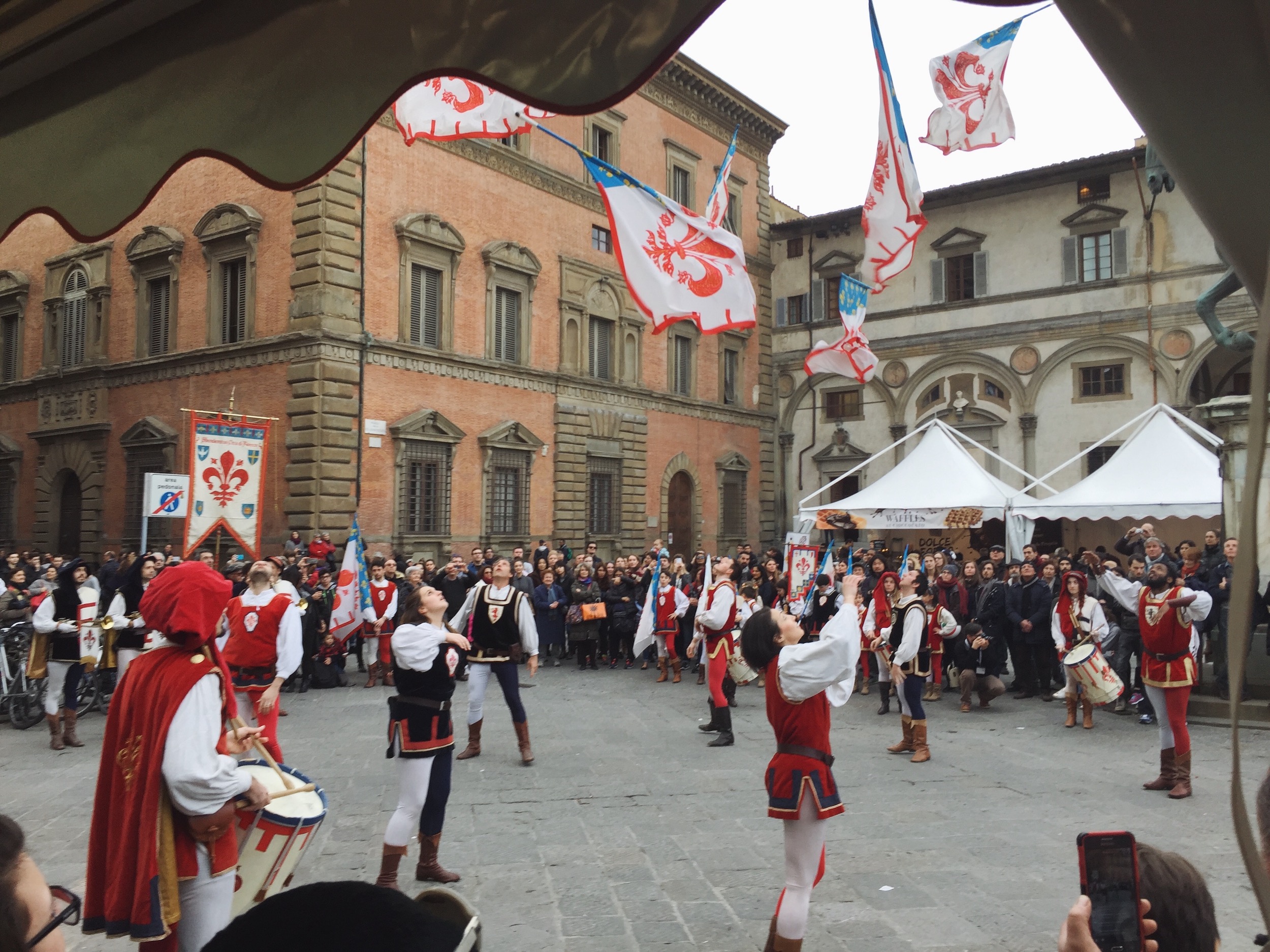
March 25th Marks the Florentine New Year and DANTEDÌ
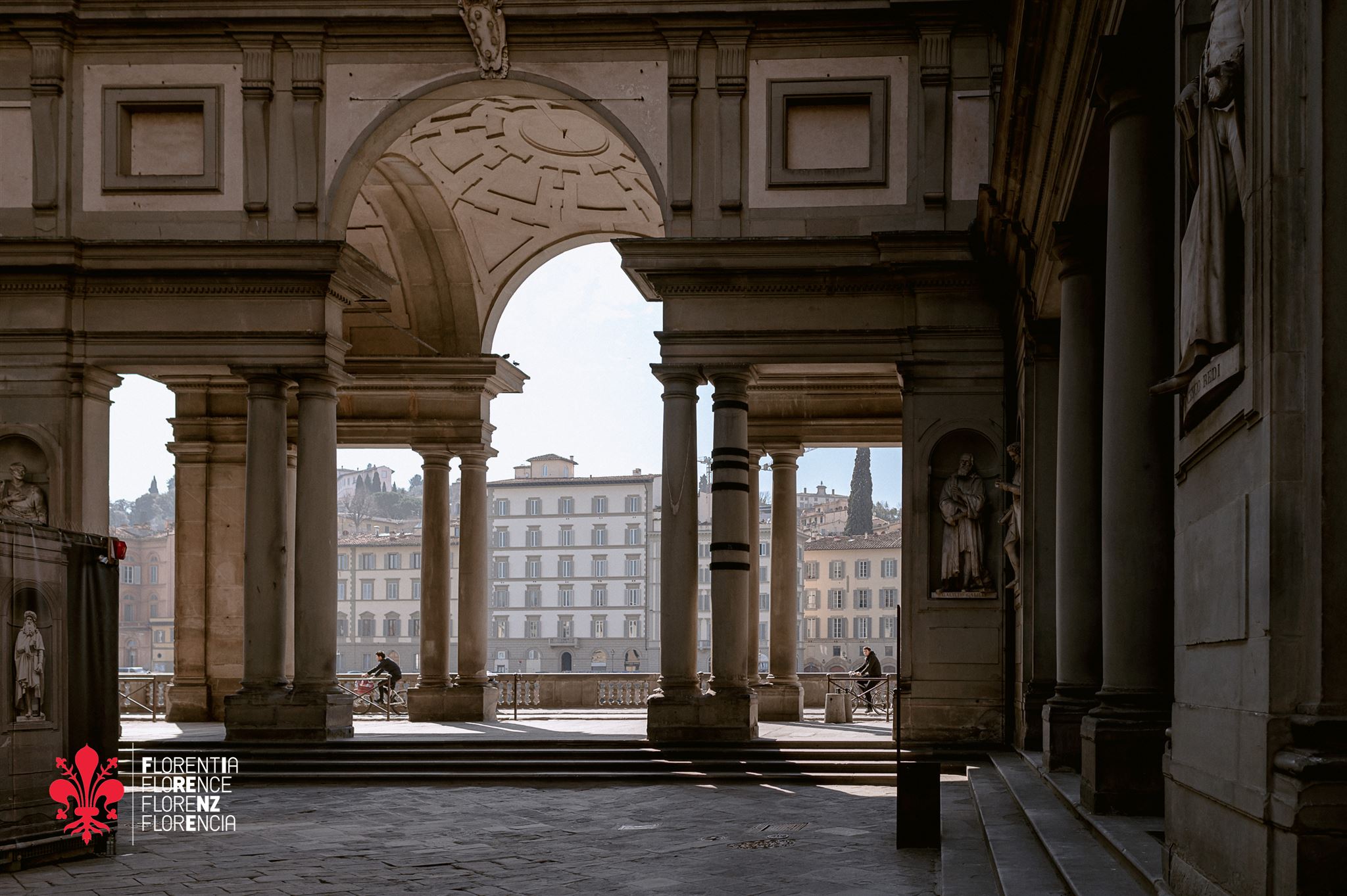
Buy A print of Florence ‘like you’ve never seen before’ for a Good Cause

Home Delivery in Florence – From Food to books
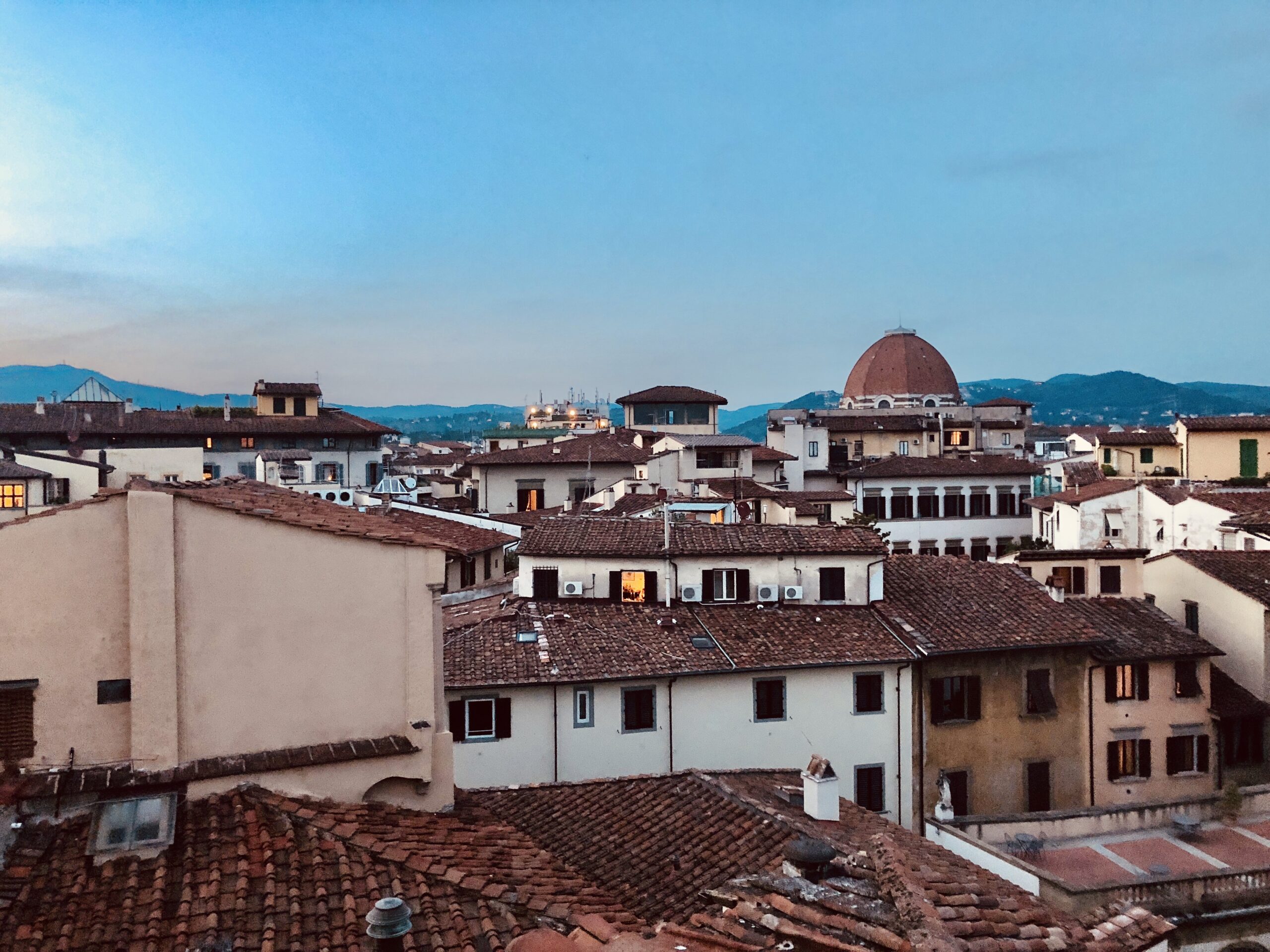
Songs for Solidarity: Italians Unite through music from balconies, terraces and windows
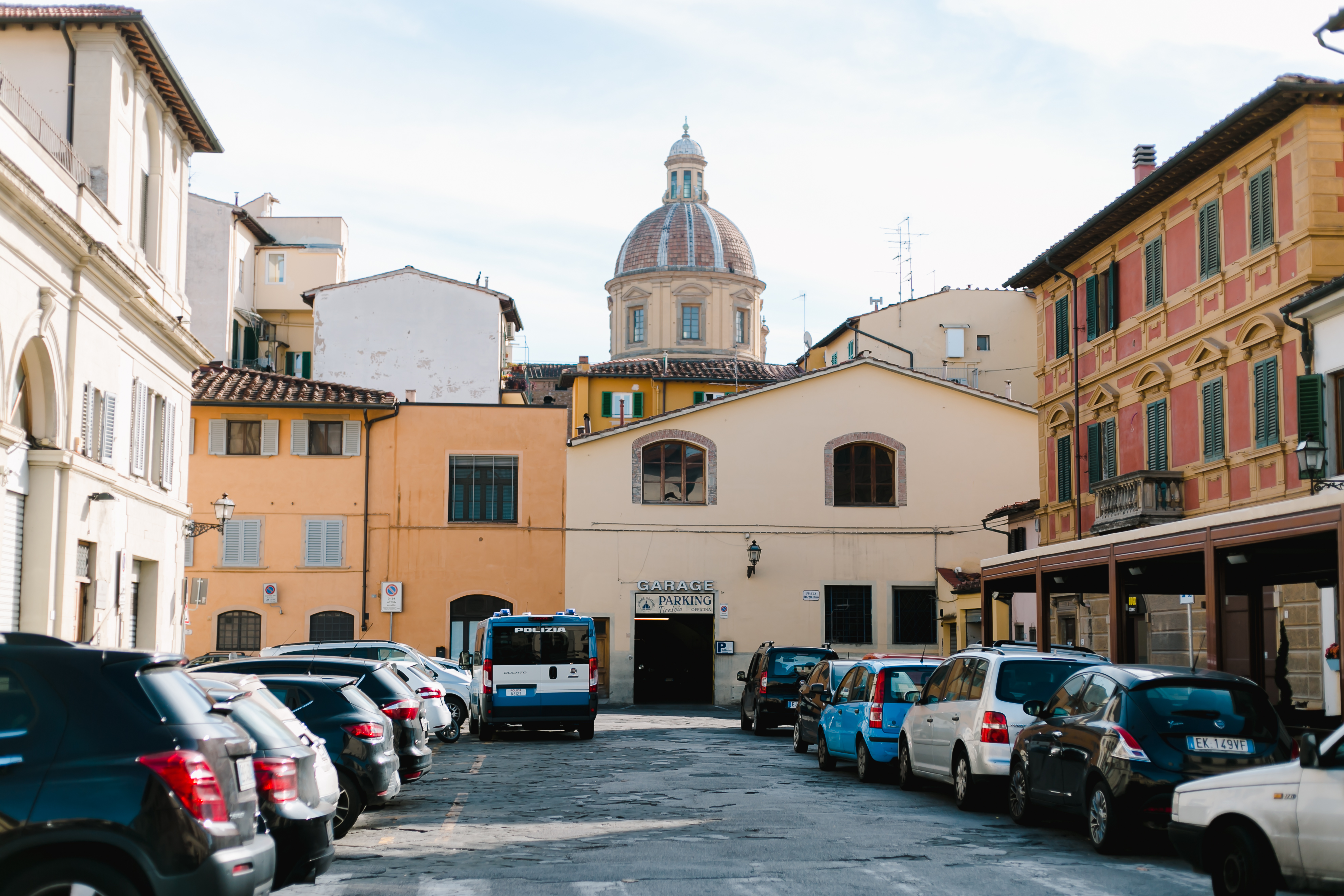
Coronavirus: A Letter from Florence (and how to help)

Locals I Love: Meet Artisan Joy Franklin
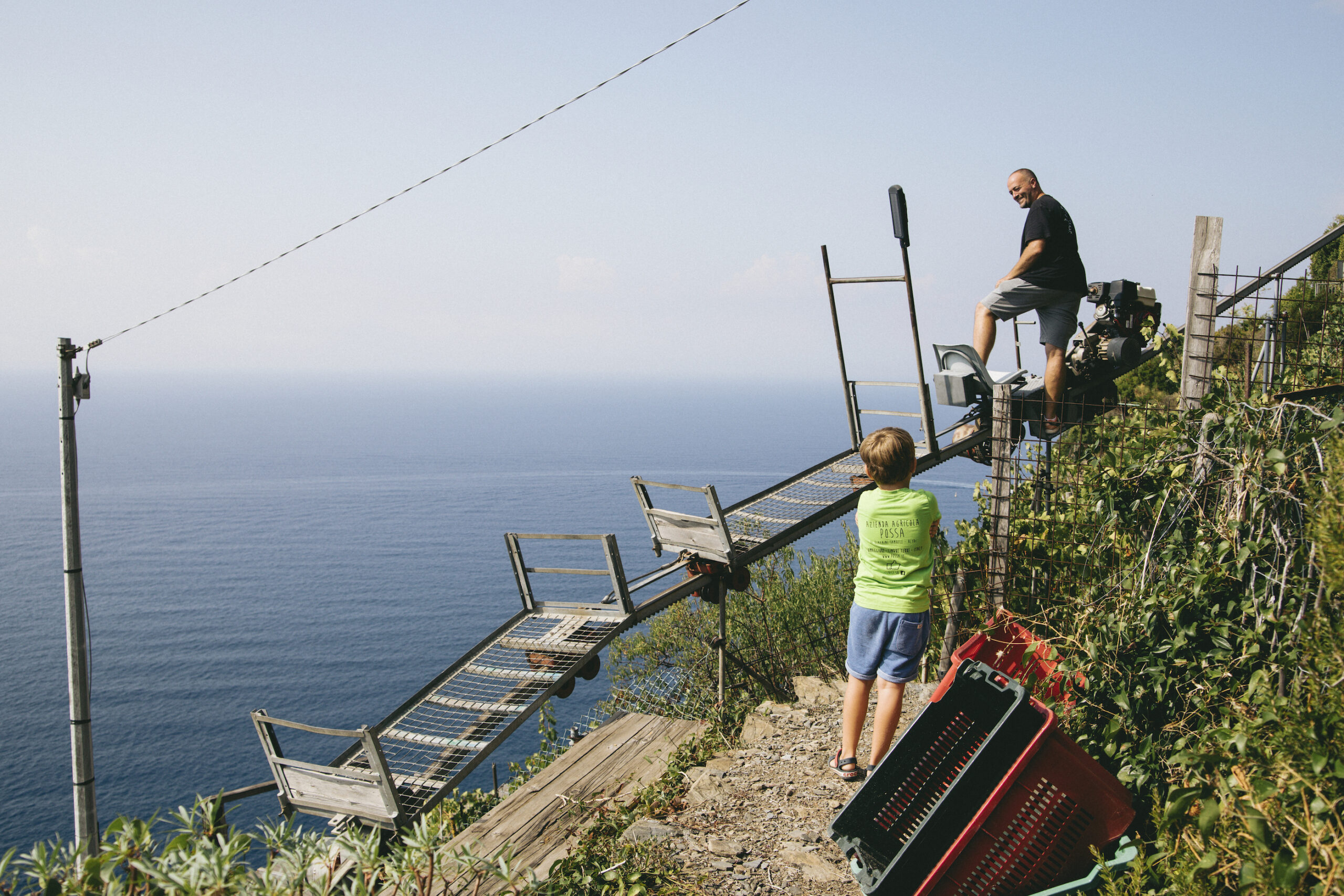
Love Cinque Terre? Here’s How to Help Save it
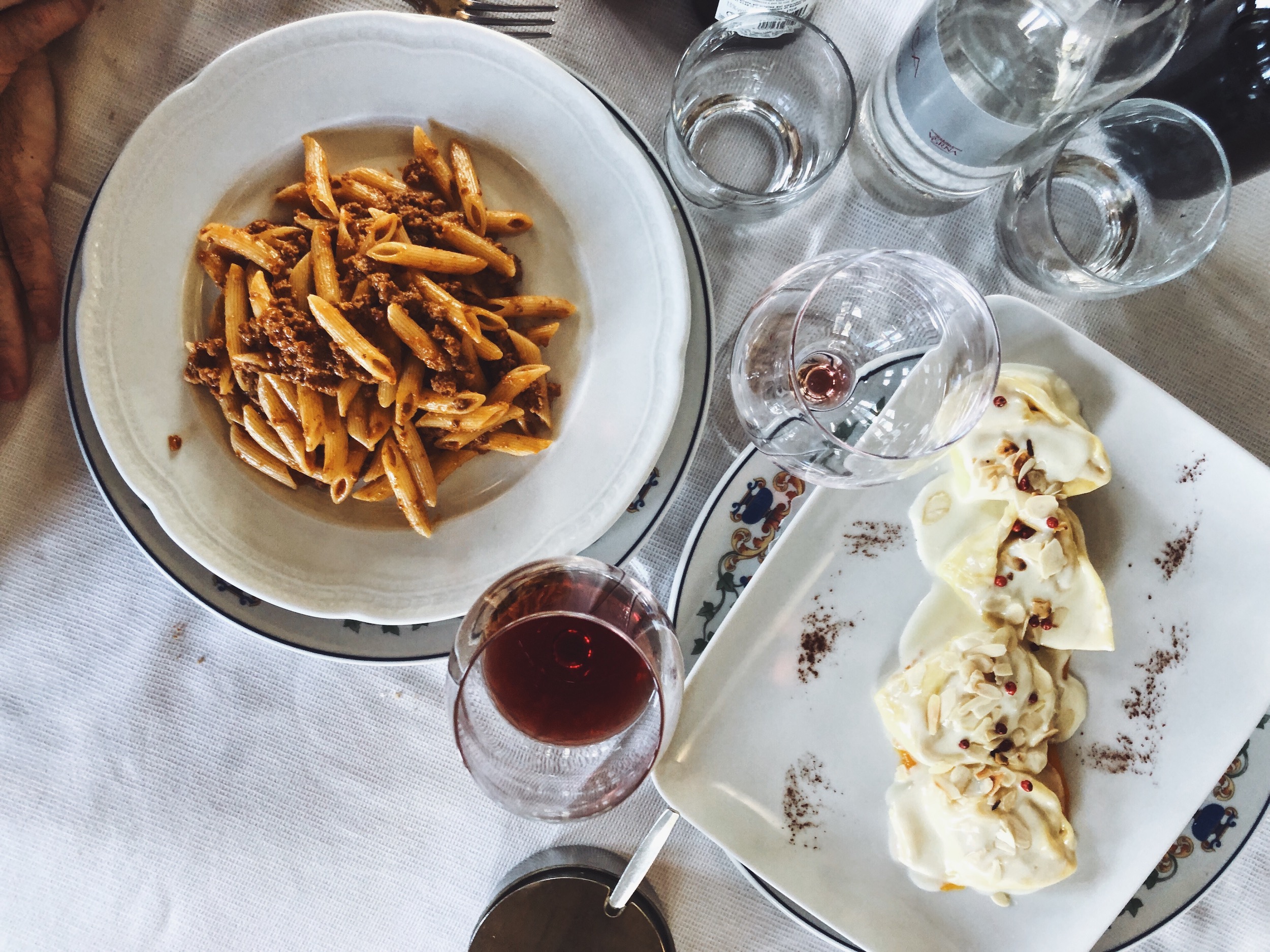
5 Reasons Why Pasta Deserves A Love Letter this Valentine’s Day
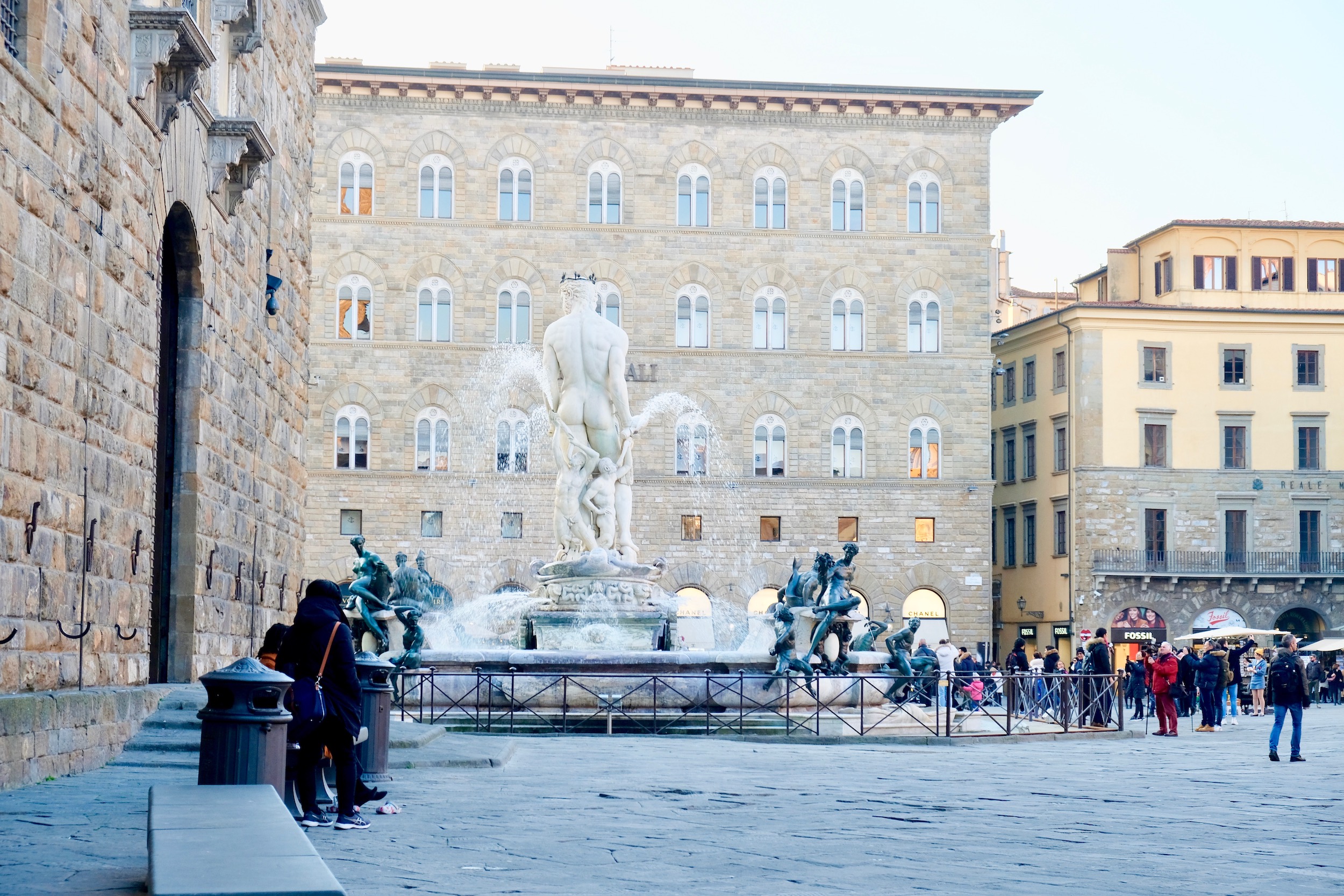
What To Do In Florence This February 2020
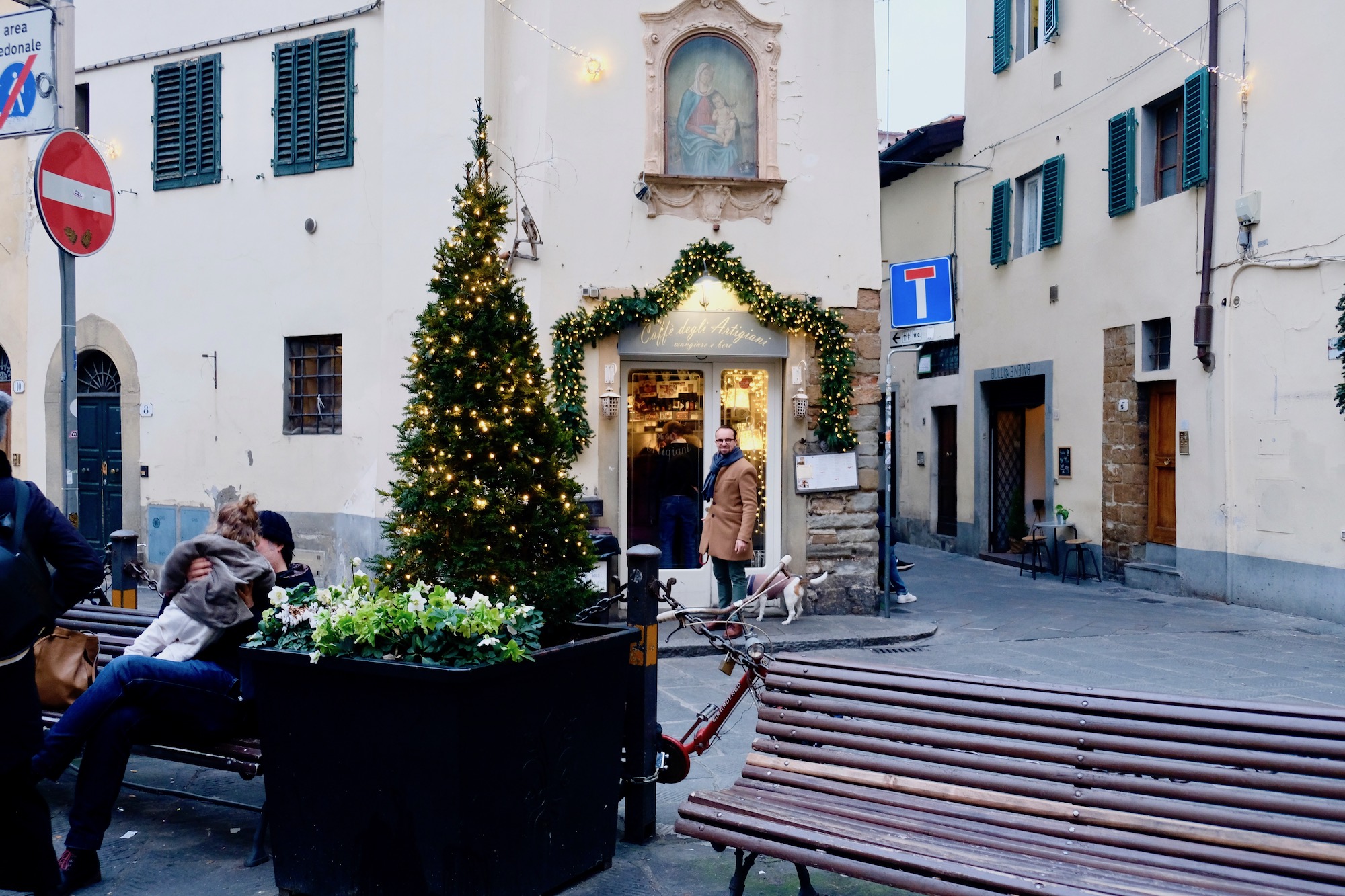
What to do in Florence this January
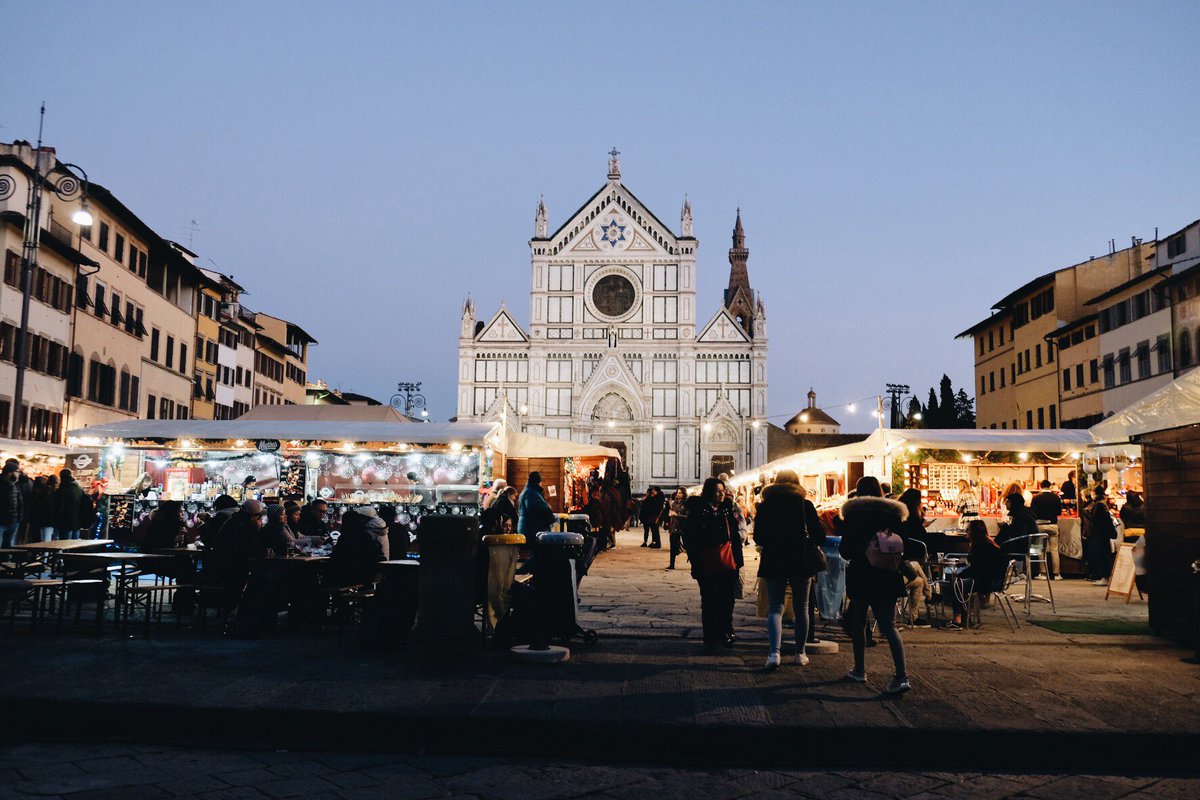
What to do in Florence this December
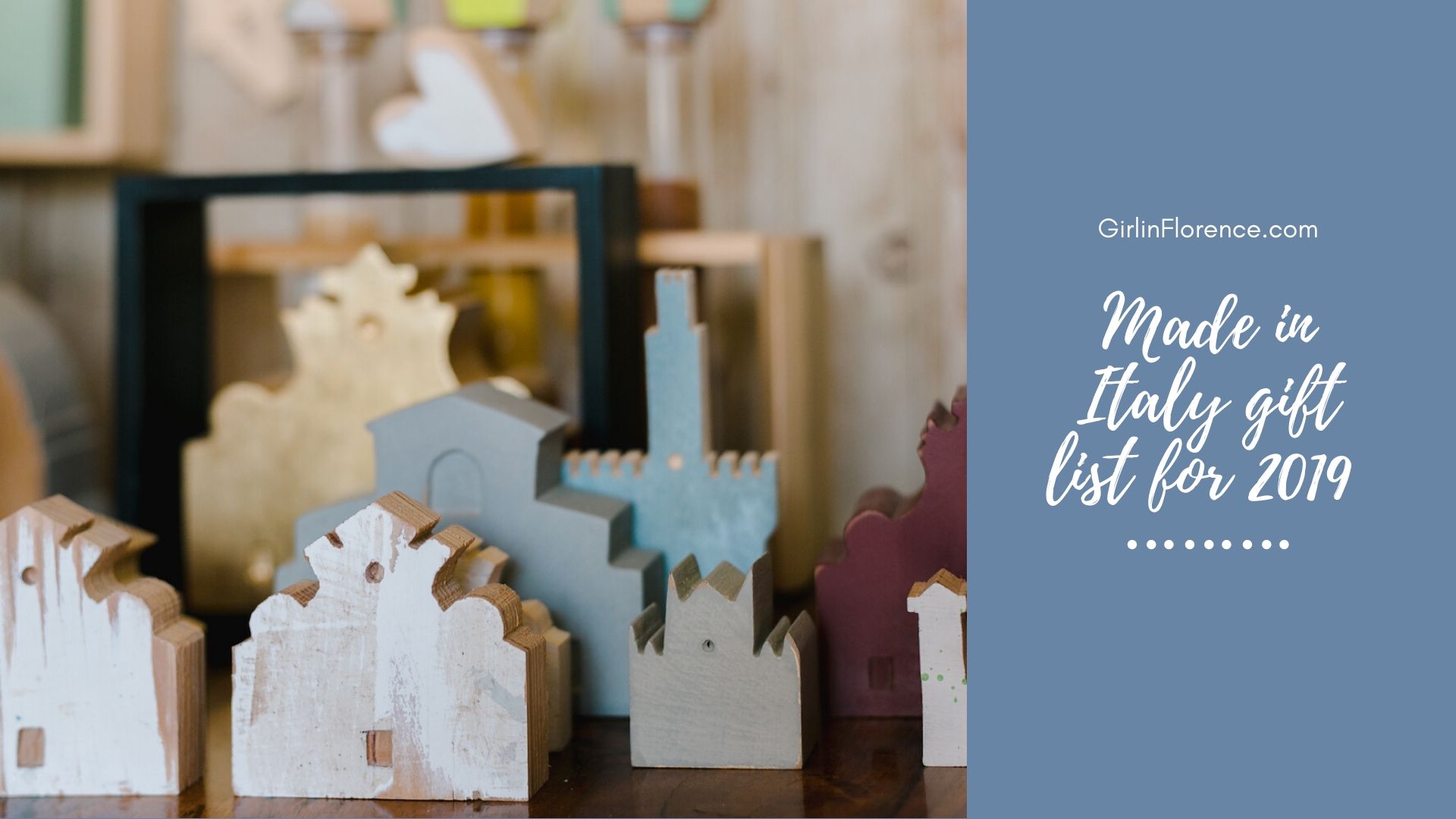
Made in Italy: Great Gifts From Tuscany For The Holidays
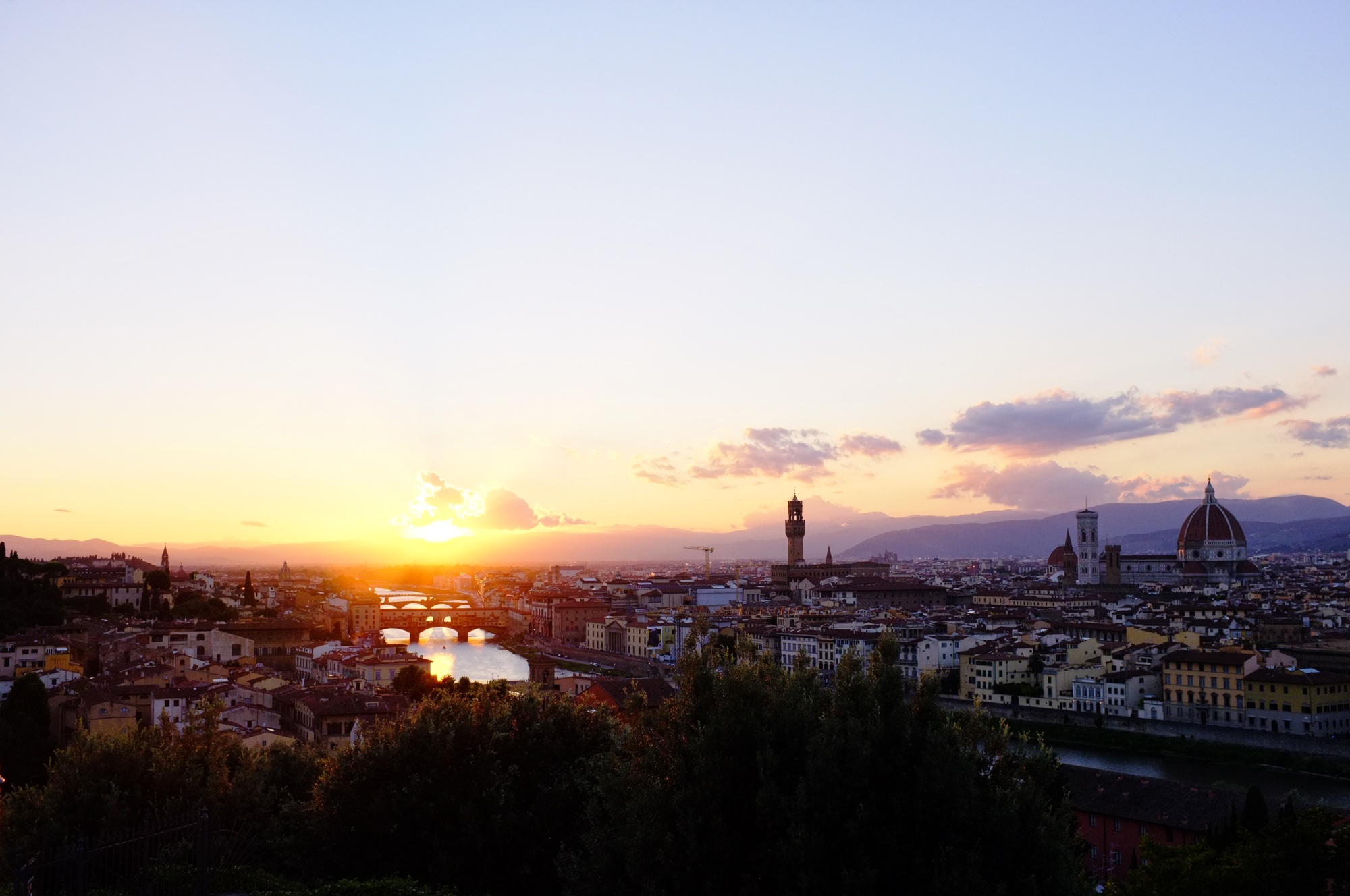
Quotes About Florence From Then to Now
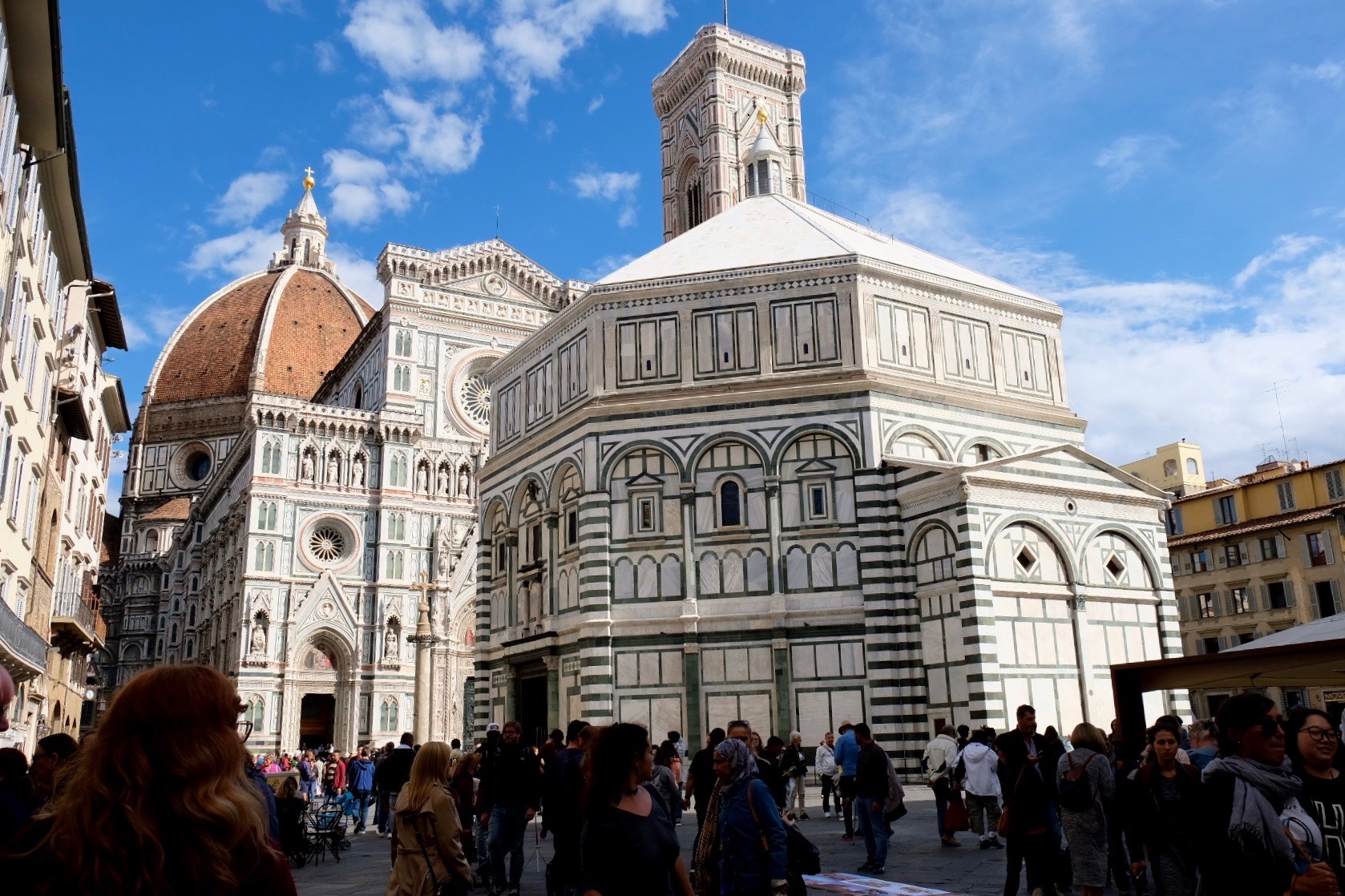
What to do in Florence this November
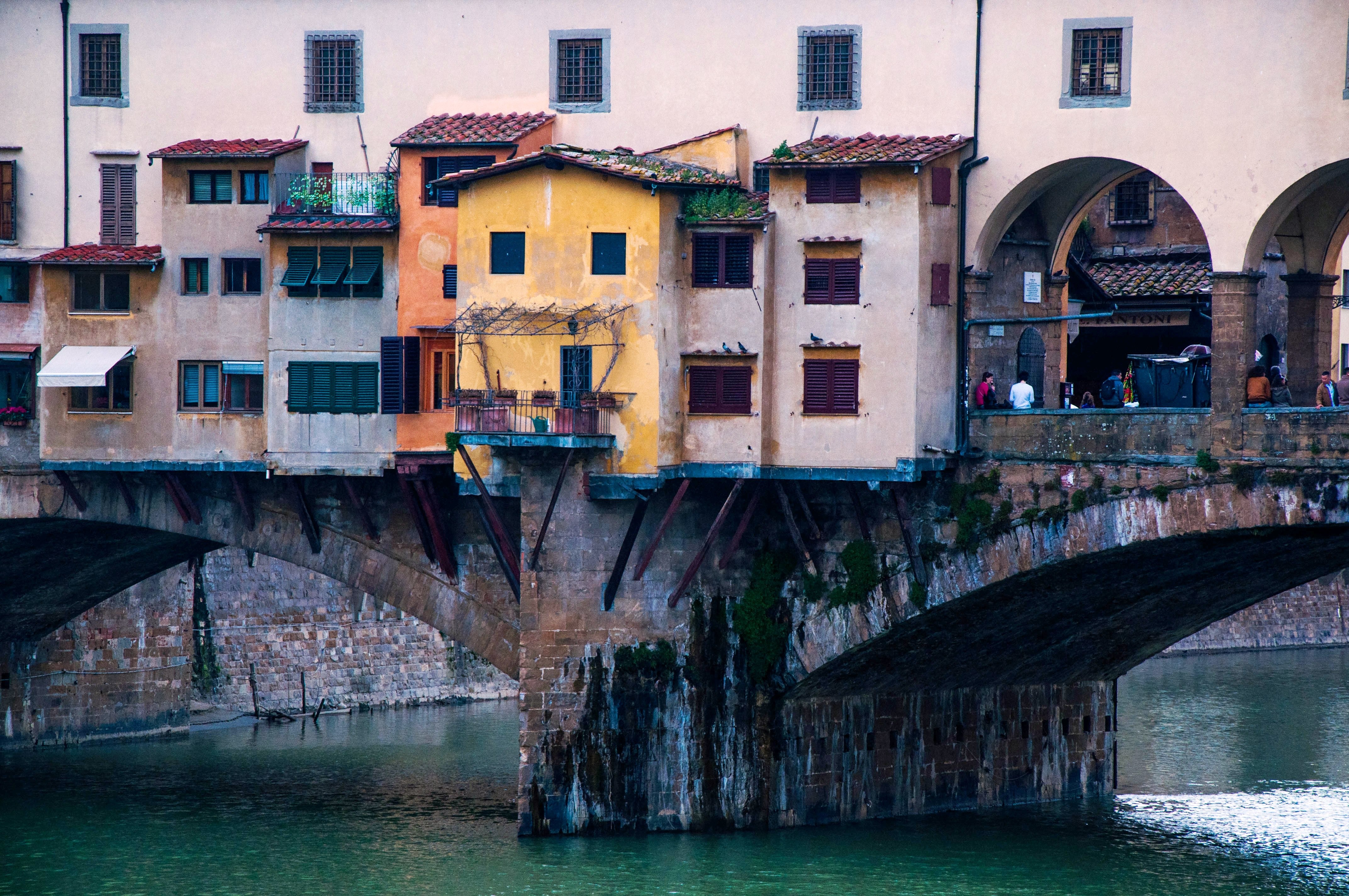
What to do in Florence this October

What to do in Florence This September: Personal Suggestions
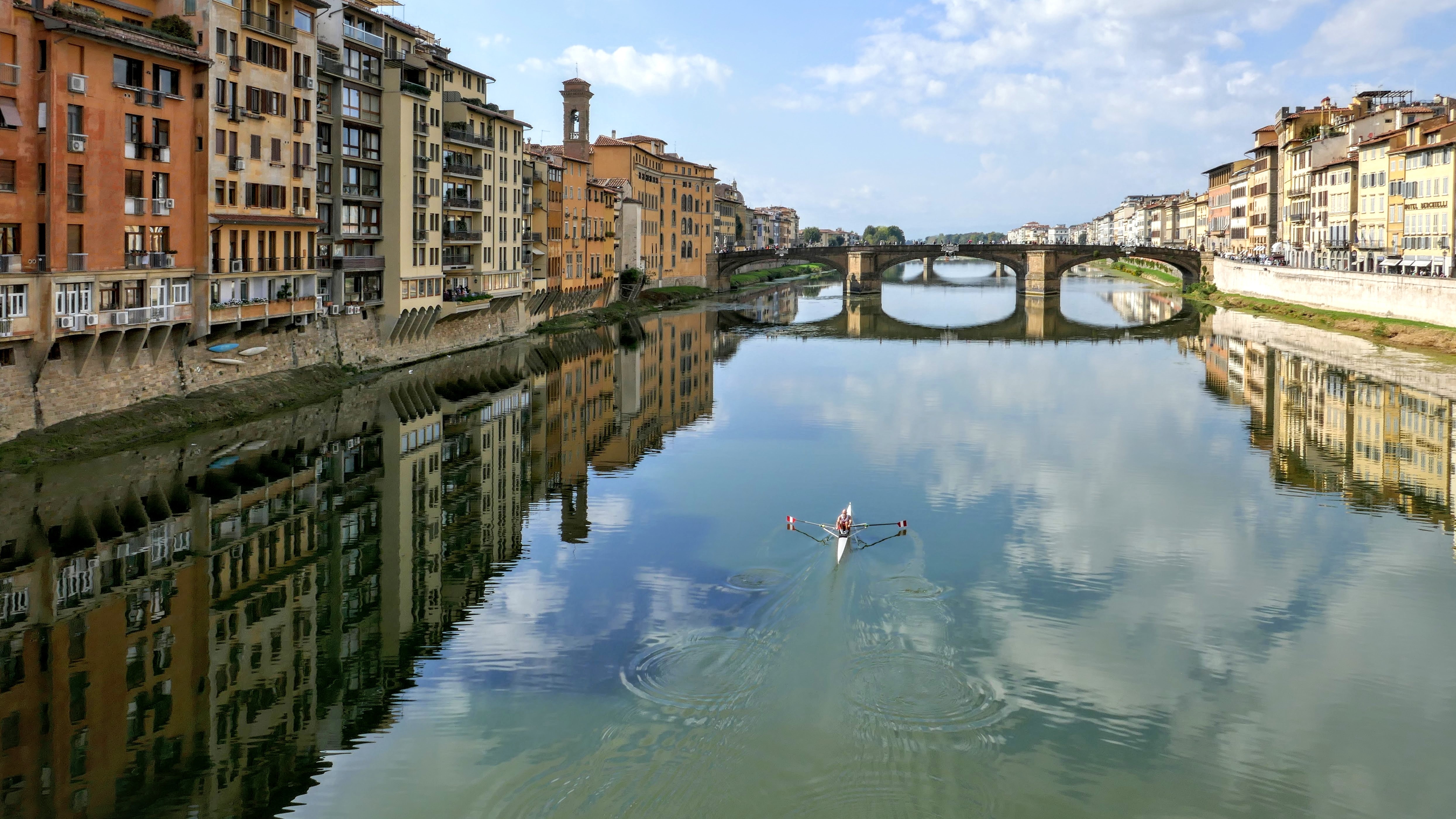
What to do in Florence This August: Personal Suggestions

Where to Eat in Florence This August 2019
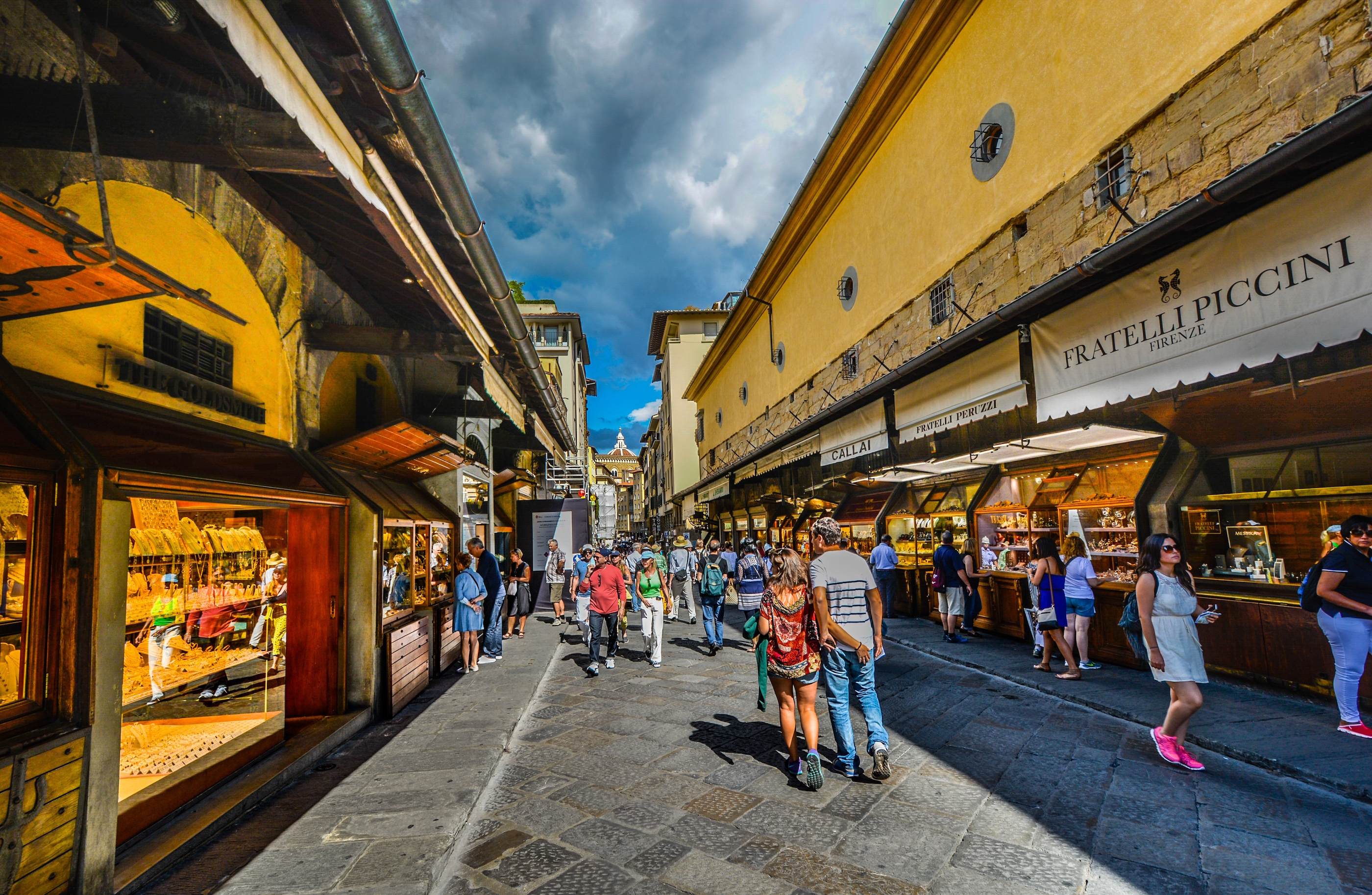
WHAT TO DO IN JULY 2019 IN FLORENCE: My PERSONAL SUGGESTIONS

A Love Letter to the Negroni Cocktail: Celebrating 100 years of this iconic Italian cocktail

Making Panzanella With Manuela – Cooking Class & Market Tour in Florence
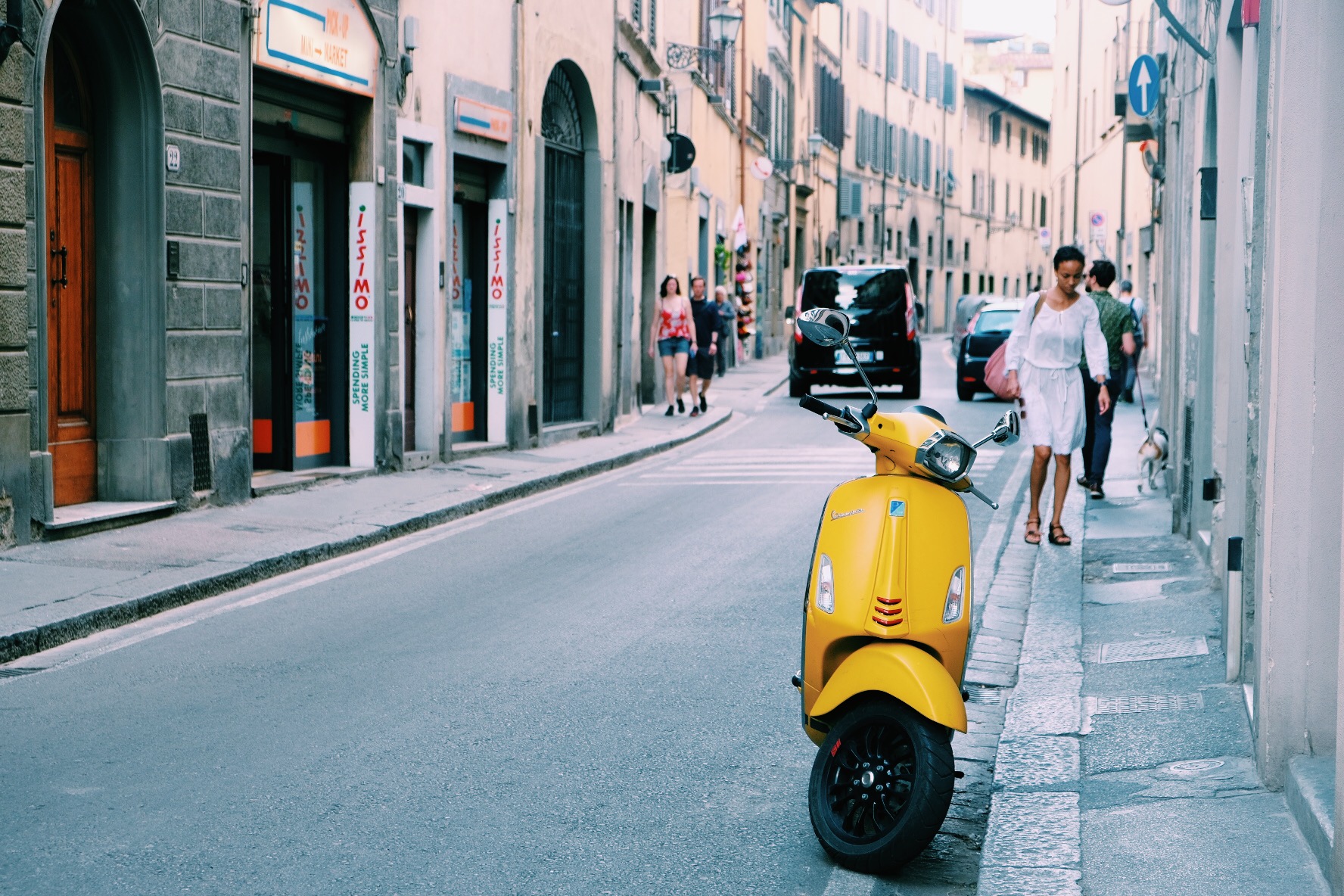
WHAT TO DO IN June 2019 IN FLORENCE: PERSONAL SUGGESTIONS FOR A GREAT MONTH
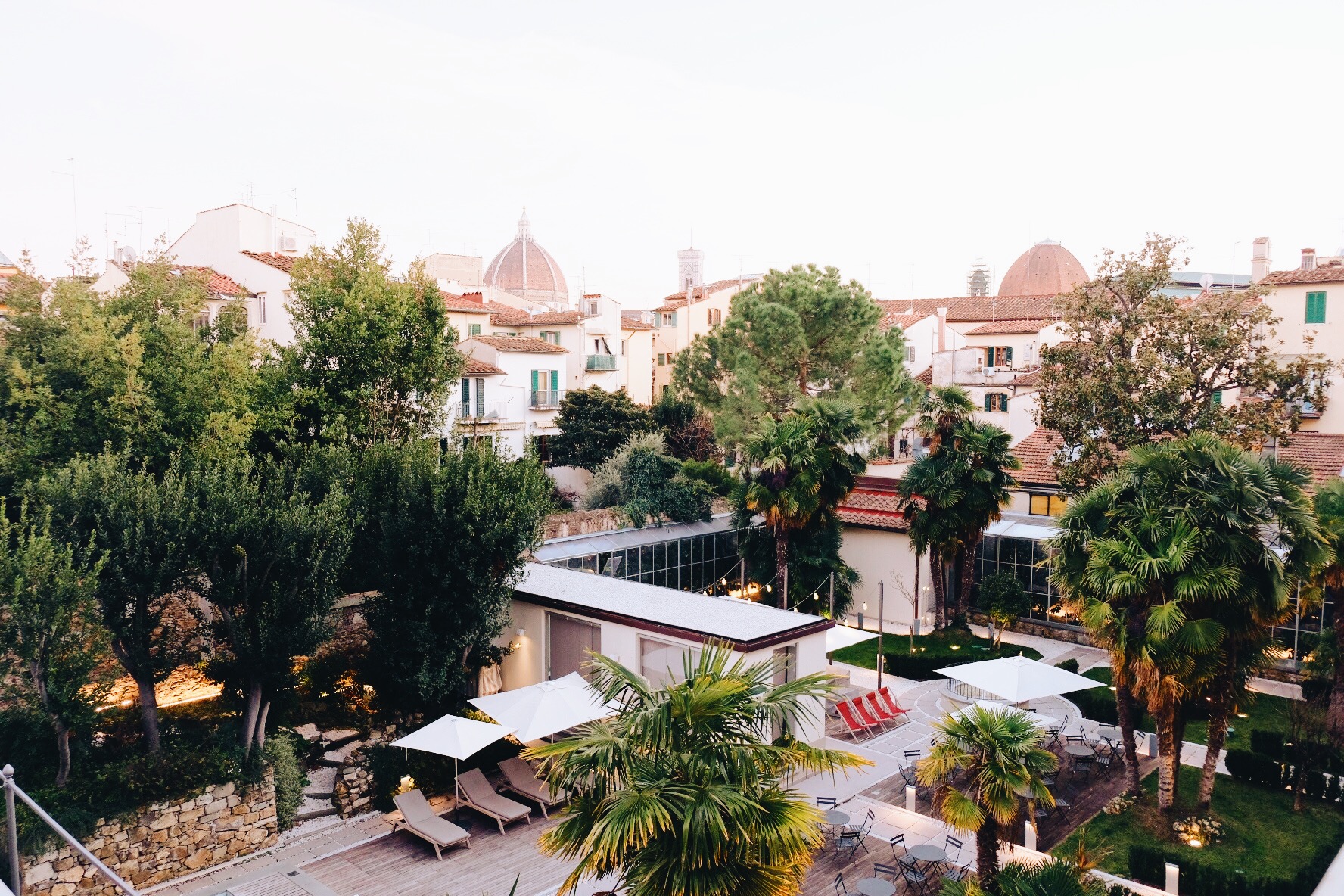
Hidden in Plain Sight – A Staycation at Palazzo Castri 1874

Bursting out of our social bubbles
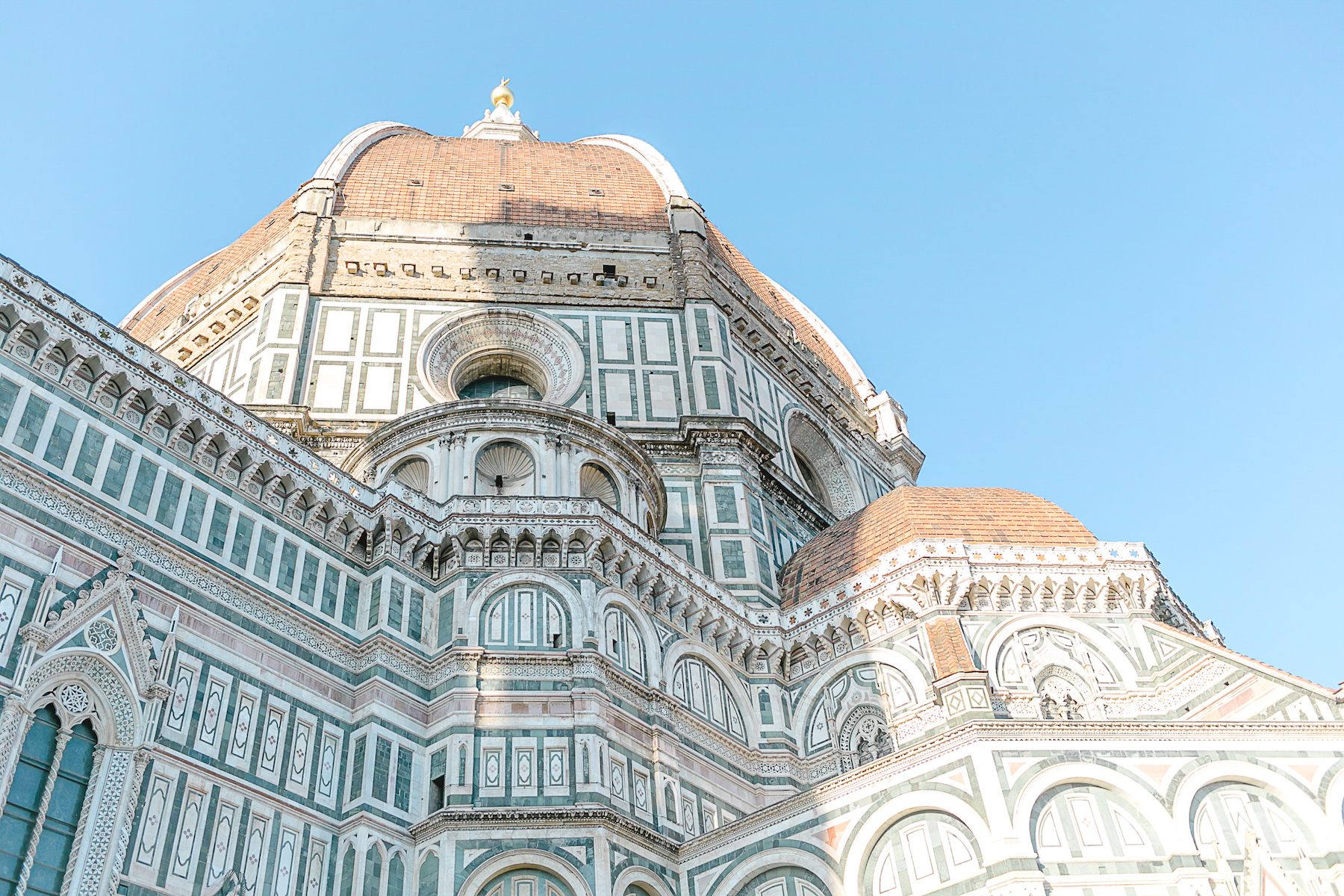
Honest Conversations: Facing Loss

WHAT TO DO IN MAY 2019 IN FLORENCE: PERSONAL SUGGESTIONS FOR A GREAT MONTH
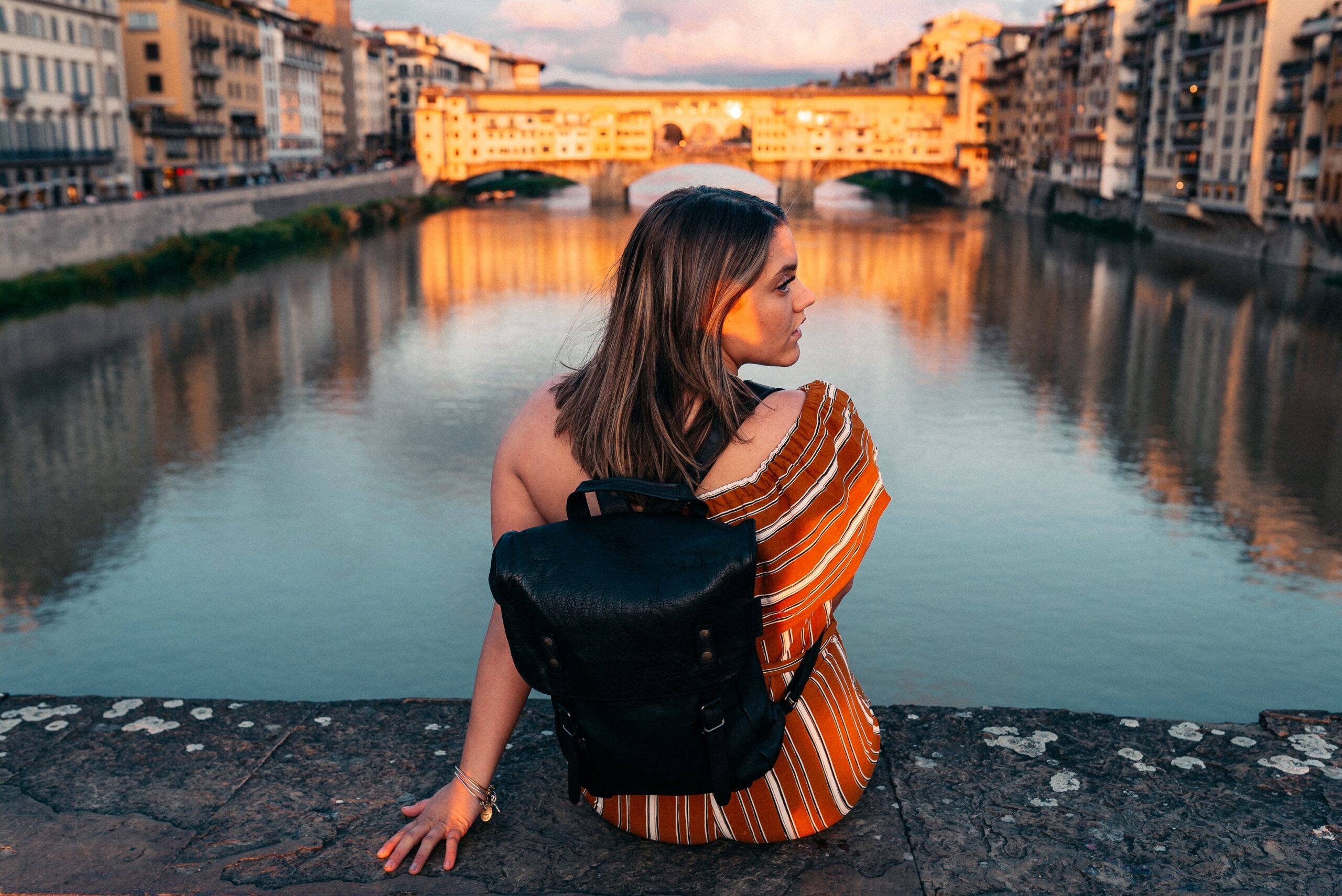
Message for American Citizens: How to Vote from Abroad

Eat, Drink, & Be Merry: Tips From a Local
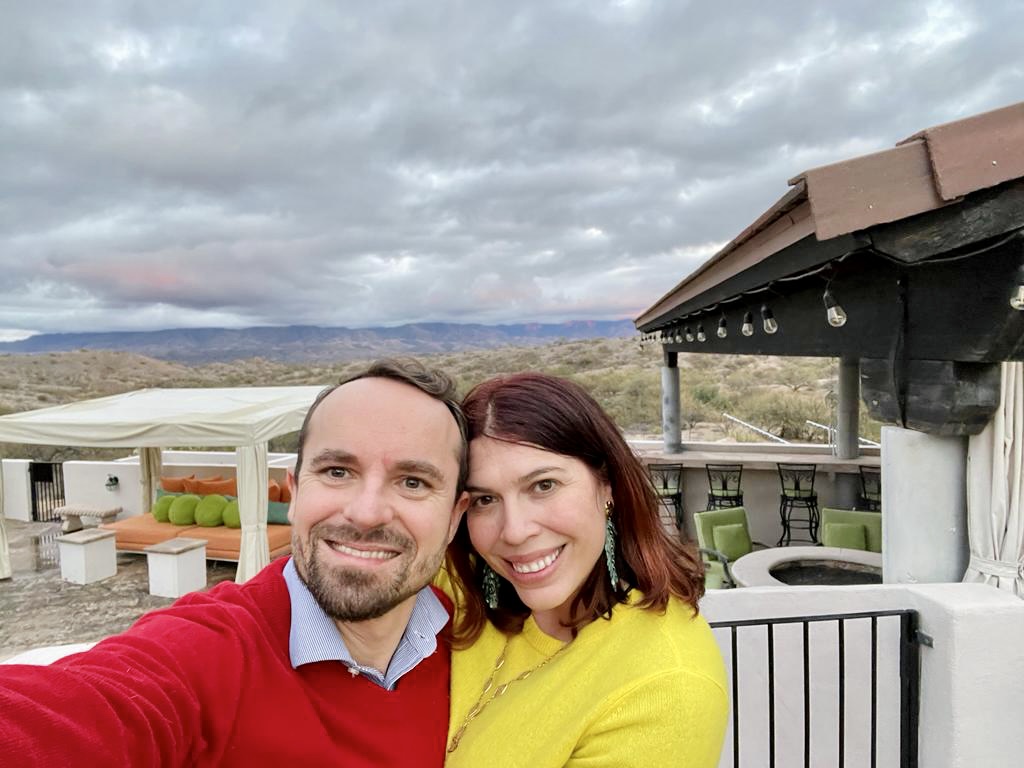
Honest Conversations: It’s Me, I’m the Problem It’s Me
What’s hot this summer in events in florence, how to perfect your italian summer wardrobe.

Shopping Vintage In Florence: Five Walkable Picks
GirlInFlorence
35 responses.
Ha, I did NOT expect to see lard on this list 😉
The Cave di Marble look absolutely stunning. I’d love to visit, too!
Ciao Cassandra! I wouldn’t have expected to see lard on any list of mine either hehe, but this isn’t your average lard trust me! You should absolutely visit one day, I really had a great time and I want to go back, the marble quarries were incredible!
What a pretty place, and I love the photo of the quarries with the hills.
Thanks Jenna! We had a bit of a rainy day when we visited the quarries but the light was awesome! I feel like this would be a must-do for someone who has boys ;-). Huge trucks and marble as far as the eyes can see..
i was lucky enough to visit carrara – and go in the marble quarries/mountain – when i was abroad in 2006. it was an amazing experience and makes me appreciate the marble every time i see it!
How awesome Jaime! I always wanted to visit the marble quarries, it’s been on my ‘must-do’ list for awhile so this was a dream realized! I think it would be an awesome trip for anyone who loves amazing scenery and plus you can see the coastline, even on a rainy day like when we were there. I hope I can bring my boyfriend back one day.
thanks for the mention, seriously one of the best tours. love the marble, the people, the scenery and the lardo. looks like you guys had a blast. we need to meet at the forte market on wed or sunday, you up for it? XO
hey annette! it was a great time for so many reasons (which you listed above), I went there with sort of no expectations and came out super surprised at how cute of a town it is, especially in the summer. I am always up for a little market browsing!!!!
Well, this has gone on my list to visit next spring, while I’m in Florence. I’ve stopped in Pietrasanta, and really liked it, but just never did the same for Carrara.
Thank you for the information on getting there. You say (by train) “getting off at Carrara Avenza and then taking the last one to Carrara MS”. Do you mean there’s another train, or just get off and walk??
Pietrasanta is most famous for their marble carvers but we didn’t get to stop by but I would be interested in learning more. Via the question about transportation, you want to get off at the stop Carrara Avenza from Pisa Centrale and then change trains to Carrara MS (from what I understood from trenitalia). I know if it’s anything like Florence, there are always a few stations that have the word ‘firenze’ in them that are located in the suburbs.
Thank you for the great description that you provided of Carrara, my hometown. I would just like to point out that the only train station for Carrara is “Carrara Avenza”. Stop there and catch the local bus to city centre or walk (about 4.5 km)
perfect Chiara! I was just looking that up right now (read my mind)
This looks beautiful! And you totally sold me when lard made your list…
I love that there are so many ‘lard-friendly’ people out and about in the world. Mine is currently waiting to be opened and sliced upon some Tuscan bread or perhaps made into a deliciousness. If it comes out good, I will share on the blog ;-).
Wow, gret article about my hometown! Just few remarks: – the distance to the seaside is much shorter: 15 minutes if you leave on the hills; – the perfect moment to visit is surely the summer time, when a lot of food-street parties are organised in the sourranding villages (each one proposing its food speciality) – you forgot to mention the local delicattessen! torta di riso (rice pudding cake), muscoli ripieni (mussels filled with bread, mussles and mortadella), taglioni nei fagioli (a soup of beans, lard and home-made spaghetti) etc etc etc! write to me if you need more info! [email protected]
Hello Raffaella, thank you so much for your comments! We were in a van and I based the distance on my personal experience going to Marina di Massa from our hotel in Carrara but hey if it’s even shorter for most people, awesome! I also concur about summer time, which coincides with the Marble weeks that I mentioned in the article ;-). We didn’t really get to try a lot of local food other than lard, ‘calda calda’ so I didn’t want to write too much about it until I come back to Carrara and eat my way through the town, which I absolutely will do with my friend who is also a local, Enrico. Thanks again for adding yoru two cents, I am sure my readers will appreciate it!
I’m not sure which reason is my favorite, but then again do I have to choose? I loved the colors, food and piazzas…and let’s not forget Gabriele, the bike ride and Maremonti…or Montimare… great write up!
Thanks Tiana, I think part of the reason this weekend was great was because we were such a small group and actually got a chance to rest while exploring, a rare treat! I am planning on writing about the bike ride later this week but mamma mia, I think we should plan a group trip to Hotel Villa Maremonti sometime, complete with some ridiculous song requests (and all of the men must wear white pants.
Carrara looks lovely, what a fun trip! The calda calda sounds especially interesting – I’m visiting Ferrara in a couple of weeks and have heard that they have something similar, so I’m looking forward to trying it.
Ciao Hayley! You have to try the ‘calda calda’ lots of places in Italy have this chickpea ‘salt cake’ that changes names depending where you are, for example in Florence it’s called cecina . You’ll have to let me know how it goes in Ferrara!
Sorry for my imperfect english. Next time, i waiting you in my Museum, In Fantiscritti quarries. The very must of Quarry of Carrara. Fantiscritti is the place when Michelangelo Buonarroti choose the block for Davide or Pietà. See you soon
Hello, that sounds fascinating, I would love to visit the next time I’m in the area. Thank you so much for checking out my post!
Fabulous post….of course you know I loved all of your photos on instagram. Great job!
Thanks for your awesome post about my city! You are welcome! 🙂
Aha, so that’s where Philippe Daverio gets his wild and crazy vests!!!
I think we found his secret, ps. he is every bit as ‘marbleous’ in person 😉
Such a great post! Would it be possible to get a glimpse while on a day trip from florence to pisa? We are thinking of hiring a driver to take us to Pisa and then over to carrera with a look around. Doable? Thanks~
Anything is doable but I think it might a little much for a day trip, also because I believe that a trip to the marble quarries should absolutely be part of the itinerary 🙂
Found our post, googling – what to do in Carrara – This was really helpfull for me, planning a trip with my husband and 2 friends.
We have a townhouse in the lovely town of Bolsena, which I most recomend you to visit once.
Thanks for charing lovely photos and really helpfull advise – best wishes from Helen (Norwegian, living in Italy)
Bolsena is so so high on my list, I did visit quickly once but that certainly wasn’t enough. Thank you so much for enjoying the post.
Wow. Just wow. I feel I am meant to be there!
I realize I am a few years late but do the tours run on weekends?
Ciao Susan, if you contact them, you can arrange a day that best works for you, no problems!
My ancestors were marble cutters from Carrara and I still make torta di riso, fried zucchini, etc. When in Tuscany I always have lardo di colonnata. It’s too bad we can not get it here in the USA.
I was wondering if it was possible to get in the states but I think the way it is made doesn’t allow for import, no?

Welcome to my personal blog by a curious American girl living and working between Zug, Switzerland and Florence, Italy with my husband Nico, our newborn Annabelle and Ginger the beagle. This space is primarily to share about my love for Italy (currently on a 13 year romance) with a fair amount of real talk, practical advice, travel suggestions and adjusting to a new culture (Switzerland). Find me on IG @girlinflorence @girlinzug

- American in Italy
- ask an expat
- blogger roundtable
- cooking class
- crowdfunding
- curious florence
- Florence neighborhoods
- historical florence
- honest conversations
- independent bookshops
- Italy Blogger Roundtable
- locals i love
- los angeles
- made in Italy
- one perfect day
- photography
- San Frediano
- social media
- Switzerland
- working in italy

Lorem ipsum dolor sit amet, consectetur adipiscing elit. Ut elit tellus, luctus nec ullamcorper mattis, pulvinar dapibus leo.
@girlinflorence
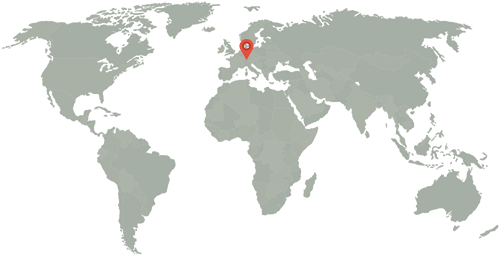
Florence,Italy
©2024 girl in florence..

- Liechtenstein
- Netherlands
- Switzerland
- Solo Location Guides
- Solo Travel Advice
- Solo Inspiration
- Luxury travel

DESTINATIONS , EUROPE , ITALY
Visiting the carrara quarries: italy’s marble mountains.
As a Renaissance fangirl, visiting the Carrara marble quarries was a must. But I didn’t anticipate how spectacular these marble mountains in Italy’s Apuan Alps would be.
They are an extraordinary sight. Although you would be forgiven for thinking they are snow-capped peaks, their quarried faces glisten with marble.
To learn more about one of Italy’s most iconic exports, discover how to visit the fascinating and spectacularly scenic Carrara marble mines.

I’VE WRITTEN THIS ITALY SOLO TRAVEL GUIDE !
A 100+ page ebook to inspire and equip solo travellers with the confidence and knowledge to explore Italy independently

- Plan Your Trip – with curated itineraries, budgeting and how to get around
- Explore Awesome Destinations – guides to the must-see cities of Rome, Florence, Venice and Naples
- Stay Safe as a Solo Traveller – practical safety advice, empowering you to confidently navigate Italy and avoid common pitfalls
- Enjoy Eating Out in Italy – essential tried-and-tested solo dining tips
Why Carrara Marble is So Special
Carrara marble is famed for its high quality and beauty. It has been quarried since Ancient Roman times , then called the “Luna marble.”
The deposits were next to the sea which was ideal for transportation. In those days the marble was rolled down the mountain by hand.
This was the Renaissance ’s raw material and was the starting point for many of Florence’s finest sculptures . It can be seen in cathedrals, sculptures and monuments, from the sublime cathedral in Orvieto to the Pantheon, one of Rome’s most famous landmarks .
Michelangelo made many trips to Carrara to select pieces of the stone for his works, including David in Florence and the Pieta in St. Peter’s Basilica in Rome. It is said that David was inspired by the brawny Carrara masons.

White Carrara marble is prized because of its purity (it is 98-99% calcium carbonate). Due to its softness, it is the ideal raw material for sculpting.
Carrara blue-grey marble is harder and has more impurities, namely carbon, clay and iron. This makes it good for building.

How to Visit the Carrara Marble Quarries

Carrara Marble Tour offers a 50/60-minute excursion from March to November. In 2023, it costs 15 euros per person.
Tours are in Italian or English. You don’t need to book in advance unless you are part of a group of at least 20 people.
There is also a small museum, gift shop, restaurant and toilet facilities. In summer, there are mini-bus tours inside the mines.

Although it is possible to visit some of the Carrara mine areas and the museum under your own steam, I recommend taking the tour. The views alone warrant the modest cost and you get to see the quarries close-up.
My Experience of the Carrara Quarry Tour
I joined a one-hour excursion conducted by Carrara Marble Tour . It offered an excellent insight into the quarrying of this precious limestone.
Staring at the parking lot at Fantiscritti, our guide and driver Pipo bundled us into a 4×4 and negotiated his way along a steep marble road to quarry n.83 Canalgrande Alto , one thousand metres above sea level.
The views from here over the Apuan-Versilian coastline and the Ligurian Sea were sensational.

The quarrying industry in Carrara directly employs about 1000 workers. Quarrymen are just that; the labour force is almost 100% male and working here is a tradition passed down through generations of local people.
There is a solitary female; the site’s Health & Safety manager. It takes a woman to keep this many men under control!

Marble is quarried at Carrara year-round, stopping only when heavy rain makes conditions on the access road dangerous.
This can be a hazardous occupation. Pipo told us that in the last ten years, 14 people have died. On a more positive note, the mine’s safety record is improving.

In the distance, we could see the quarrymen hard at work.
A large block of marble called a bancata, is cut from the ground and is then split into smaller blocks with diamond chains. But small is a relative term as these blocks weigh in at 20 tonnes. The blocks are then taken to the harbour of Carrara for shipping to China where they are cut and processed.

Quarrying marble is hard work and the men need sustenance. The typical meal of local miners is lardo di Colonnata I.G.P., a herb-infused backfat that is left to age in white marble vats in the nearby village of Colonnata.
At the end of the tour, you get to try lardo, cut into thin slices, with a glass of red wine. It wouldn’t be my first choice of lunch, but when in Carrara …

If the Carrara quarries look familiar, that may be because they were featured in the opening car chase of the 2008 James Bond Quantum of Solace blockbuster (one of my favourite movies filmed in Italy ).
How to get to the Carrara Marble Mines, Italy
The Carrara marble quarries are in Tuscany , around four miles northeast of the city of Carrara at the foot of the Apuan Alps.
By car , Carrara is an hour north of Pisa or a 90-minute drive south of Genoa. To get to the starting point of the tour from Carrara, follow signs for Cave and then Fantiscritti.
If you don’t have a car, the nearest railway station is Carrara-Avenza which is on the Genoa-Pisa branch line.
I visited the Carrara marble quarry as a shore excursion from Livorno , a popular port of call on cruises of the Western Mediterranean.
Will Carrara Run Out of Marble?
This was my burning question at the end of the quarry tour.
With limitations on mining, it is thought that there will be Carrara marble for the next 400 – 600 years. Without these restrictions, Carrara may run out of marble within 200 years.

About Bridget
Bridget Coleman has been a passionate traveller for more than 30 years. She has visited 70+ countries, most as a solo traveller.
Articles on this site reflect her first-hand experiences.
To get in touch, email her at [email protected] or follow her on social media.
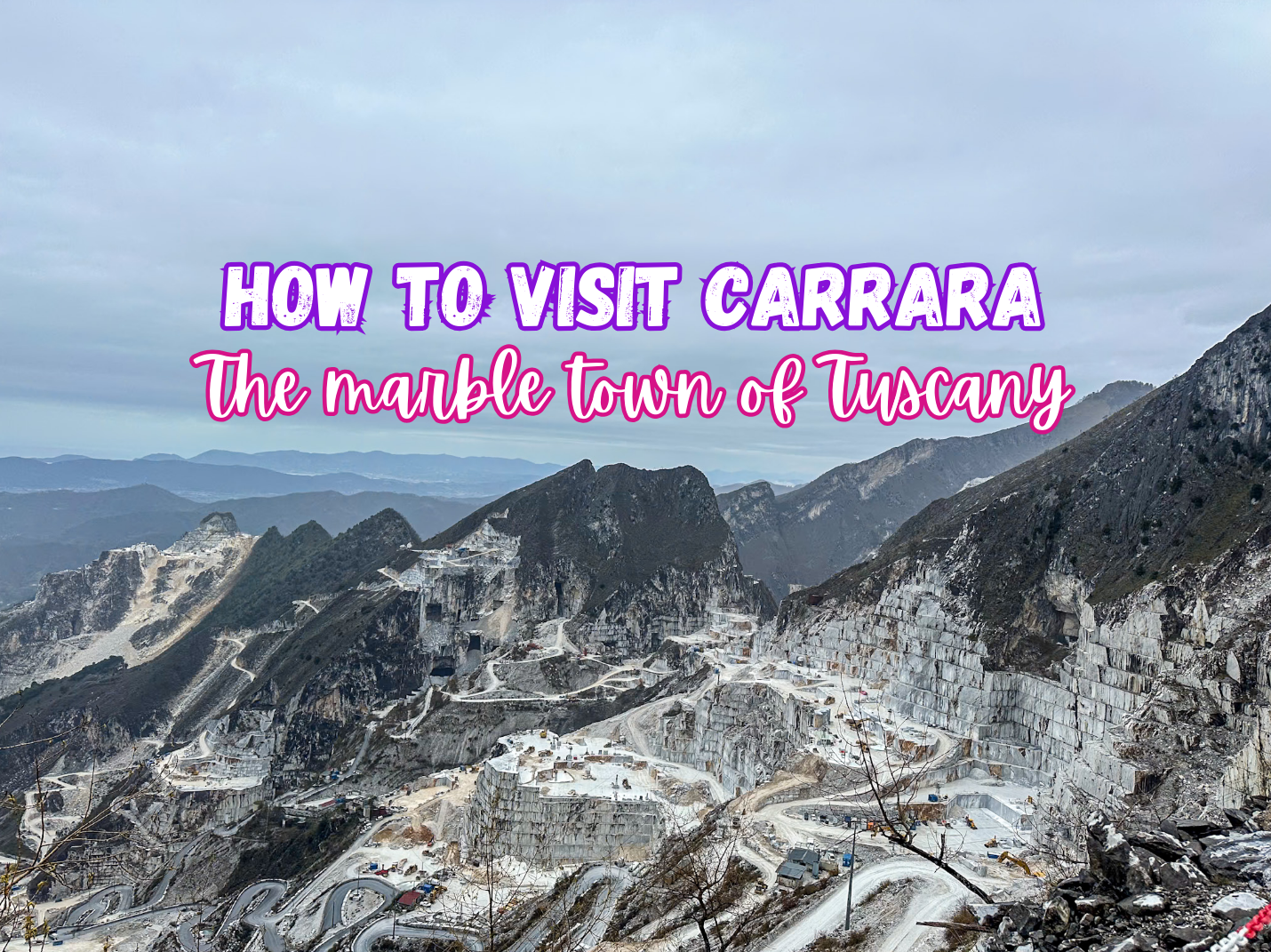
How to Visit Carrara: The Marble Town of Tuscany
When one thinks of Tuscany, they likely think of the rolling hills of Montepulciano or Chianti, or maybe the bustling cities of Lucca and Florence. But did you know there’s a town in Tuscany that is possibly the most unique town in all of Italy because it’s made entirely of marble? The town of Carrara is full of marble quarries, all of which have been deemed a protected UNESCO World Heritage Site as of 2015. The marble here is harvested and turned into expensive furniture to be shipped out all over the world. And you, dear reader, can come visit for yourself with an easy day trip from nearby Lucca or Florence .
Where is Carrara?
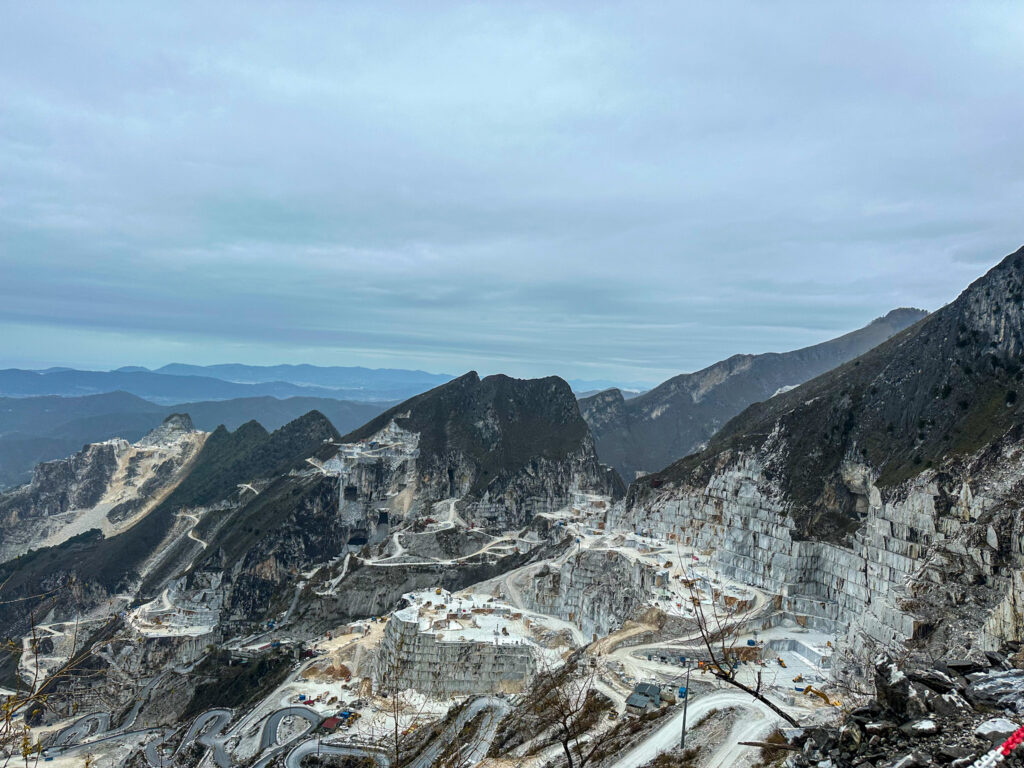
Carrara is located in Tuscany, but it’s right on the cusp of Liguria. Because of this, when you’re in town, you get the best of both worlds; the sprawling mountains of Tuscany, along with the Ligurian Sea right out in the distance since Carrara is close to the coast.
How to get to Carrara
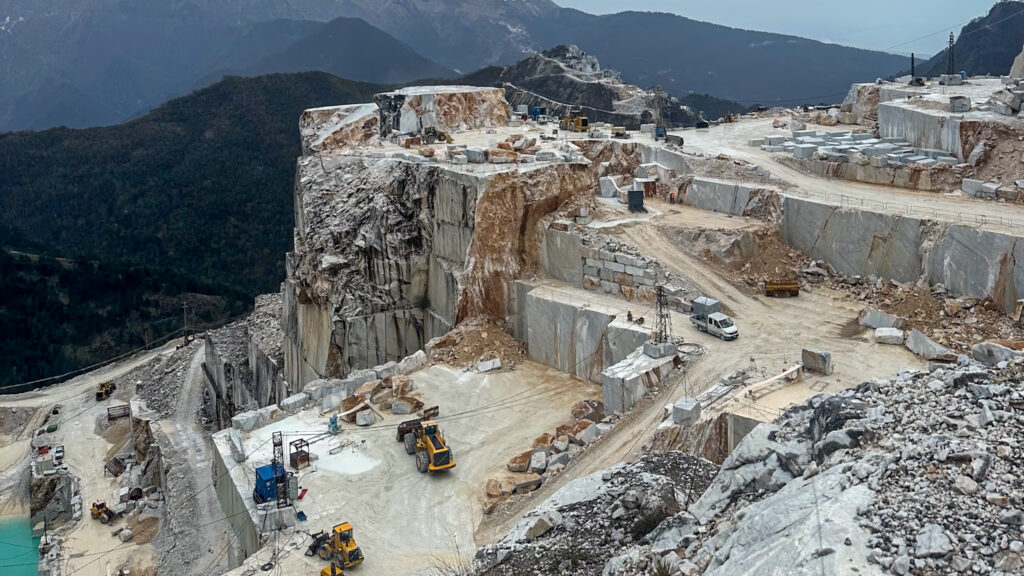
You can reach Carrara on your own easily either through a rental car or by taking a train to Carrara-Avenza. However, the best way to visit Carrara safely is through a trusted local guide. Assuming you’re in Carrara to visit the marble mountains, you really should not try going up in the mountains themselves on your own since the roads are extremely twisty and turny (see the photo above and notice the roads).
Here are some ideal day tours:
- Colonnata and Carrara marble quarries tour
- Marble Quarries and lardo tasting (highly recommend adding the lardo tasting!)
- Carrara tour from Lucca or La Spezia
What to expect on a day trip
Now, for the good stuff. When you book a tour like I did, you’ll have seemingly unlimited access to all things marble in Carrara. For me, the day started with arranged pickup in Lucca. The drive was approximately 40 minutes.
Witnessing the Workshops
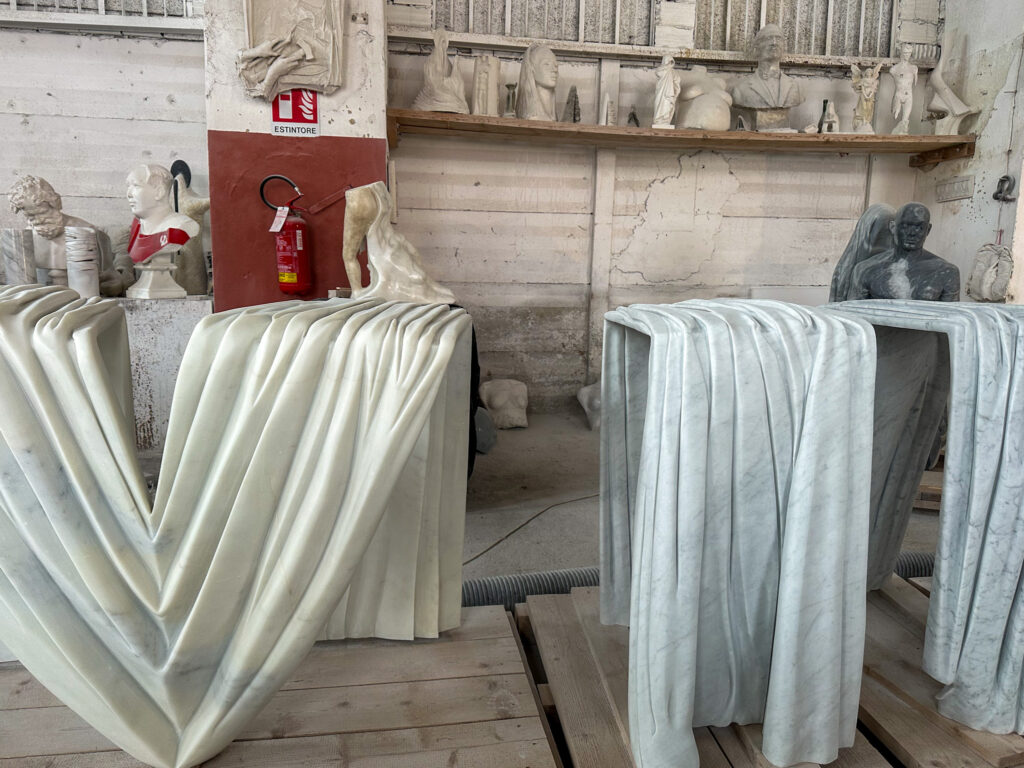
Once in Carrara, we were brought to a marble workshop. Here, we were able to see completed sculpted pieces; anything from tables to statutes to marble “curtains.” We also were able to witness some artists and sculptors work on pieces, and they didn’t have a problem with us watching them master their craft. It’s one of the most unique experiences I’ve had in Italy, and felt fitting to be in Tuscany and watch people make art.
We also saw several boxes that were ready to be shipped out. The boxes are full of completed sculpted marble work, and I noticed a lot of them going to London Heathrow Airport.
Driving up the mountains
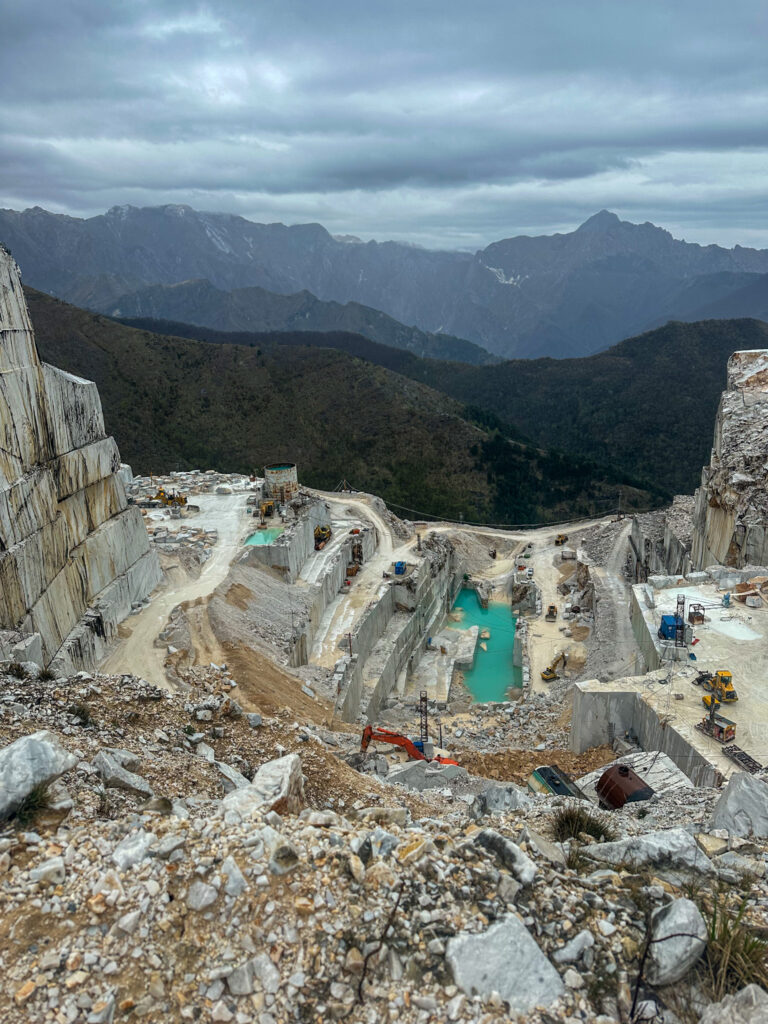
After checking out the workshops, it was time to head into the mountains. I was with four other people, and we got in a jeep since we were told a 4×4 is pretty much necessary to drive up the steep roads. Our incredible guide, Luca, taught us about the quarries along the drive. We learned there are over 650 quarries in Carrara, but only about 187 of them are active.
At first it just seems like a normal drive, and next thing you know, you’re on a seriously steep twisted road, driving through pure mud and smut. Our car noticeably got quiet as we went further and further up the mountain; it’s definitely a bit of an adrenaline rush!
Once you’re up to the top, you have the opportunity to get out, take photos, and take in the scenery of the seriously majestic marble mountains. From the distance, the mountains look like they’re snow-capped, so when you’re up close and personal to see that it’s instead all white Carrara marble, it’s quite a sight to behold.
Going inside the mountains
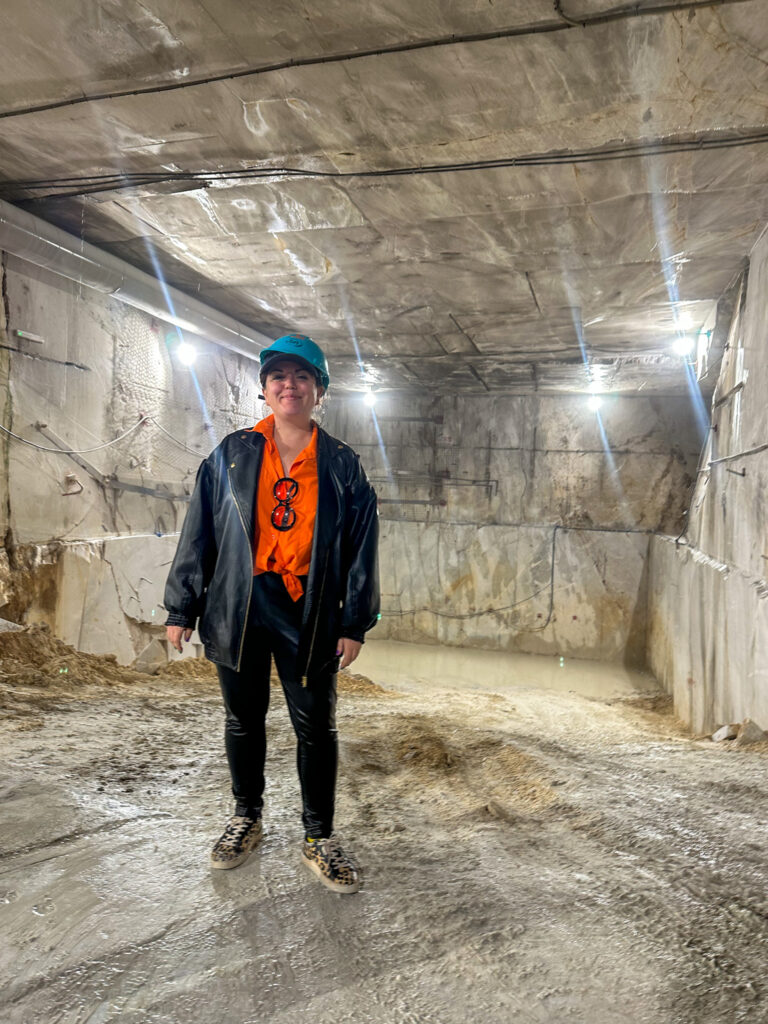
On our way down, we were able to go physically inside one of the mountains. We would not have had this privilege if it were not for booking a guided tour, which is another reason I recommend it. A very limited number of people are permitted to work inside the Carrara mountains, so watching workers on large excavators work in some seriously rough conditions gave me a whole new set of respect for every time I see a marble table or piece of furniture!
Stopping for lardo
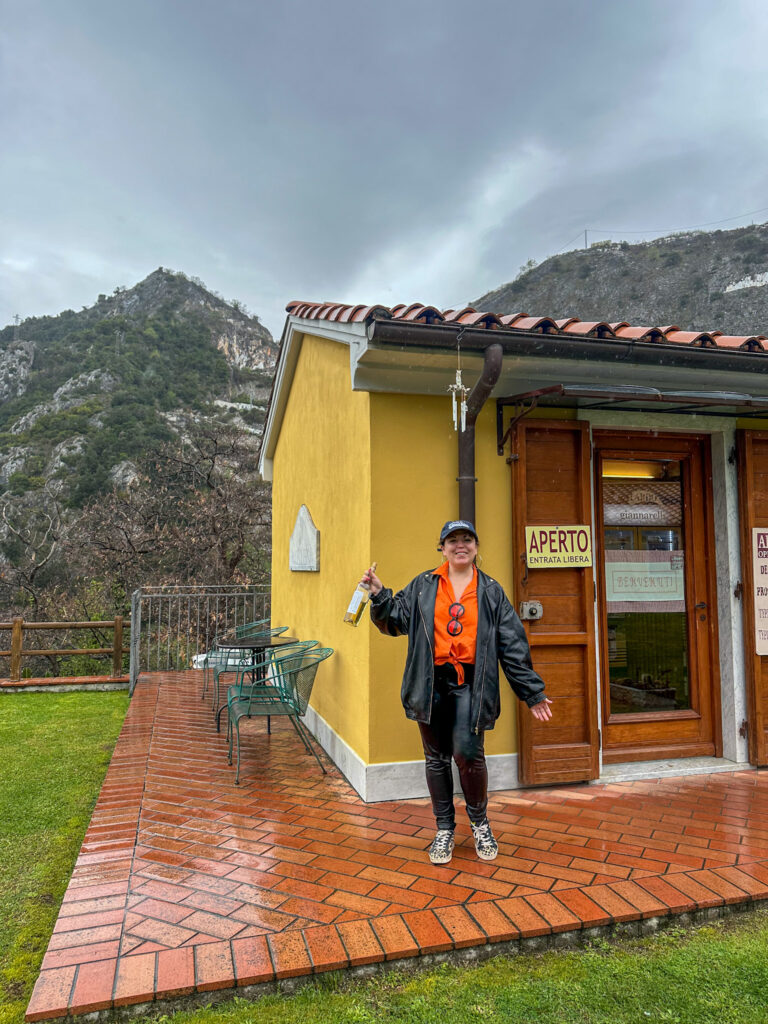
While the marble mountains themselves were inarguably majestic, my personal favorite stop of the day was at a local larderia, Larderia Giannarelli. Larderia Giannarelli is a family-run shop located smack in the middle of the mountains. Here, they serve different cured meats, specializing in lardo (a typical meat of Tuscany), that is actually cured with the local marble of Carrara. We actually stopped at the larderia BEFORE going up to the marble mountains, but regardless of when you stop, just make sure to swing by this spot because it’s a really unique way to taste the local delicacies of Tuscany. It doesn’t hurt that the family running it is extremely kind (and that they serve wine).
What to bring to Carrara
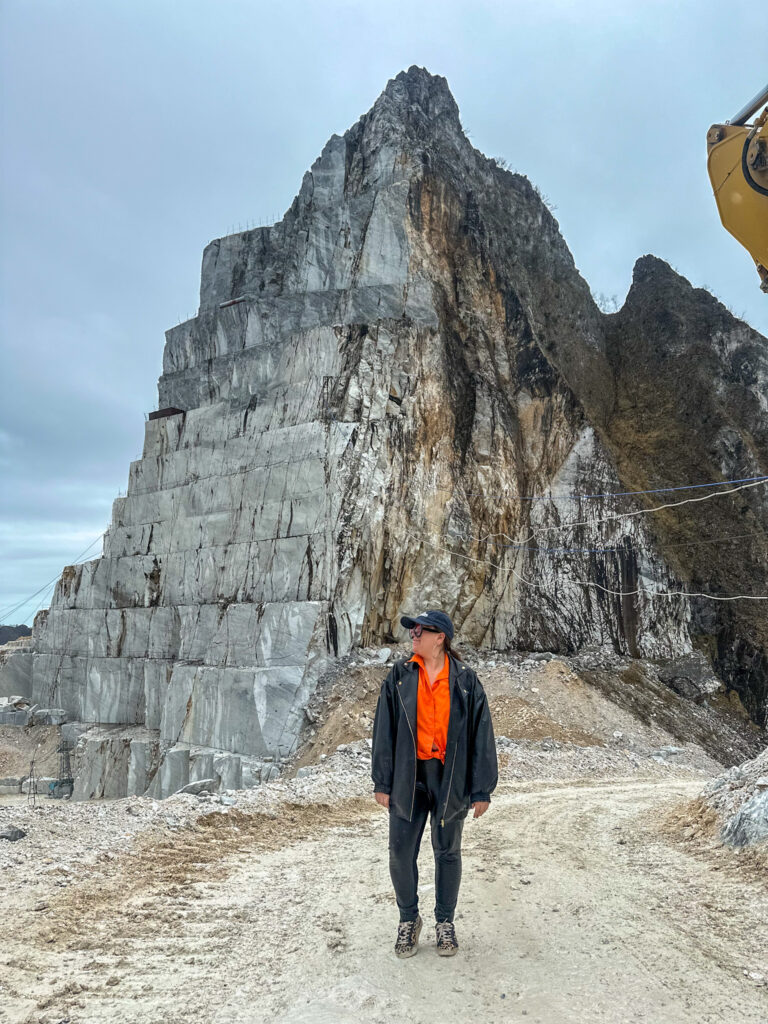
There are a few things you’ll want to bring to Carrara to best enjoy your day trip.
Wearing the right thing
Carrara is a gamble when it comes to weather. If you go in the winter or spring, you can expect the cold to be amplified because you’re in the mountains. I went in late March and our group was FREEZING. Despite how warm Lucca was, Carrara was chilly, and we all wished we had worn more layers. To show up better prepared, you’ll want to wear the following:
- Layers like a cute sweatshirt, a nice leather jacket , or possibly even a puffer coat
- A winter hat
- Sunglasses (this is regardless of which season you visit!)
- Thermal socks
- Cute hiking pants and/or leggings
- Good hiking boots because your shoes are going to get extremely muddy and slightly ruined unfortunately (I have this pair of Columbia hiking boots that I even used to climb Kilimanjaro !)
If you’re coming in the summer, on the contrary, Carrara doesn’t get cold because you’re in the mountains, but instead gets extremely hot. This is because the sun reflects off of the marble, making the top of Carrara a sweltering situation. Here’s what to wear in this case:
- Shorts, like wind shorts or just a simply pair of legging shorts
- A stylish loose tank (you’re in Italy — style first!)
- A baseball camp (I would personally wear something punny like this one )
- Good hiking boots and/or sneakers (remember — they’re going to get very dirty, so I would avoid wearing white)
- One light jacket just incase for some reason you end up there on a cold day (though I was told this is unlikely, it doesn’t hurt to come over-prepared)
Pix or it didn’t happen
What’s the point of traveling without proper footage to document it?! I kid, I kid. But if you do want to capture your time in Carrara, here’s the camera gear I pretty much am not caught dead without when traveling:
- A tripod to best capture your own photos — and videos for reels and social media
- A selfie stick to capture the ride up the mountain on the way — simply put the stick out the window and snap and film away (but obviously please be cautious that there are no other cars coming)
- A GoPro — this is especially helpful for capturing the ride up because of the wide lens
- This iPhone/Android holder tripod attachment ( I’ve had this one for years )
Miscellaneous items to bring
Aside from the right clothes and camera gear, here are general things you’ll want to bring when visiting Carrara:
- Sunscreen — especially in the summertime
- A thermos or water bottle
- A small backpack , especially if you want to buy some souvenirs, including some lardo or vino to go
- Cash to tip your guide
DISCLAIMER: I might make a small commission from some of the links throughout this article, but the price is the same for you. This helps keep my business running so I can continue to provide free travel tips!
Pingback: Discovering Marche: 5 Towns To Visit in Italy's Most Underrated Region - No Man Nomad
Pingback: Numana is the Solution for an Uncrowded Italian Beach Getaway - No Man Nomad
Leave a Comment Cancel
Your email address will not be published. Required fields are marked *
Email Address:
Save my name, email, and website in this browser for the next time I comment.
Carrara Marble Quarry Tour Guide
Map and guide to visiting the quarries above carrara.
- Maps of Italy >
- Tuscany >
- Carrara Marble Quarries Tour
Touring the marble mines in the Apuan Alps in northern Tuscany is an incredible visual experience--which is why the location was chosen for the chase scene in the James Bond film Quantum of Solace .
You can tour some of the marble mines above Carrara in a self-guided car tour, but to get as high into the Apuan Alps as we did in the picture, you'll need to take a jeep tour. The tour we took cost a reasonable €10, one of the best bargains in Italy. It gets you 1000 meters above the sea. Today that tour is €15. Still a bargain, but...
Map: Carrara Marble Tour & Lodging Locations
The map below is centered upon the Frantiscritti Mine Museum. Just a big south is the parking for the tour, and just to the north is the ticket booth and restaurant. You can see this in detail by zooming in on the map using the controls on the lower right. The map shows some lodging in the marble moutains if you wish to stay here.
Views from the Tour
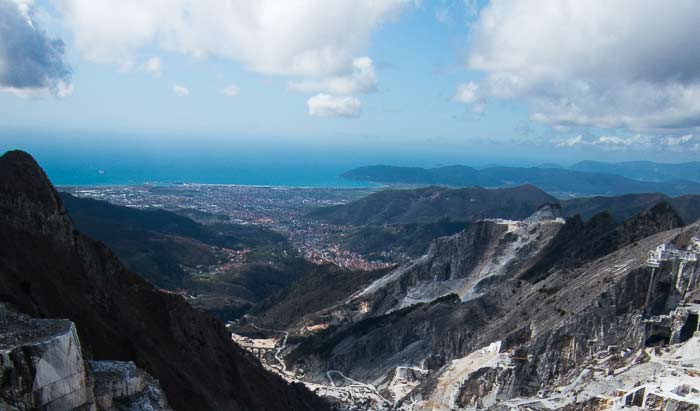
View from the Marble Quarries

Down Comes a Mountain
Carrara and the Marble Mountain Travel Tips
You will, of course, need a car to do this trip, unless you've arranged to use a guide or travel planner.
From the city of Carrara, follow the signs to the "cave" until you reach the Fantiscritti caves. There is a small museum there worth seeing. The restaurant, Ristorante il Poggio , has an annex where you can sign up for the tour if you've come in the off season without a reservation.
Where to Eat
If you haven't made a restaurant reservation before arriving at the Frantiscritti starting point, we suggest heading over to the nearby town of Colonnata , famous for its lardo , herbed backfat aged in marble vats that kept the marble miners in energy through the long winters. It's possible to tour the lardo workshops. There are quite a few restaurants in Colonnata. You don't have to eat lardo in any of them, but you should try it. It's much healthier then butter when a thin slice is laid over a piece of toasted bread. Our latest fave restaurant in Colonnata is Osteria Nella Pia .
Where to Stay
Consult the map above for places to stay in the mountains. But if you'd like to stay in a marble city, we've found that of the two marble towns, Massa is perhaps the most interesting, and you can retreat to Marina di Massa to be closer to the sea.
I prefer to stay where the marble is turned into art, in nearby Pietrasanta . See: An Art Itinerary in Tuscany .
Guide Services
We recommend Serena Giovannoni of Wish Versillia as a guide who can provide comfortable transportation and guide services from wherever you are in Versillia (this area of Tuscany), especially useful if you do not have a car or if you just want to leave the navigating to someone else. The roads in this area are narrow and confusing. Leave the driving to someone who knows the way.
Location and Contact information
Carrara marble tour (50 minute 4x4 jeep tour).
Cave di Fantiscritti , Italy
Latitude: 44.090777975 Longitude: 10.133441103
Near Carrara
Where to go from here? Once you've seen the raw materials you may wish to visit the workshops, many clustered around Pietrasanta , a very nice town to stay in. If a spa appeals to you more, Montecatini Terme may be just what you're looking for. Lucca is also nearby. It is about an hour and a half drive to Florence .
If you are a lake lover, bird watcher, or like to walk on planks over wetlands (and see a Roman Villa overlooking it all), a trip to Lake Massaciuccoli might be in order.
Or, you may wish to explore other options in Tuscany .
More Italy Travel Planning Resources
- Travel Planning Timeline : Learn what you need to plan when.
- What Will an Italy Vacation Cost? : Tools for budgeting your Italian vacation.
- Unplanned Attractions : Save time for the good life in Italy.
Carrara, Tuscany Guide
Explore the famous city of marble.
Carrara, in northern Tuscany, is built along a river below the famous marble quarries that have been in use since Roman times and where famous Renaissance sculptors such as Michelangelo sourced their marble. Carrara is not only known as the city of marble but also as the birthplace of anarchism in Italy (in late 19th century) and it still remains a center of anarchism today.

Carrara Top Sights
Strolling around Carrara’s historic center you’ll see plenty of marble used in buildings and statues. Be sure to stop in at Pizzeria Tognozzi, Via Santa Maria 12, to try gnam gnam , farinata (chickpea pancake) served in a focaccia. Thanks to our friends Martha and Mike of A Path to Lunch for introducing us to this delicious snack and the sights of Carrara.
Duomo di Sant’Andrea , Carrara’s cathedral, has been in existence since at least 1035 although little of the original remains. The cathedral, the first church to be made completely of marble, has been enlarged and remodeled several times and has Romanesque and Gothic features. Its white marble pulpit dates from the 16th century. In a side room is a charming presepe, nativity scene, made of marble that depicts Carrara and how it would have been if Jesus had been born there.

The 16th century Ducal Palace is now home to the Fine Arts Academy. Castello Malaspiniano , part of the building, is from the 13th century,
The large Piazza Alberica is ringed with colorful buildings, shops and bars and is a good place to sit outside (usually no extra charge for table service) to enjoy a look at local life. In Piazza d’Armi , there’s an interesting fountain made of a rotating marble ball. Piazza delle Erbe has a huge mural dedicated to Francesca Rolla, WWII Resistance heroine.
The Museum of Marble , in the lower part of town, covers Carrara and its marble from antiquity to modern times and includes sculptures and a huge display of different kinds of marble.
To see the marble quarries, drive up the hill above Carrara following signs for cave . There’s a small museum from where guided tours leave. See Carrara Marble Quarries Map for a closer look.

Plan Your Visit to Carrara
Carrara is in the northwestern part of Tuscany, an area less visited by tourists than other parts of Tuscany. See Tuscany map for Carrara’s location. There’s a train station a few kilometers from the town center and is served by buses from other towns in Tuscany. See Tuscany Train Map .
Where to Stay:
B&B La Bottega d’Arte , in a historic building, is centrally located on Via Cavour, where there’s street parking. Villa Belverde is a boutique hotel in a historic villa set in a park, about a 5 minute drive from the city center. Duomosette bed and breakfast is right by the cathedral, in Piazza Duomo.

Places to Go Near Carrara
Although you may see some sculptors’ studios in Carrara, the charming town of Pietrasanta is known for its marble sculptors and artist studios and has a sculpture museum.
Sarzana , 20 kilometers northwest, is another charming town to visit. Known for its antique shops, there’s a castle right in the historic center and several good restaurants.
Along the coast are a series of beach towns including Marina di Carrara, the upscale Forti dei Marmi, and the art deco town of Viareggio.

This post may contain affiliate links to sites I believe are of benefit to travelers. There is no cost to you but the small amount of revenue helps defer the cost of bringing you this free information.
Travel Essentials
Related articles.
San Gimignano Travel Guide
Tuscany Hill Towns Road Trip
Siena Duomo Floor Panels
Torre del Lago Puccini Travel Guide
Anghiari Guide
Author Martha Bakerjian Categories Tuscany , Cities
Italy Facebook Page Email Me
Commenting is closed for this article.
Carrara, Tuscany Guide originally appeared on MarthasItaly.com May 05, 2019 , updated: Mar 04, 2023 by Martha Bakerjian .
Carrara is a city literally built on marble . With the white topped Apuan Alps hanging in the background, it offers visitors a marble-paved square, a marble-clad cathedral and plenty of sculptures to remind you that the material has been sustaining and shaping this territory since Roman times. It’s off the beaten track , and though not much to look at, perfect if you’re looking for a quiet, almost forgotten town in Tuscany .
Apuan Alps marble quarries near Carrara
So what is it that draws people here? The answer: a visit to the marble quarries .
This is one of the most interesting things to do in Tuscany . An experience that takes you right into the heart of the Apuan Alps , to the places from where Michelangelo would have got his marble. The town that’s at the centre of the marble trade has one important highlight worth coming for.
Planning a trip to Italy? Discover all of Tuscany’s highlights !
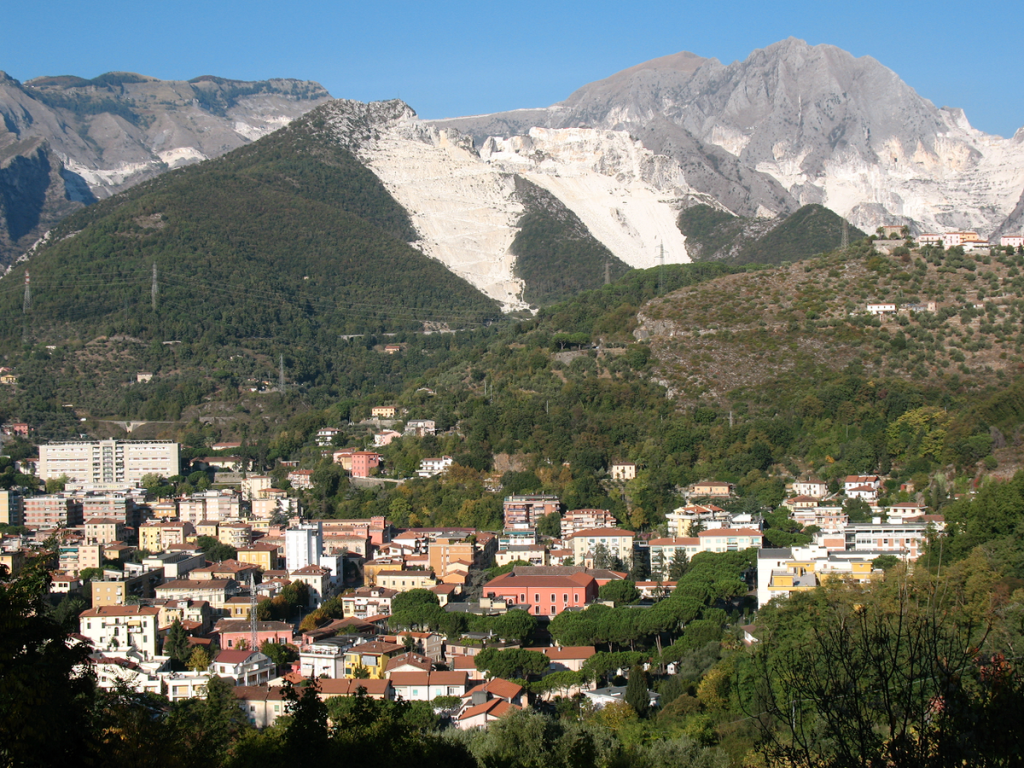
What to see in Carrara, Tuscany
The main square Piazza Alberica is a vast and beautiful space. It’s the ‘living room’ of the city that hosts festivals during the summer. It’s surrounded by elegant and colorful 1600-1700 buildings with marble decoration, notably the Palazzo dei Conti del Medico,which shows off a red facade richly decorated in white marble. In the centre is the statue of the Duchess of Massa and Carrara Maria Beatrice d’Este , in sumptuos marble vestments, a lion relaxing at her feet.
Outside the square however, there’s not much going on in Carrara. It’s a quiet place full of streets and shops in need of restoration. That being said, the Cathedral makes it worth the trip.
Cathedral of Sant’Andrea Apostolo , in Piazza Duomo – A peaceful and welcoming cathedral built completely in white marble. The original structure (11th century) is still partly visible in the main portal. The rest of the facade is Romanesque (lower part) and Gothic (upper section) with an intricate rose window.
It houses the sarcophagus of St. Ceccardus , patron saint of Carrara, a 14th-century “Annunciation” (an example of Pisan sculpture), and a 14th-century wooden crucifix by Angelo Puccinelli.
Outside, the Giant , a statue by Baccio Bandinelli . He is the same Florentine artist, and a rival of Michelangelo, who did “Hercules and Cacus” in Piazza Signoria, in Florence . Though he never managed to get it ‘quite right’, all his large-scale statues look quite rigid and life-less.
Marble Museum – If you are interested enough in marble, there’s a whole museum dedicated to it. It teaches you about the history of the territory and all about the extraction and manufacturing of this precious material (It’s not a stone by the way, it’s a type of rock!).
What to see near Carrara
Visit Colonnata , a tiny town nestled in the Apuan Alps where the famous lardo is produced.
=> Check out our One Day Driving Itinerary from Pietrasanta to the Apuan Alps .
Your friendly online guide to Florence and Tuscany. Get our insider travel tips delivered to your mailbox every month.
Email address:
Read Our Popular posts
- 3 Scenic Drives in Tuscany, Italy 625 views
- My secret Florence – Hidden gems in the city of the Renaissance 479 views
- Val d’Orcia itinerary – A day driving around Val d’Orcia 323 views
- Best coastal towns in Tuscany 300 views
- Chianti Road Trip – A scenic drive on the Chiantigiana Road 255 views
- 10 Best Chianti Towns to visit 218 views
- 8 Unique Things to do in Lucca – Enjoy lovely Lucca 213 views
- Tuscany in October – Taste, colours, best events 197 views
- Tuscany in November, best events & trip ideas 152 views
- 8 Famous Statues in Florence you have to see 152 views
Recommended Reading
Lucca travel guide.
Lucca is an attractive walled city that sits between the Apennine mountains and the coast....
Best places for hiking in Tuscany
Discover the peaks and valleys of Tuscany’s most beautiful mountains. Hike in the marble rich...
Tuscany Itineraries made for your Interests
We've put together some Tuscany Itineraries around what interests you. From Art to Shopping, from Medieval...
Florence Top Sights – An insider’s guide to the best of Florence
Discover the top sights in Florence, the attractions that should be on every traveller's list. From the...

How to visit Carrara Marble Quarries (including the best tours)
If I say Carrara probably one of the first images popping into your head, is an image of Michelangelo’s Donatello, or the white marble kitchen counter you dream about. Although we all know the final product, there are a few people who know where this precious rock comes from, and how it was extracted in antiquity and nowadays. With this helpful guide, you can learn how to visit Carrara marble quarries, the place where the magic happens.
Disclosure: anitabeyondthesea.com is reader-supported. When you make a reservation through links on my site, I may earn an affiliate commission, at no extra cost for you. That will help me keep the blog up and running. Thank you!
Table of Content
Some history of carrara marble, cava museo fantiscritti, cave di marmo tours, carrara marble quarry private tours, things to know before going, visiting the marble quarries on your own, exploring the most beautiful abandoned marble quarries, in conclusion is a carrara marble tour worth it.
Carrara marble quarries are known from antiquity for producing some of the finest white marble in the world. The quarries have been in operation for over 2,000 years since Roman times. At the time the marble was called marmor lunensis because of the neighboring city of Luni.
Through their centuries of history, they have supplied marble for some of the most impressive buildings and artworks in history. From the above-mentioned Michelangelo to Antonio Canova. And how not to mention the Pantheon or the grandiose San Peter’s Basilica which made large use of the “white gold”.
In modern times Carrara’s marble is still largely used, among the most famous projects the majestic Sheikh Zayed Grand Mosque in Abu Dhabi or the modern Oslo Opera House.
Today, even if the extraction activities continue, visitors can take guided tours to learn about the quarries’ rich history, discover ancient techniques, and marvel at the beauty of the white marble walls.
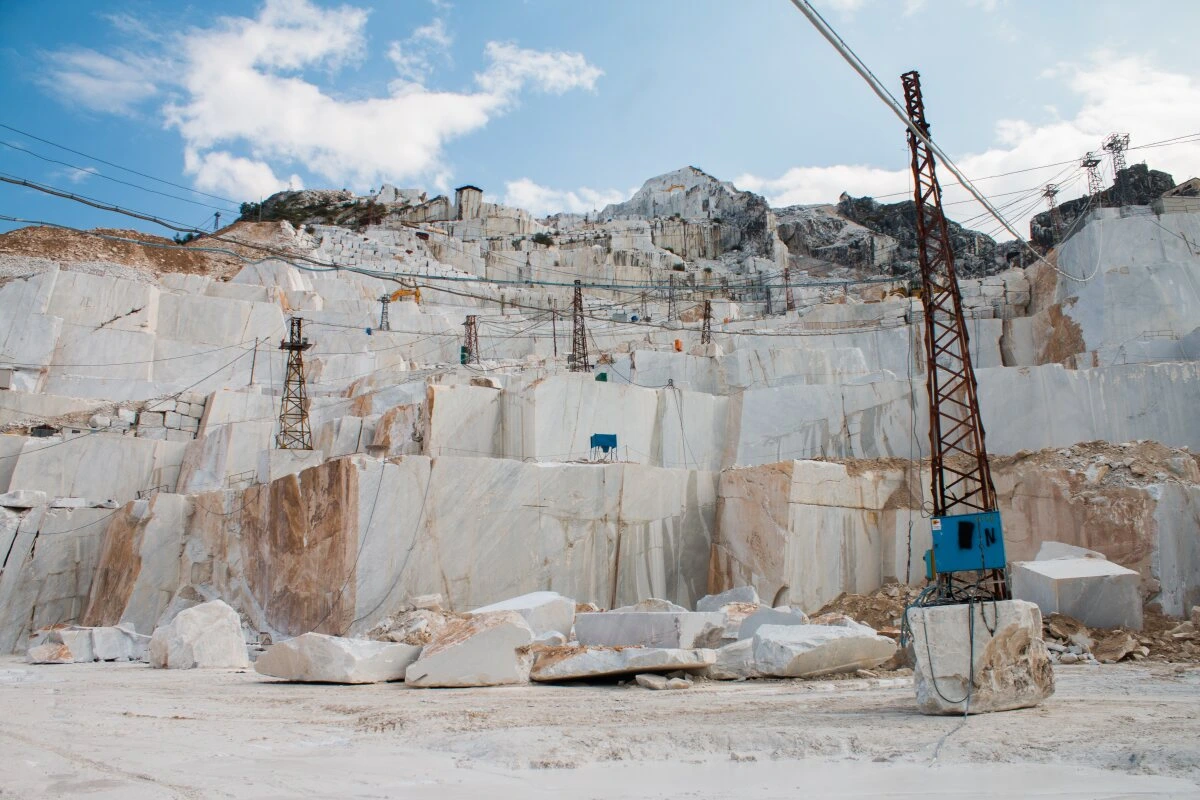
The best Carrara marble quarries guided tours
Note: following Covid restrictions some tours that included Colonnata’s lard tasting, have now removed it from their tour. Remember to ask for confirmation for the tasting to be included , if that’s important for you.
P.S. Colonnata’s lard is absolutely delicious!
Walter Danesi Sr. has collected the tools of his life as a quarryman and put them on display for everyone to enjoy in this open-air museum. From sculptures to everyday objects, his routine but also historical objects to understand how the excavation was with the traditional techniques. The tour is very interesting and can be easily combined with a 4WD excursion or Marmo Tour bus ride to see the quarries from the inside.
Before going check out their schedule or contact them directly on Cave Di Marmo Fantiscritti Carrara .
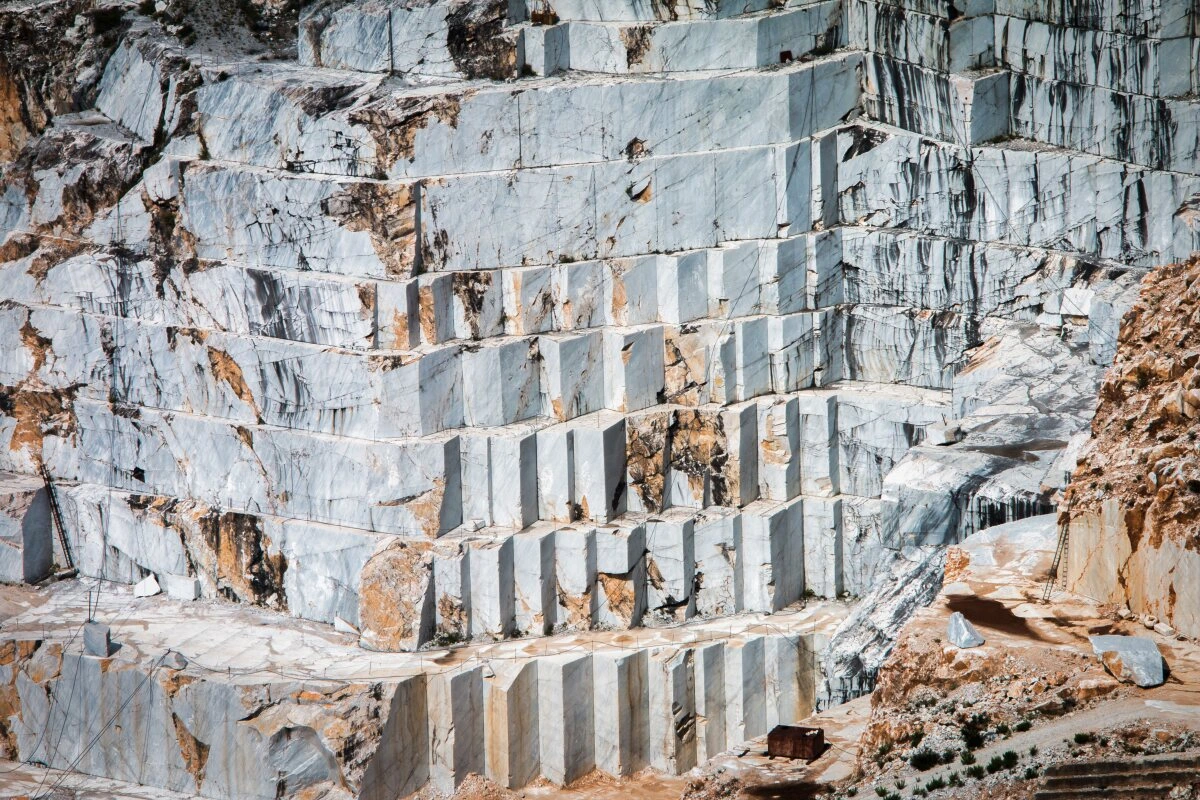
Marmotour covers the history of Michelangelo’s favorite source of marble, il Ravaccione . After a short bus ride, you will enter the active marble quarry, a shiny white cathedral.
During the tour, you will also get to see the tribute to Michelangelo by artist Ozmo. It consists in a giant mural that reproduces Michelangelo’s fresco “The Creation of Adam” from the Sistine Chapel.
Book Marmo tour
During the tour, you will get to see the different stages of marble extraction, from the cutting of the blocks to the transportation of the marble. The tour will also take you to some of the most breathtaking locations within the quarry, where you can enjoy beautiful viewpoints.
Cave di Marmo Tours has three different options for its tours. You can either embark on a 4WD with 15 or 8 places. Or book a private tour for your group, for 8 people max.
Book your Cave di Marmo Tours here: For 15 persons , 8 persons , or the private tour (8 persons max).

Differently from the other tours, the Carrara Marble Quarry Private Tour lasts 4 hours and in addition to the exploration of an active marble quarry, you will get to explore Carrara historic center with your guide. Of course, the tour includes a stop at one of Colonnata’s restaurants to taste their excellent lard!
Book Carrara Marble Quarry Private Tours
The 4WD tours are an incredible experience, but it is NOT suitable for the faint of heart! The narrow roads that run among the quarries have incredible views, but if you suffer from vertigo you may be disturbed. In the same fashion, some breathtaking views from the panoramic points are on top of deep cliffs.
Especially when exploring the interiors of the marble quarries it may be chilly . If you are particularly sensitive to the temperatures bring a jacket or scarf to protect yourself.
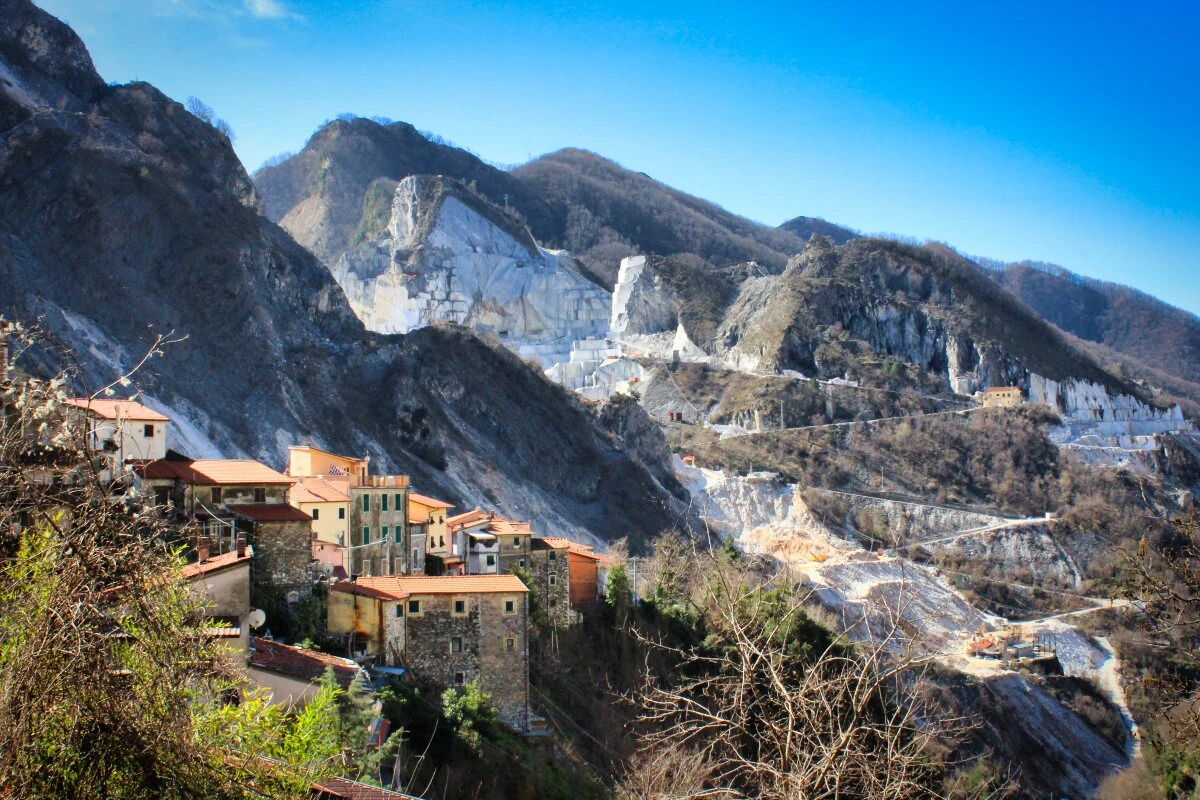
Ride along some of the most panoramic (and narrow!) roads in Italy. Reaching the quarries’ sites is already an adventure itself! Once you arrive in Colonnata village, you can take one of the treks that from there climbs up and observe the mountains open heart from afar.
A special mention for the scenic Vara Bridges . By the end of the 19th century, to speed up the transportation process, the Ferrovia Marmifera , Marble Railroad, was created.
After the war the system became obsolete and trucks took the monopoly of transportation instead. But the bridges stayed and they are now part of the beautiful landscape of the valley.
If you want to see the active marble quarries from the inside, the only way is via a guided tour due to the particularity of the location. The drivers have a special license to drive inside the quarries.
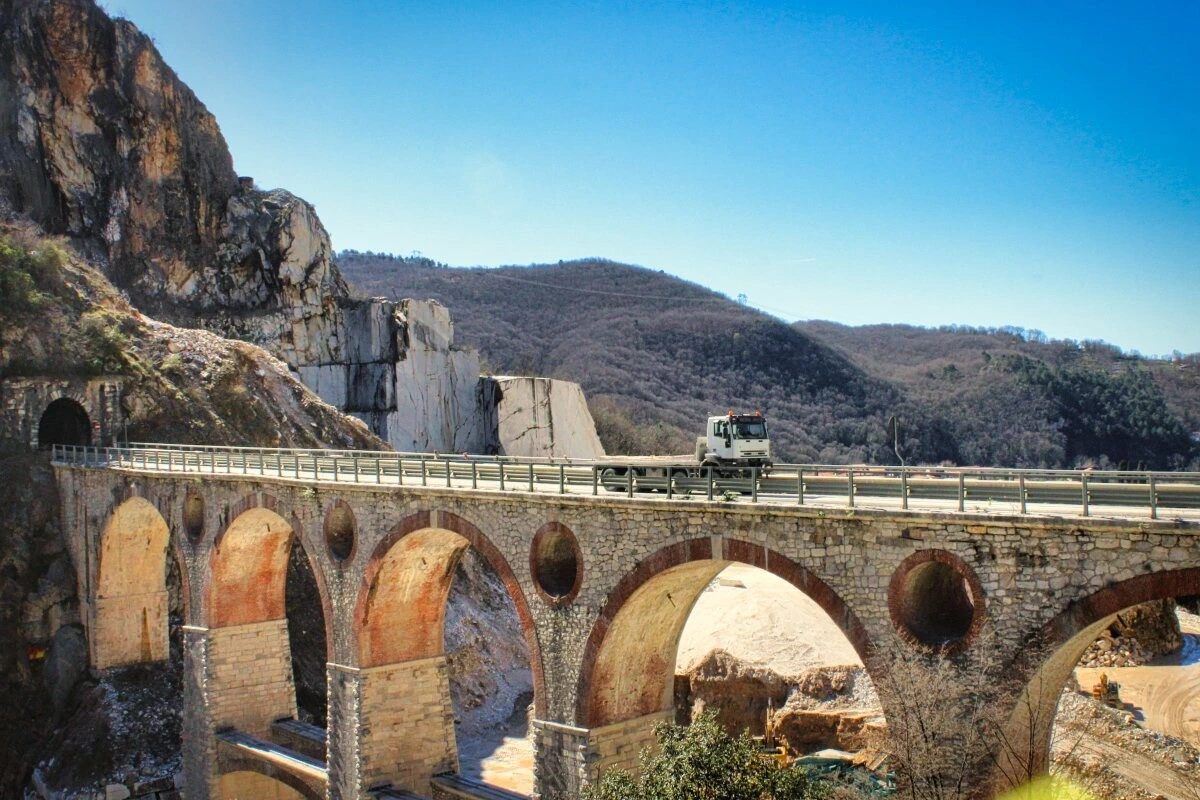
On the other side, in case you are willing to see an abandoned marble quarry you may be interested in our self-guided tour inside the 5 most beautiful abandoned marble quarries in Tuscany .
Got the time to pick only one? Go for Henraux . Its white walls have become the canvas to the art collective Glitch, who created some incredible murals!

Yes! It’s an unforgettable experience that offers a glimpse into the history, art, and craftsmanship of Italy. The beauty of the marble, combined with the history of the quarries, makes this a must-see destination for anyone visiting the Tuscany region of Italy.
Are you planning a vacation to Italy soon? As a Tuscan native, I have many more day trips and helpful guides that will inspire you to visit il Bel Paese!
Have you liked this post? Sharing is caring!

This Underrated Italian Town Is A Unique Destination Covered In Marble
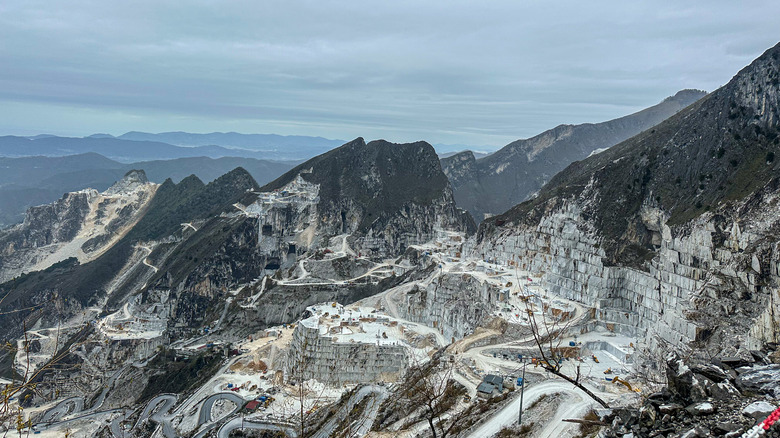
If you're one of the many travelers who plan to head to Italy this summer, regardless of where you go, you're in for a real treat. Italy is a fascinating country with a little something for everyone, whether it's foodie-centric regions like Emilia Romagna, bustling cities like Rome or Naples, or under-the-radar European beaches like those in Tropea or Sicily.
Due to the sheer popularity of Italy, tourist traps must be actively avoided. Luckily, there are still destinations nestled within the country that leave plenty of room to be discovered. For one of the most unexpected and atypical destinations in beloved Italia, head to Carrara, a city made nearly entirely of marble. Conveniently located in Tuscany, Carrara makes for a unique day trip from nearby major cities like Lucca, Florence, and Pisa. It doesn't hurt that Italy has one of the most efficient train systems in the world, making your commute to Carrara seamless. If you want to swap the Tuscan vineyards for Tuscan marble (or simply add Tuscan marble to your itinerary), here's what you'll need to know before you go.
You'll have a marble-ous time
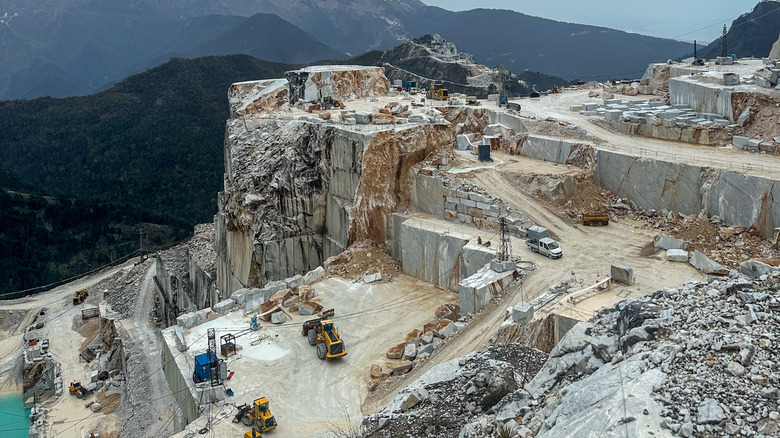
It might sound funny or even a bit random to visit marble mountains in Italy, but Carrara marble is one of the most sought-after products for sculptures and furniture in the world. So much so that even the famed statue of David by Michelangelo in nearby Florence is made of Carrara marble. Consisting of over 150 quarries, the marble mountains of Carrara are truly a sight to behold. As you head into the town of Carrara, you'll see the Apuan Alps in the distance, and while it might appear they're snowcapped, as you get a closer look, you'll realize much of their white complexion is instead just exposed marble.
The best way to experience getting up close and personal with the quarries in Carrara is by booking a tour with someone who has a trusted hand behind the wheel and a sturdy vehicle, since driving up these mountains is not for the faint of heart. Toscana Tour Experience is a reputable guide in the area with the proper vehicle (a Jeep or truck is needed) to ensure you reach the top of the mountains safely.
Prior to heading up the mountains, visit a workshop where you can watch sculptors craft marble into works of art. And on your way up, know that you're in for a long haul, so satiate your appetite at Larderia Giannarelli, a family-run business that has been serving up succulent Tuscan lardo for years.
How to get to Carrara
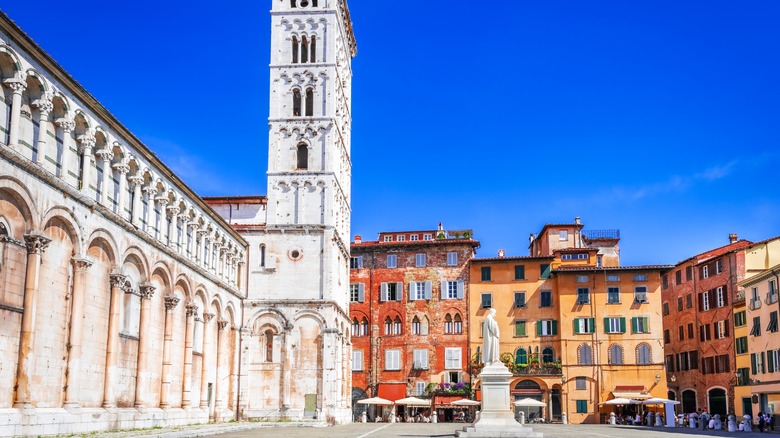
While the town of Carrara is quite small, there is room for more exploring beyond the marble quarries. The Duomo di Carrara is an architectural masterpiece, and visiting a town's duomo is simply a rite of passage in any Italian town. Piazza Alberica is the colorful city square of Carrara, featuring a statue of Maria Beatrice d'Este, former Princess of Carrara. Overall, Carrara is small enough to see in just one day. Luckily, with a Eurail pass, you can visit Carrara by jumping on the train from a nearby city. Simply book your train to Carrara-Avenza station.
To base yourself in a more bustling nearby destination, your best bet is Lucca. The train from Lucca to Carrara will only take around one hour in commuting, but beyond that, there are reasons tourists are flocking to Lucca lately. Lucca is one of the most bike-friendly cities in the entire country, is surrounded by historic walls, and offers some of the best cuisine in the Tuscan region. Stay at Grand Universe Lucca for a traditional yet chic hotel setting, or Grand Universe La Residenza for an apartment-style accommodation, especially ideal for longer-term stays.
Florence is also a viable option for where to base yourself for a great Carrara day trip, with a train commute of a little over two hours. The city is filled with many must-visit spots , and is one of the most popular destinations in the country.
- Holidays and Travel around Tuscany

- Etruscan Coast
- Val D’Orcia
- Forte dei Marmi
- Monteggiori
- Pietrasanta
- San Gimignano
- Attractions
- Best Things to do
- Tuscan Specialties
- PLANNING AHEAD
- Project and Team
- Work with us
Discover Carrara in Italy. The World Capital of White Marble
The town of Carrara is wedged and hidden by a narrow valley, in front of the majestic scenery of the Apuan Alps, in northern Tuscany. Its mountains host the amazing white marble quarries, already known by the ancient Romans that used the precious material to build buildings and statues of the Roman Empire.
Here is where artists such as Michelangelo Buonarroti and Antonio Canova came to select the marble blocks for their artworks.
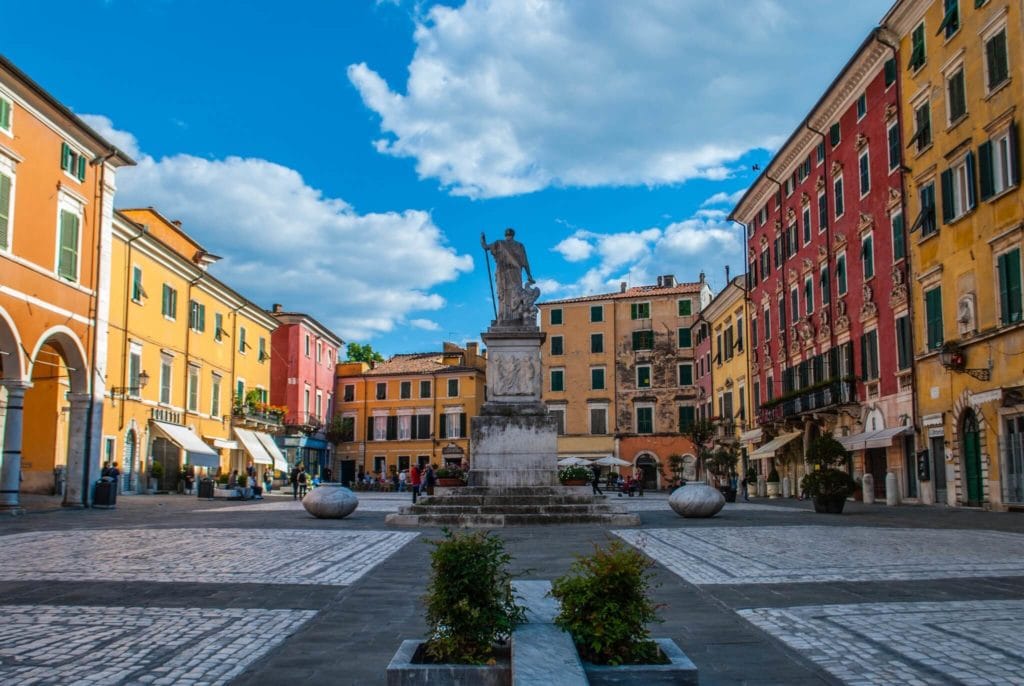
Approaching northern Tuscany, both passing through the motorway or coming by sea, it is impossible not to notice with astonishment the height of the Apuan Alps.
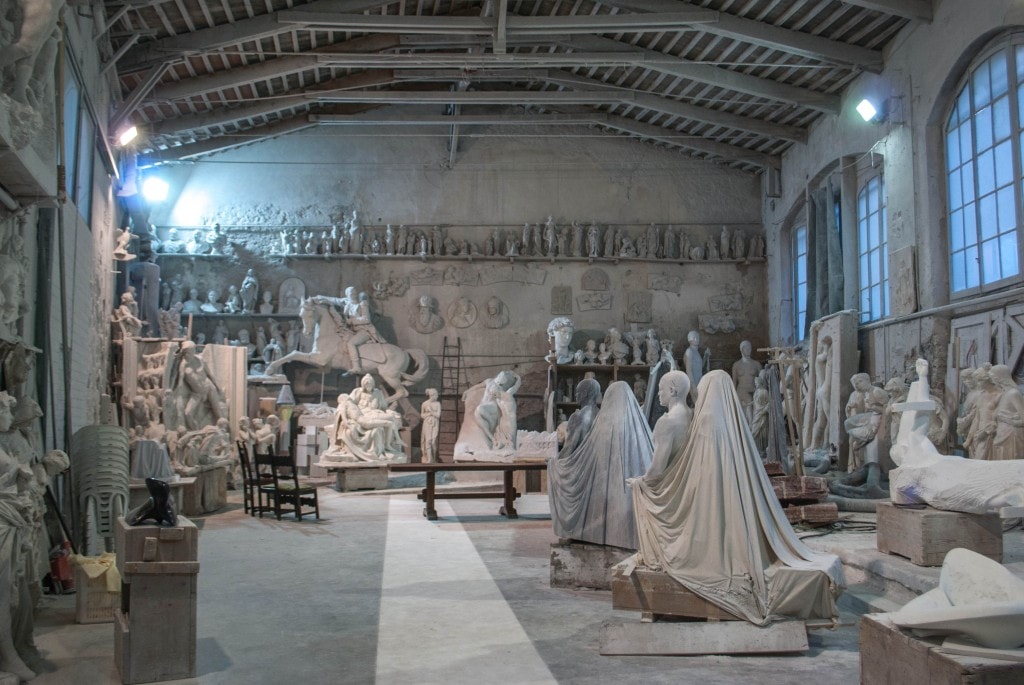
Carrara is the world capital for the mining, processing, and trading of white marble . The economy of the whole area revolves around the marble. Unfortunately, or fortunately, Carrara is not popular among the mass tourists that usually visit the most famous cities such as Florence, Siena, or the countryside of Val d’Orcia .
The town is listed in the Unesco Creative Cities Network in the creative field of Craft and Folk Art . UNESCO has always promoted international cooperation in education, sciences, culture, communication, and information. Moreover, it also put efforts to foster innovation and creativity as key drivers for more sustainable and inclusive urban development.
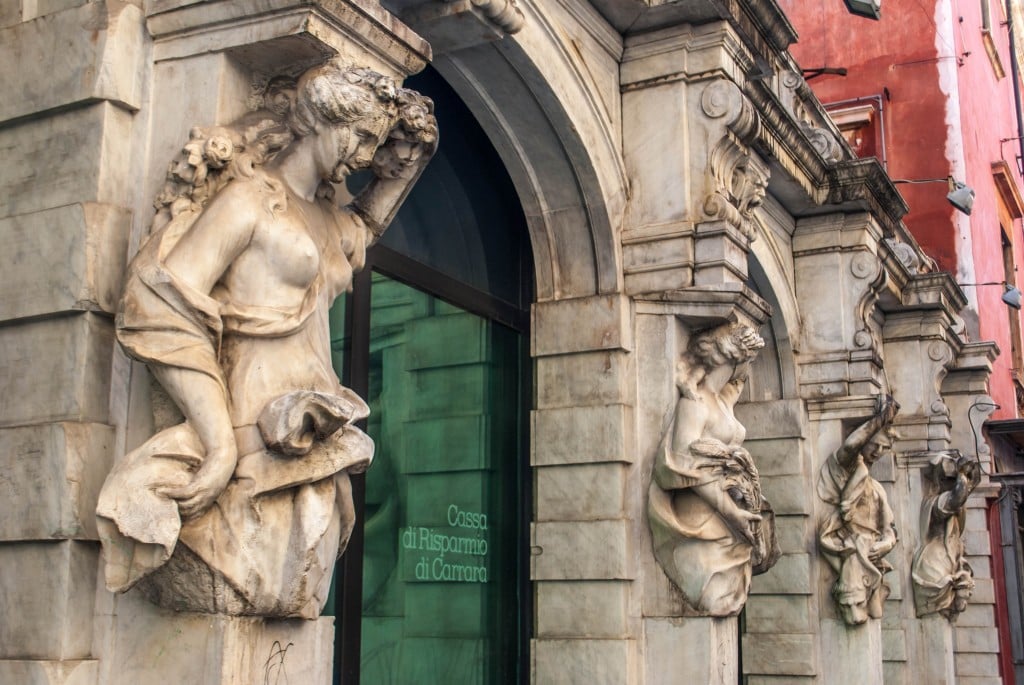
When I was at primary school, my teacher Mrs. Emma told the class an ancient legend that reveals why Carrara has so much white marble . The legend says:
A t the time of Creation, God gave his angels a task. They had to spread an entire bag of white dust all in an equal manner over the whole world. The angels assured God they would have followed his instructions but, while flying above Carrara, the bag fell and all its contents dispersed on Carrara’s mountains.
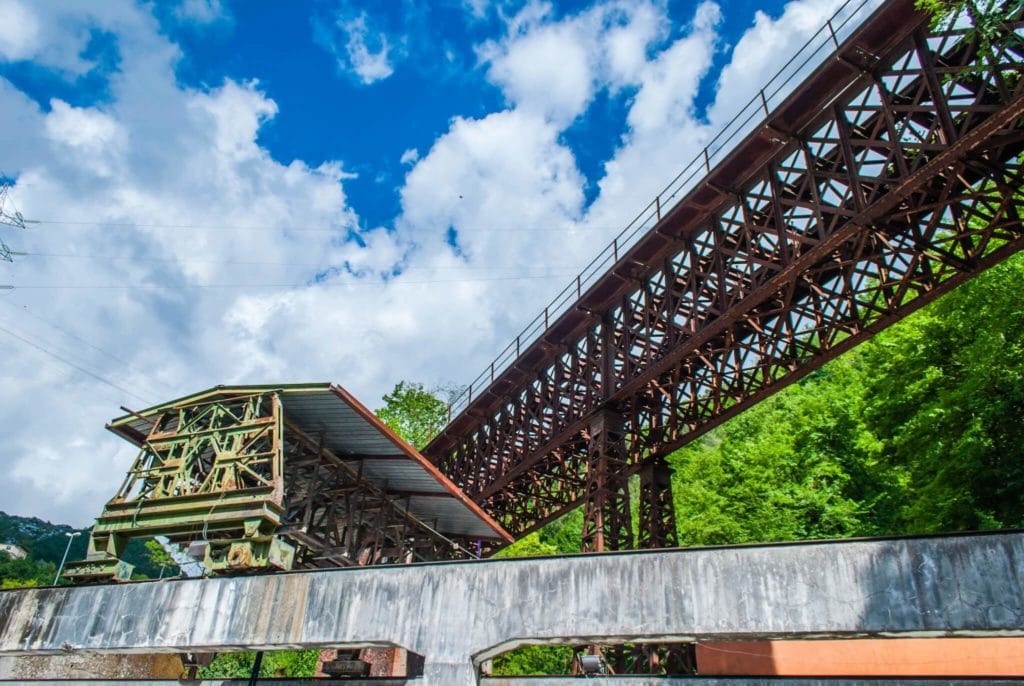
A short history of Carrara and its foundation
The Apuani were an ancient tribe of shepherds and farmers settled in the mountains of this area. They used to reach the coastal area only for trading with Etruscans and probably with ancient Greeks.
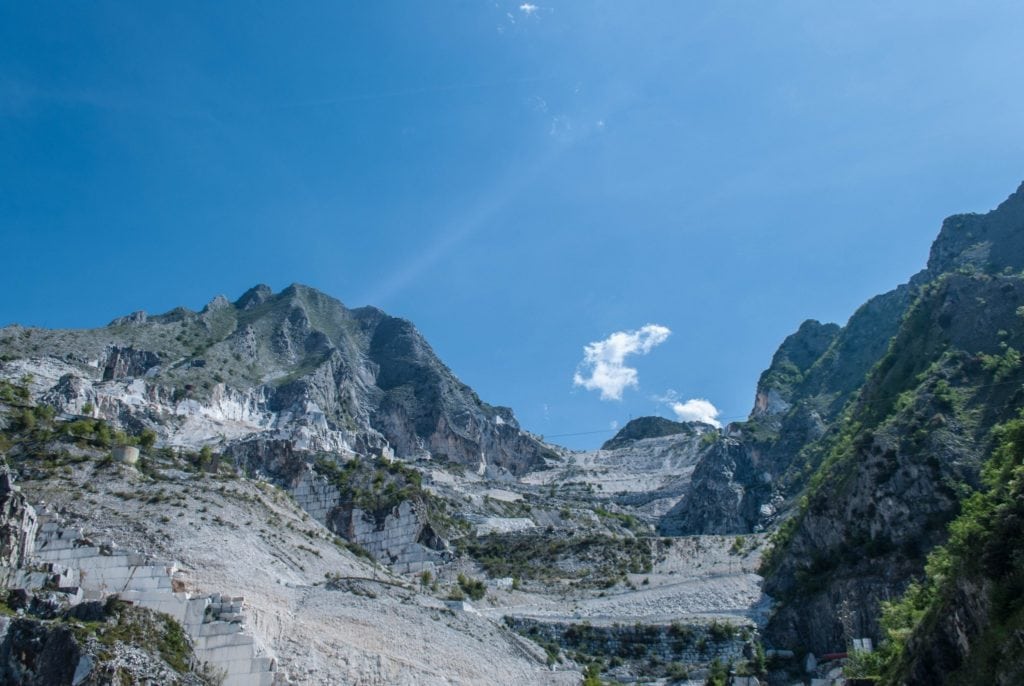
During the Roman Empire expansion , the Apuani defeated the Roman troops many times, defending their settlements with bravery and exceptional strength. But in the end, the Romans gained the upper hand and colonized the Apuani. The founders of the city of Carrara were the Lunensi , the inhabitants of Lunae , a Roman settlement not far from the actual town. The Lunensis were the descendants of the ancient Roman invaders who conquered the settlement inhabited by the Apuani tribe, who originally populated the surrounding mountains.
Originally, Lunensis lived in the current archeological site of Luni where an amphitheater is still visible. At least until Barbarians attacked them. To save their lives, some Lunensis escaped and hid where the current city of Carrara is located.

Between the 15th to the 18th century, Carrara belonged to the Malaspina family. At that time they were the owners of the whole area of Lunigiana including the close city of Massa.
What to See and Where to Go Around Carrara
The historical town center.
The Old Town of Carrara lies near the stream Carrione. The downtown is a maze of narrow streets and alleys , with shops and internal squares , where you can find hidden marble art studios and nice corners adorned with flower pots by the inhabitants.

FOOD TIP: Once in Carrara downtown take a break at the Pizzeria Tognozzi. They make the best pizza by the slice and Cecìna in town. Cecina is a traditional street food in Tuscany. It is a kind of flatbread made with chickpea flour, soft inside and crispy crust outside. But here in Carrara, you MUST call it Calda , literally hot. Order a focaccia con la calda. And if you are really carb lovers don’t miss the Focaccia Gnam Gnam , a triangle of warm focaccia stuffed with one slice of pizza and one slice of Calda. What do you think? I would say you have to try it!
If you want to try to make your homemade Cecina , also called Calda or Torta di Ceci , here is our recipe to bake the chickpea flatbread .
The colorful Piazza Alberica
Colorful Baroque style Palazzi surrounds the Piazza Alberica the beautiful square, the hotspot of Carrara. In the middle, the statue of Maria Beatrice D’Este on top of a marble fountain steals the show. The square is also the heart of the local social life and the place where people get to get a glass of wine or socialize by having an espresso.

The Duomo dates back to the 12th century , with a splendid two-color marble façade. The church is equipped with an extraordinary gothic rose window. The bell tower, dated in the 14th century, resembles the typical Ligurian bell tower.
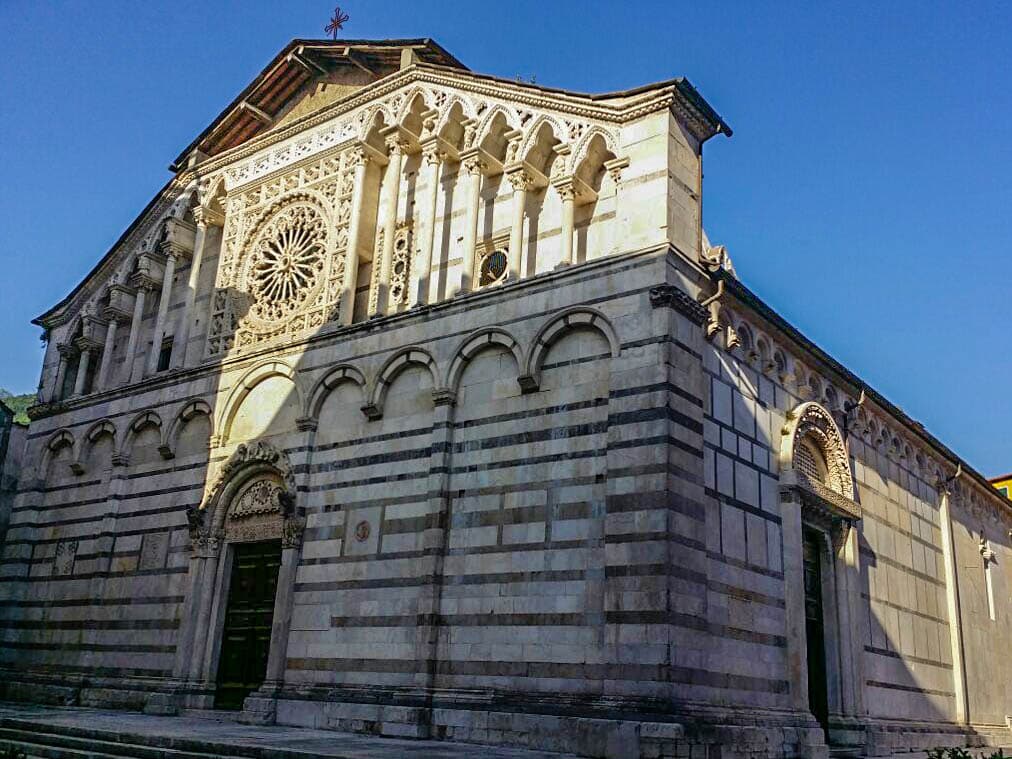
The Accademia delle Belle Arti
The Accademia delle Belle Arti is the hotbed of young artists from all over the world . Accademia started enrolling students in painting, sculpture, and architecture in 1757, thanks to Maria Teresa Cybo Malaspina , Duchess of Massa Carrara and Princess of Carrara. In 1810, Elisa Bonaparte donated the palace that today hosts the Accademia. The building was an ancient fortress dated back to 1187 and has a lovely Renaissance courtyard , where many student plaster works of the 19th century are exposed.
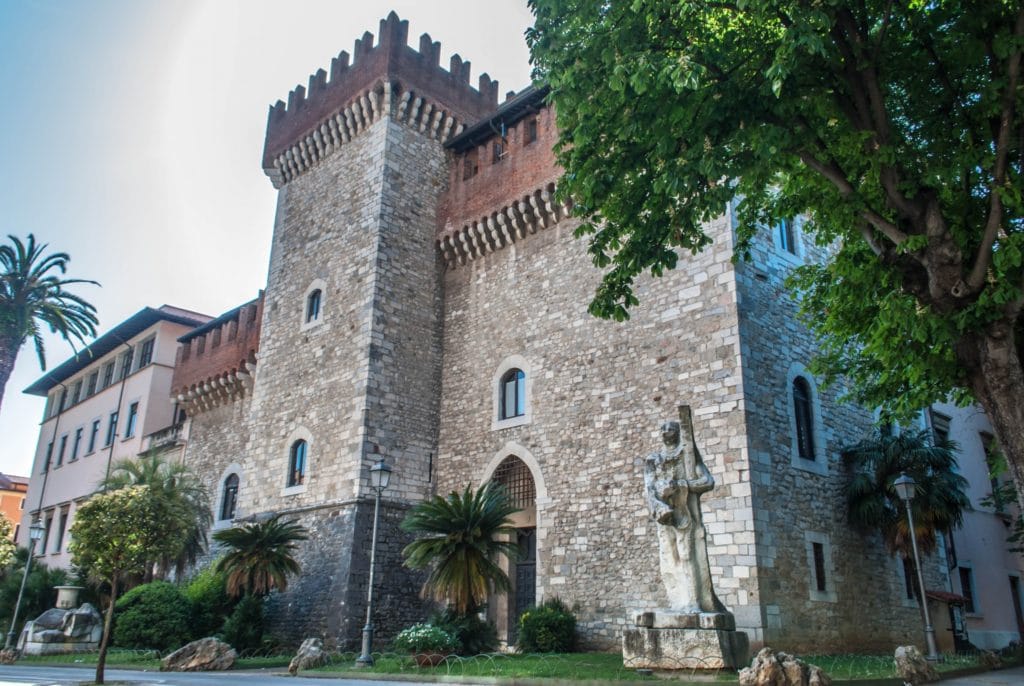
Palazzo Cucchiari
Do not miss one of the temporary art exhibits at Palazzo Cucchiari . This beautiful nineteenth-century residence is enriched with lovely frescoes on the walls, ceilings decorated with paper-mâché, sparkling marbles, and decorations in precious cypress wood.
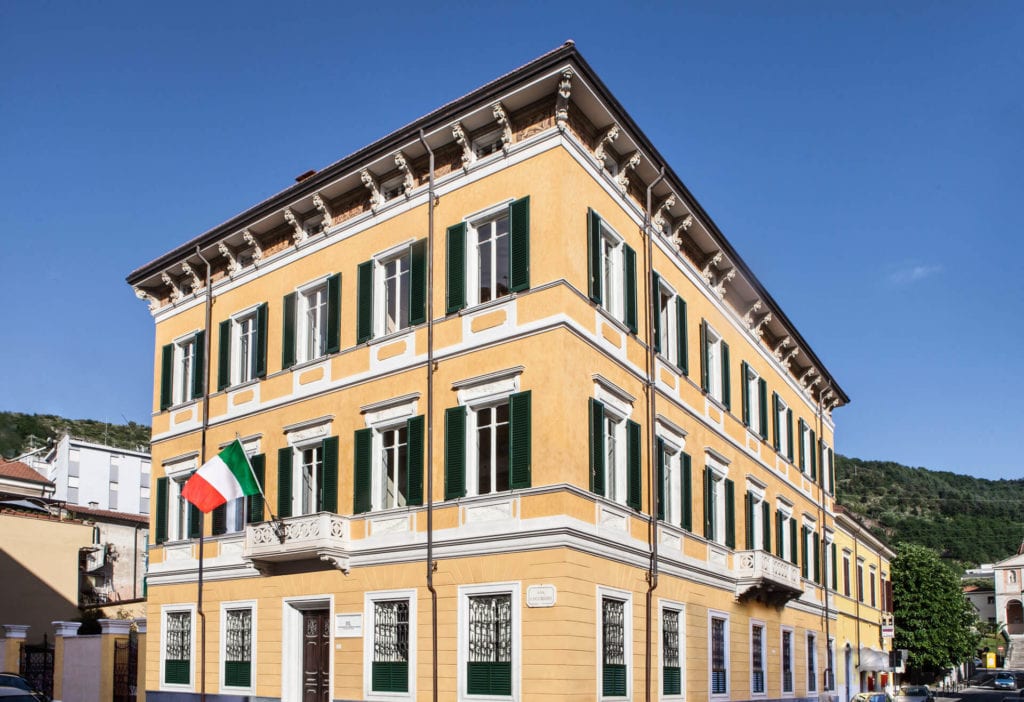
The Museum of Marble
The Museum of Marble collects the immense archeological heritage of Carrara. Inside, you find important marble collections and archeological pieces of evidence . You can also admire statues made by artists from all over the world who came to Carrara to choose their marble blocks and sculpt their works of art.
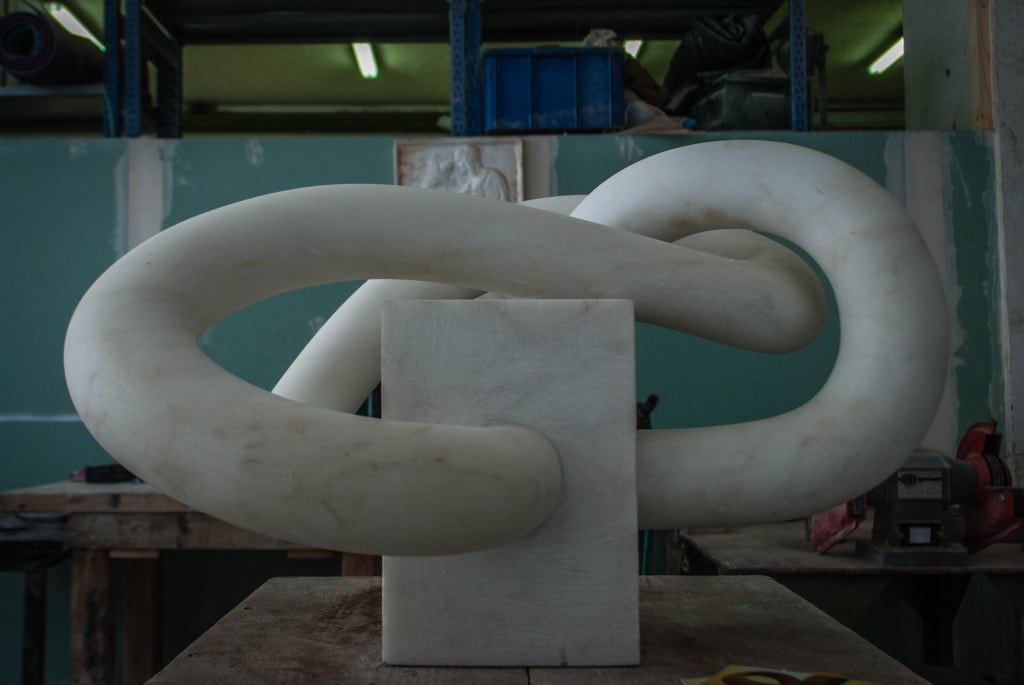
The marble quarries
The high mountains of the Apuan Alps host white marble quarries . They are the hotspot of the area. Always crowded with trucks, wheel loaders, and excavators, this unique lunar landscape deserves a visit.
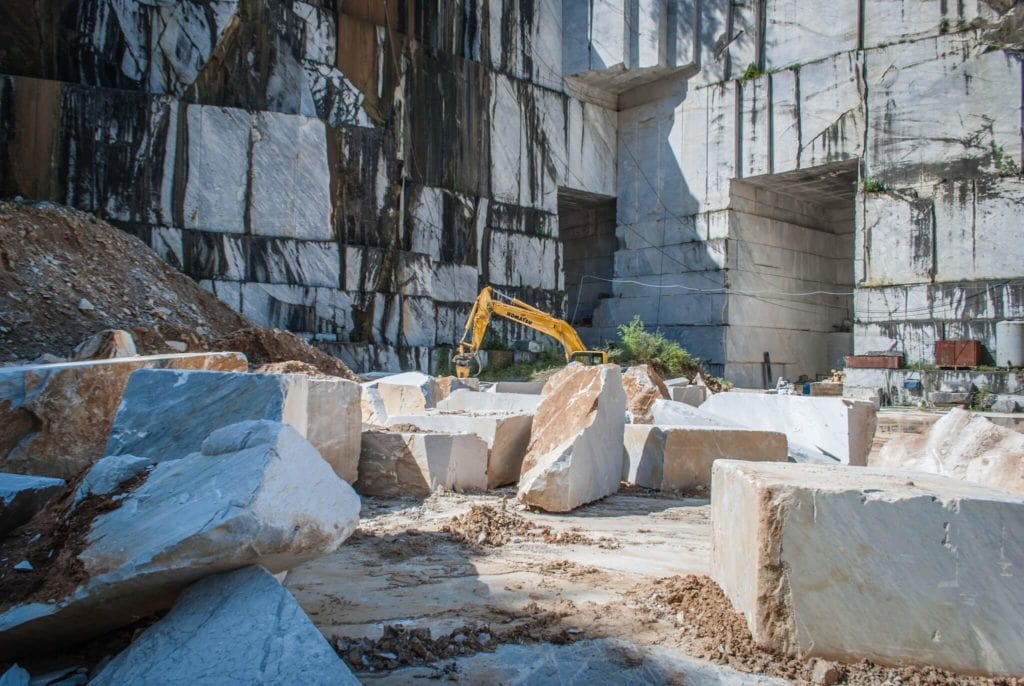
I suggest you visit the Galleria Ravaccione , a unique indoor quarry, and the Cava Museo (Quarry Museum). The museum is the result of forty years of research made by Walter Danesi , the owner of a little but fundamental souvenir shop.
Another option is joining an adventurous guided tour in a 4×4 Jeep of an open-air marble quarry . Usually, these tours end with a tasting of the Lard of Colonnata, a real excellence of the Italian culinary tradition.
The village of Colonnata
Colonnata is a tiny village not too far from Carrara. It is famous worldwide, especially among foodies for the lard. Lardo di Colonnata is a delicious cured meat that you have to taste. In town, you also have the chance to visit one of the Larderie and learn how the Lard is made.
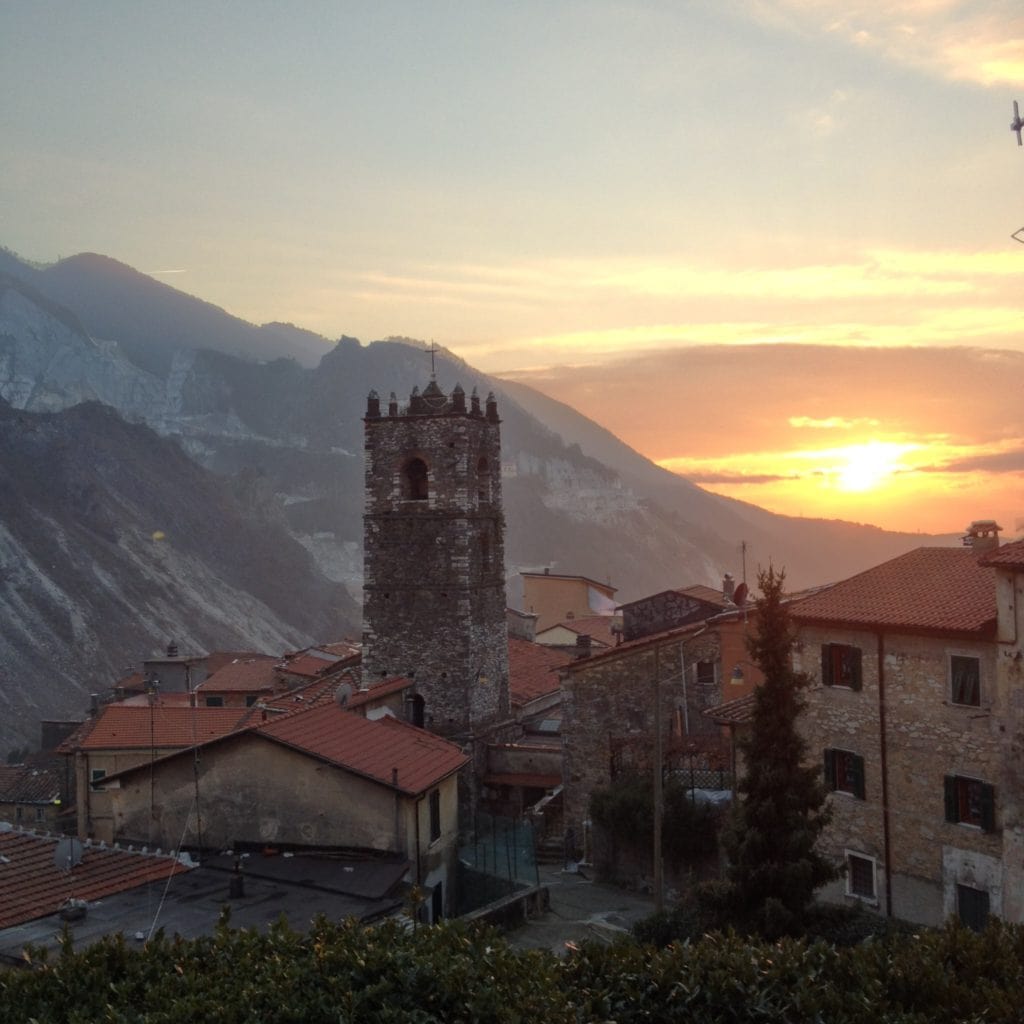
The Marina of Carrara
Marina di Carrara is the coastal district of the town. Here, locals crowd the beach during summertime relaxing on a beach lounger in one of the many bath establishments.
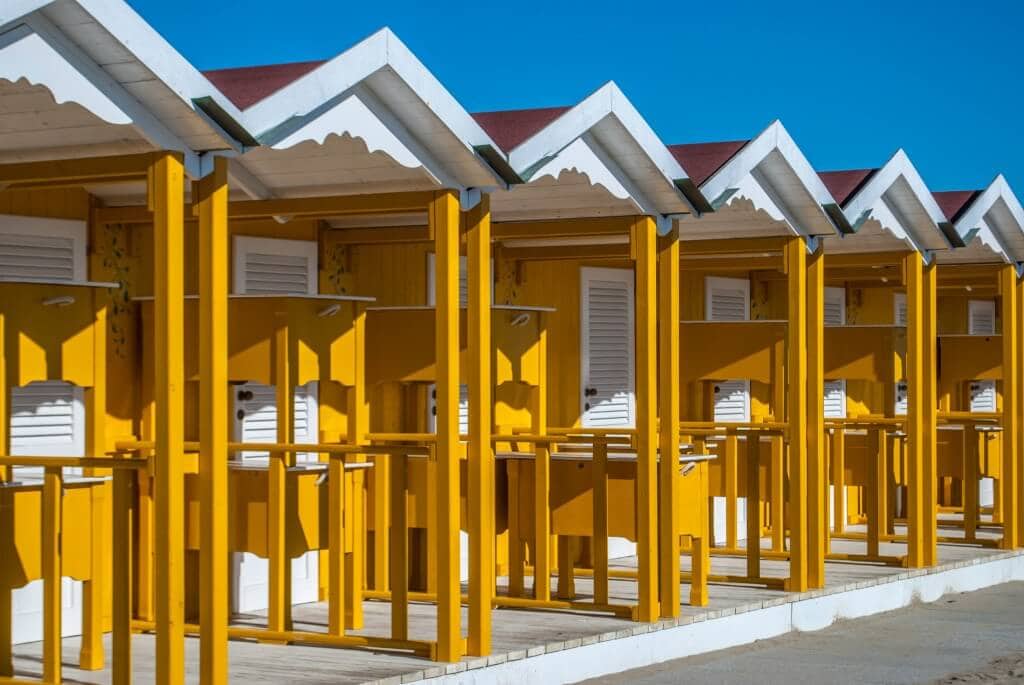
The Tower of Castruccio Castracani of Avenza
Avenza is a district of Carrara, that lies along the Via Francigena . Its name probably comes from the Italian term “Avanzo” ( Remains ), intended as remains of the ancient city of Lunae. Some historians are sure that even before the end of the ancient Roman city, some people founded a settlement in this area. Instead, some other historians think that the term comes from a common root of the word “water, brook”.
In Avenza is located the ancient Tower of Castruccio Castracani degli Antelminelli , Lord and Duke of Lucca . This medieval stronghold is the remnant of an ancient castle that was in the center of the old village.
Events in Carrara
Every end of May an interesting event takes place for two days in town, the Carrara Studi Aperti . All studios open their doors to visitors who have the unique opportunity to see artists at work, talk to them, and admire their artworks.
Another interesting event is Marble Week in July where artists decorate the square of the town with their best works.
Every end of August, for two weeks, the fair center in Marina di Carrara hosts the September Fest . It is one of the biggest beer festivals in the region that attracts thousands of locals and visitors to taste Bavaria’s typical beer and food.
Finally, in September, the historical center is the house of Con_Vivere . The festival has a big calendar full of events, music, and street food. But the most interesting things are panel discussions to reflect on the situation of the planet Earth and the relationships between people and different cultures.
Edoardo Pucciarelli
Edoardo is a Web Marketing Consultant in love with Tuscany. He has a keen for traveling, art, Star Trek, and lasagne.
2 thoughts on “ Discover Carrara in Italy. The World Capital of White Marble ”
Thank you for many great articles ! We are visiting Carrara in July 2023. We want to do a marble tour in a quarry. But could you help us with a few questions please: 1. Would you know the dates of ‘Marble Week’ in 2023? 2. Should we stay in Carrara or somewhere nearby? While in the area we would like to visit Cinque Terre and any other beach side area you recommend. We are not looking for exclusive beaches or beach clubs. 3. Our goal for our trip is to eat like the locals. Any recommendations?
We are are family of four (2x kids under 10). We are on foot but can hire a bike or car if necessary.
Dear Marisa, thanks for leaving a comment. We do not know the dates of Marble Week 2023. Usually, it takes place in June. In Carrara downtown, there are not many kinds of accommodation. My suggestion is to stay somewhere along the coast (Viareggio, Camaiore, Pietrasanta, Forte dei Marmi, Marina di Massa, Marina di Carrara). Hire a car would be good because you have more freedom to explore the area. All these places have a train station and the best way to visit Cinque Terre is by train. So would be perfect. Concerning food, Tordelli with meat ragout is the traditional dish of all the places I told you about before. Being on the seaside, fish dishes are part of the culinary tradition. Take a look at this article to learn a bit more about this coastal area of Tuscany (which is called Versilia and Riviera Apuana): https://mytravelintuscany.com/15-things-to-do-in-versilia/
Leave a Reply Cancel reply
Your email address will not be published. Required fields are marked *

- € 0,00 0 items
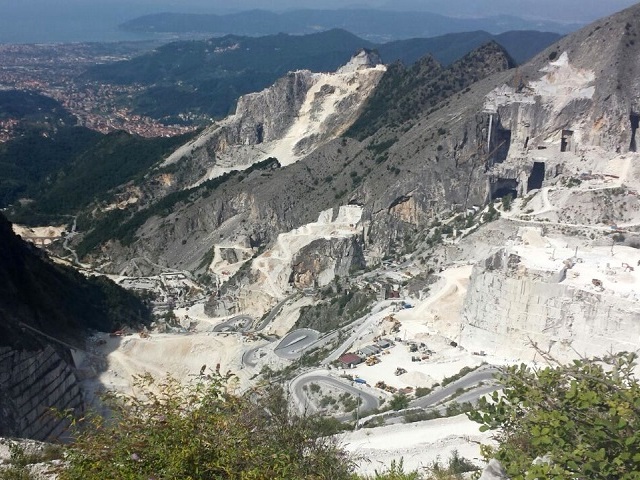
Carrara Marble Tour (from Lucca)
From: € 135,00
Discover Carrara Marble caves in a day on a small group tour! Take the best picture of the white Tuscan marble mountain. AC transport and entrance fee for the Marble Quarries included.
Tour is not available for booking at the moment. Fill out the form to request information
Your Name (required)
Your Email (required)
Your Mobile Phone
Product Name
Your Message
I have read and accept Info Privacy
Adult (12-99): € 95,00
Child (3-11): € 47,5
Infant (0-2): € 0,00
For last minutes bookings, please give us a call (0039 0572 091832) .
1. A Journey off the beaten tracks: the World of Carrara Marble Quarries 2. Discover How Hard and Difficult it was The Old Excavation System 3. Visit of Colonnata: the Marble Village famous for its 'Lardo' IGP
Description
Come to discover with us from where Michelangelo use to take the whitest marble for his masterpieces.
Admire a lot of skilled workers climbing the marble caves. We’ll visit one of the most famous caves in the heart of the marble mountain and learn how exactly it is quarried. Our expert guide there will explain you how a rough peace of marble can became a piece of art.
At the end we can’t miss a visit of the tiny village of Colonnata , perched on the very top of the marble mountains, famous for the tasty cold cult “Lardo di Colonnata” .
During the Marble Experience you’ll have a chance to visit an open air Marble Museum and discover the specific tools that were used to extract the Marble and work it.
You will learn more about this traditional craft , which is only taught from father to son , and just the families settled in that specific village. You can admire the reproduction of the wooden houses that were inhabited by the marble workers and the different kinds of marble from Carrara and from all over the world.
Our tour will follow with the visit of one of the most famous caves of all, deep down in the heart of the mountain . You will see exactly where Michelangelo used to come and choose the blocks of marble for his works of art. With us you will learn more about the complex process of the extraction of the marble and about the use of the diamond ropes .
The last stop of our tour will be in the small village of Colonnata , worldwide famous for its delicious and special cold cut, the lard . You will discover how the ‘Lardo di Colonnata’ is cured and how it is seasoned in order to become the product that all Italians love to taste with a slice of toasted bread. We will walk in Colonnata village and end the tour with a s pecial tasting of the “Lardo IGP” . There are nice local souvenirs shops where you can buy some souvenirs of marble too.
Details of the Tour
Dates & Time: Monday, Wednesday and Saturday (9'30 am – 2'00 pm)
Season: April - October
The Price Includes: Transport, Tour guide in the marble caves, entrance fee for the Marble Quarries, cold cuts tasting: Lardo IGP
Meeting Point: Central location in Lucca. More details will be provided after booking
Things to Note
* In the low season (from 1st of November till 31st of March) this tour runs as private by minivan. Request for availability and prices.
More Tours you can be interetsted in
Cooking class in tuscany farmhouse from lucca.
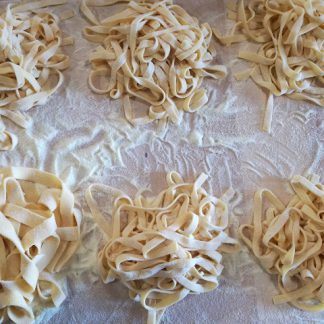
Small Group Pasta Cooking class. Learn how to prepare: tagliatelle, ravioli, gnocchi with fresh sauces and the best Tiramisu.
Pisa Low Cost: Walking Group Tour (from Lucca)
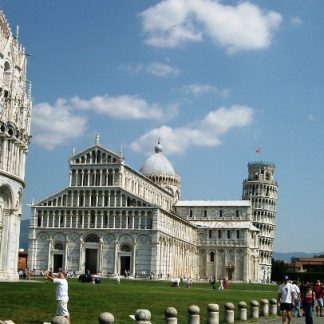
Pisa guided walking tour with expert local guide and possibility to climb the famous Leaning Tower.
Florence with Uffizi Gallery Private Tour (from Lucca)
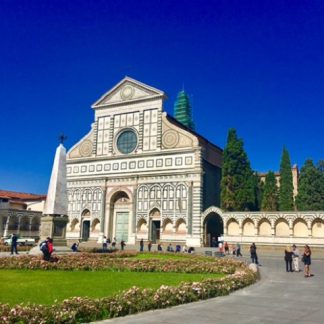
Personal tour of Florence. Private transport and Guided walking tour with expert guide to discover the most suggestive corners of Florence and SKIP the Line for UFFIZI Gallery and Accademia (Michelangelo’s David).
- Montecatini
- Wedding Planner
- Virtual Tours
- Viareggio Versilia
- Team Building
- Special Offers
- Pistoia Cutigliano
- Daily Tours
- Private Tours
- Wine & Food
- Cooking Class
- Sport & Adventures
- Shore excursions
- Team Building & Incentives
- Wellness Travel

Tuscany Tours and Experiences
From: Lucca, Montecatini Terme, Florence, Pisa, Pistoia, Viareggio, Livorno
Download the “TOP10TOURS” Guide
Your-rating
*All data are mandatory
Tuscany Planet
Your tourist travel guide for tuscany.
- Around Tuscany
Marina di Carrara: beaches, what to see, how to get there
What to do and what to see in Marina di Carrara
Marina di Carrara is the northernmost seaside resort in all of Tuscany. Located along the Apuan coast, on the border with Liguria, Marina di Carrara is part of the municipality of Carrara which is just 5 kilometers away. Together with Marina di Massa it occupies the entire coast of the province of Massa Carrara.
Rather popular summer holiday destination, Marina di Carrara is appreciated for its long and wide sandy beach, almost completely occupied by bathing establishments, and its proximity to cities such as Carrara and Massa as well as the Apuan Alps. The city also has several green areas, a high-level Nautical Club and an important trade fair complex that annually hosts the September Fest, an event inspired by the Bavarian OktoberFest.
The birth of Marina di Carrara, which in the past was called Marina di Avenza, is linked to the need that the Dukes of Modena had to build a port on the Tyrrhenian Sea. The attempts of the Dukes of Modena to build a seaport, starting with that of the founder of Marina di Carrara, Francesco III d’Este, were not very lucky.
The urbanization of the center and the construction of the port did not take off until 1851 when the English industrialist William Walton had the first large port structure capable of docking ships designed and built. With the development of the port, the inhabited center also developed and subsequently also the industry linked to tourism.

Sea and beaches in Marina di Carrara
What to see in marina di carrara, what to do in marina di carrara, what to see around marina di carrara, how to get to marina di carrara, where to stay in marina di carrara.
The beach of Marina di Carrara extends between the border with Liguria, to the north-west and the pier that delimits the port to the south-east. It is a very wide beach, made of fine, golden sand. The seabed slowly degrades so the water doesn’t get deep too quickly. Most of the Carrara beach is managed by equipped bathrooms that offer many services starting from the classic rental of umbrellas, deck chairs and sun loungers to continue with showers, bars, restaurants and rowing boats and pedal boats. For the safety of tourists there is also a rescue service at sea. Here you will not find the most beautiful sea in all of Tuscany but you will certainly benefit from many services and a very organized beach.
In Marina di Carrara there are also four small stretches of free beach. The northernmost one, not far from the border with Marinella di Sarzana, is intended for a dog beach, the so-called Bau Beach. Continuing along the coast, almost halfway, you will find the free beach of Fossa Maestra. This stretch is very crowded in summer but it is quite wide and if you arrive early you will find a place to put yourself. Further on there is the small free beach called La Rotonda which is located in front of Piazza Paradiso. The last piece of free beach is located in the final stretch, right next to the port.
Marina di Carrara is certainly not a destination full of things to see. Its recent history and its development partly linked to industry and partly linked to sea tourism, have certainly not given a great impetus to the creation of monuments and museums. The most beautiful part of the city is probably Piazza Menconi which offers a large open space with a bit of urban greenery. On this square overlooks the Chiesa della Sacra Famiglia from 1886, which is the most important of the churches in Marina di Carrara.
During the day the life of the tourist in Marina di Carrara inevitably takes place on the beach and along the sea. In the evening and at night, however, you can take advantage of the wide choice of clubs, bars and restaurants where you can spend time in a fun way. Many bathrooms have also developed the idea of the beach club by offering aperitifs by the sea, further enriching the evening offer of Marina di Massa.
Every year, between the end of August and the beginning of September, Marina di Carrara hosts the September Fest (or Carrara Bier Fest) organized together with the German city of Ingolstadt with which Carrara is twinned. In practice, the September Fest in Marina di Carrara is a sort of Italian-German Oktober Fest. If you want to spend evenings under the banner of beer (lots of beer), shanks, sausages, pretzels, dancing and singing, you absolutely must attend the September Fest!
Marina di Carrara is a good starting point for exploring the entire province of Massa-Carrara and the nearby province of Lucca. Both Massa and Carrara certainly deserve to be visited because they are two cities rich in history and culture. Nearby there are also the Apuan Alps with the world famous marble quarries. Going north, you can explore Lunigiana , a land that is still a bit wild, full of castles and interesting places to see. Going down the coast instead you will find Marina di Massa and then Versilia where there are some of the most famous places on the Tuscan coast such as Forte dei Marmi and Viareggio .
Marina di Carrara is located at the north-western end of Tuscany, 5 kilometers from Carrara, 10 from Massa, 50 from Lucca and Pisa and 120 from Florence. The closest railway station is Carrara-Avenza which is a couple of kilometers away. The city is also located not far from the A12 motorway exit, so it is quite easy to reach by car.
If you travel by public transport you will have to take the train to the Carrara-Avenza station and then continue with a bus that will take you to your destination in a few minutes.
By car: if you come from Florence (1h 30 ‘) and Lucca (40’) you have to take the A11 motorway to Viareggio and then turn onto the A12 to Carrara. From Pisa (45 ‘) and Livorno (1h) you have to take the SS1 Aurelia and then continue on A12. Leaving the A12 you will have to follow the signs for Marina di Carrara and in a few minutes you will be there.
The hotels in Marina di Carrara are almost all located a stone’s throw from the sea, and this will allow you to reach the beach comfortably on foot without having to take the car. In the area there are also some bed and breakfasts, campsites and farmhouses. In the city you can also find apartments for rent and holiday homes.
Search for Hotels, B&B, Camping and Holiday Homes
You might also be interested in....

The Best Day Trips from Florence

Cava Museo Fantiscritti

Quinto Martini Park Museum

Brattello Forest


A visit to the Carrara marble quarries
By toni brancatisano | June 1, 2021
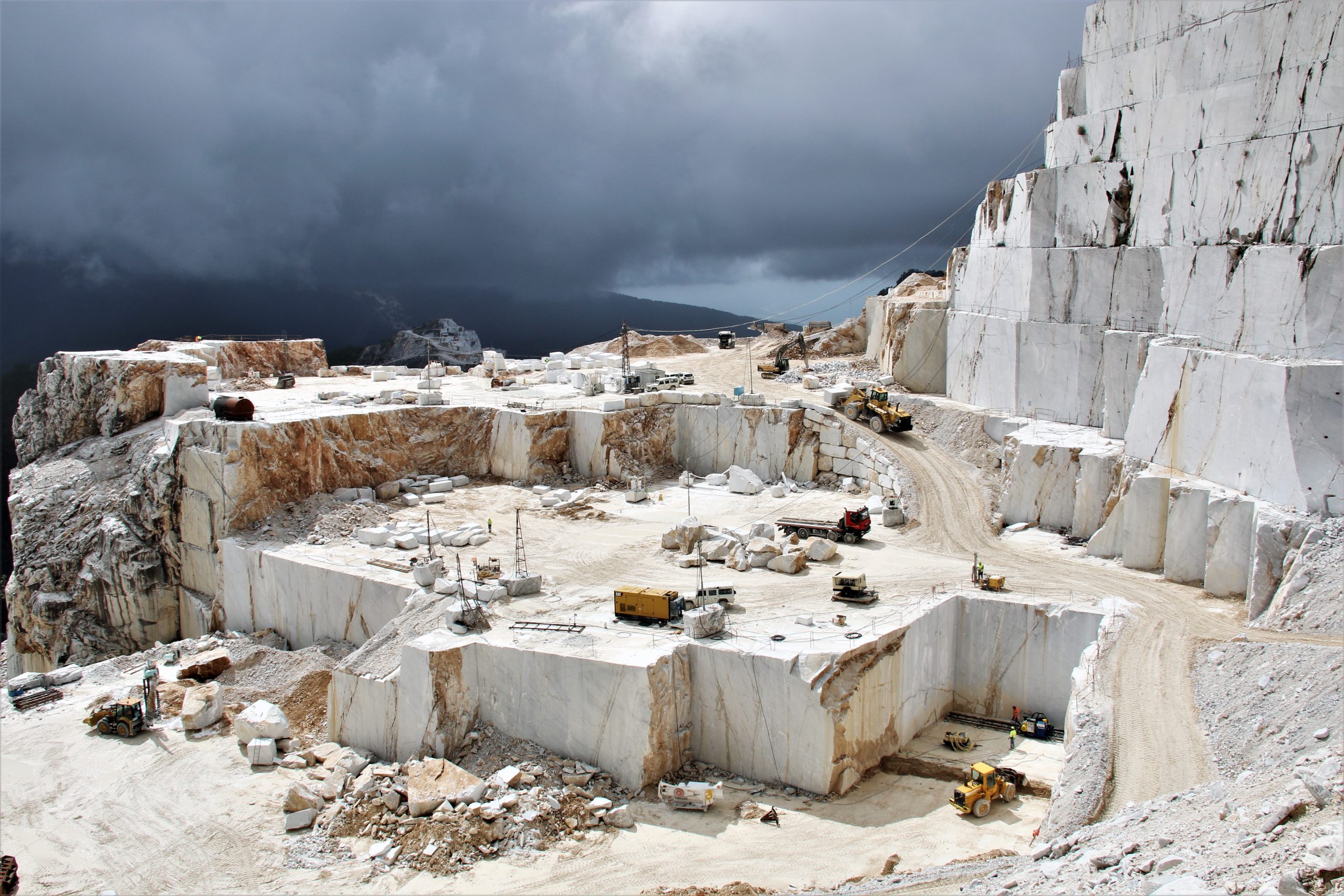
Tours – Carrara Marble Tour
If you happen to find yourself lying on one of the beautiful beaches along the Versilian coast in northern Tuscany, it would be impossible not to admire the majestic Apuan Alps . It would be easy to think that the stark white surfaces on the upper heights is snow and many have made this mistake, despite the scorching summer temperatures on the beach.
It is indeed remarkable to think that this is the origin of some of the most beautiful marble finishes that decorate churches, cathedrals, famous marble sculptures or, quite simply, the marble sitting in kitchens and bathrooms all around the world. The name “ white Carrara marble ” has become like a brand, synonymous with high end luxury décor, buildings and furnishings.
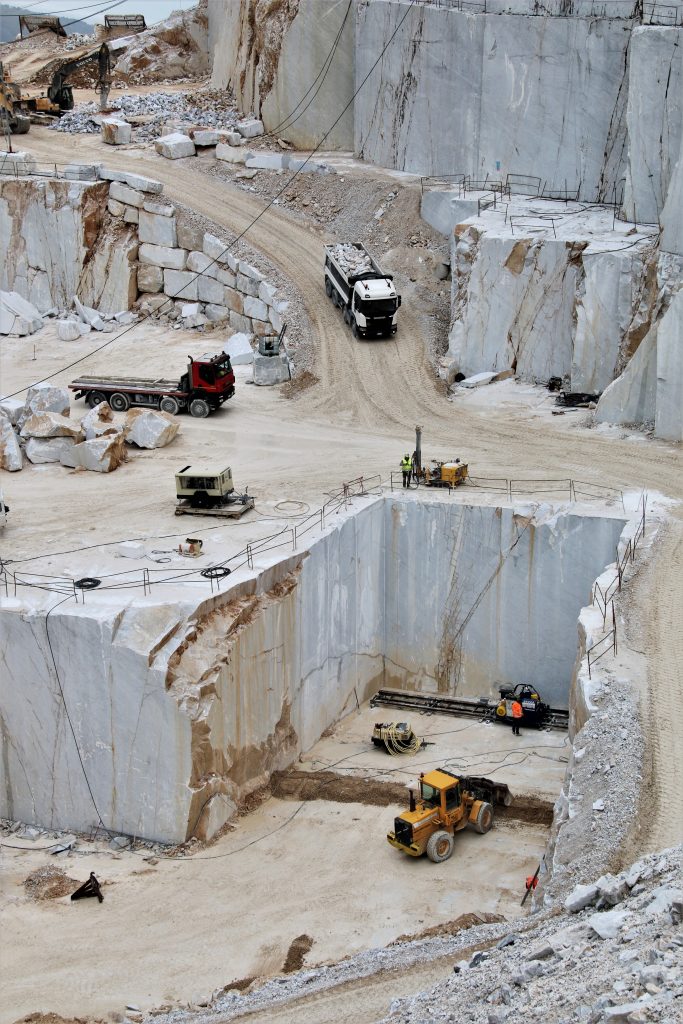
White Carrara marble has maintained its prestige for thousands of years; it was two thousand years ago that the ancient Romans first removed the layer of trees and grassy carpet that dressed the mountains to reveal the precious white stone laying underneath. The Romans took possession of Carrara and its surroundings (once named Luni ) and the Alps in 180 BC, after winning the territory from a Celtic population that had settled in the area. Carrara marble supplied the Roman Empire for the construction of many famous monuments that tourists admire today. The Pantheon and the Trajan’s Column in Rome are built of Carrara marble, as is the Portico di Ottavia . Emperor Augustus is known to have said boastingly, “ I found Rome a city of bricks and left it a city of marble .”
Many sculptures of the Renaissance (Michelangelo’s David to name one) were also carved in marble from Carrara. Michelangelo is known to have visited many times during his lifetime (he lived into his 90s) and each time he stayed in the area for at least 4-5 months to search for and find the perfect block of marble to use for his sculptures. Michelangelo required the pure white Statuario di Carrara marble, which is characterized by its pure milk-white colour, that makes it very valuable. The first time Michelangelo visited the Apuan Alps was when he was looking for the perfect marble to use to sculpt the Vatican Pietà – the only piece of sculpture Michelangelo ever signed, which is now housed inside St. Peter’s Basilica, in Rome. It is a beautiful piece of art, depicting the Virgin Mary cradling the dead body of her son Jesus, something that really has to be seen when visiting Rome. After visiting the Apuan Alps repeatedly, Michelangelo fantasized about carving the whole peak of the mountain to create a sculpture so colossal that the passing ships would be able to see it from the sea.
Statuario marble is very rare, and there is only one point today on the Apuan Alps where this prestigious type of marble is available, or where it is allowed to be excavated. This limited amount must satisfy the needs of the entire planet – and this is what pushes the price up and gives this type of marble the nickname oro bianco (white gold). Pure white statuario marble is soft in comparison to marble that has grey or black veins running through it. The whiter the marble, the more calcium carbonate is present. The grey veins are caused by carbon and some impurities and the more that is present, the harder the marble stone.
Once upon a time the extraction of the marble was entrusted to slavery, and their techniques remained unchanged for thousands of years. In the beginning, the miners exploited the natural fissures of the rock, and inserted wooden wedges. These were then wet with water: their swelling, caused by the natural expansion of the wood, ,would cause the marble block to detach from the mountain. The Romans used metal chisels to cut blocks with a depth of about 2 meters. Metallic chisels were inserted into cuts about 20cm (around 9 in) deep, and after much continuous hammering, the block was separated from the mountain. Then, to cut the block into smaller slabs, two men would use a large handsaw while a mixture of water and silica was poured onto the block to facilitate the cutting process. It’s incredible to think that, each day, only about 8cm would be cut, and it could take up to two years from extracting the marble to transporting it to the coast.
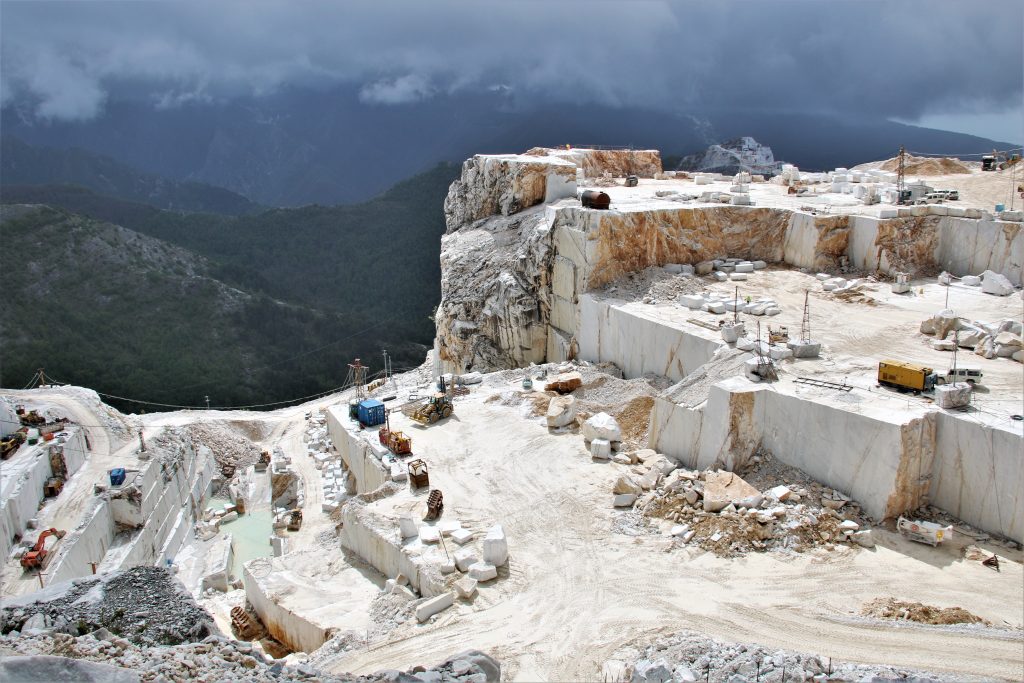
During the 18 th century , explosions were used to extract the marble, but this method was aborted pretty quickly after it was realised that the damage to the Apuan Alps was great and too much waste was created.
Once the marble blocks were cut away from the mountain, another challenge lay ahead: how to transport the marble down the mountain, to the sea port. One of the most dangerous jobs in working in the marble quarries was to be involved in the transport. The marble blocks weighing about 30 tons had to be carefully transported down very steep slopes on a sleigh-type structure that would slide on wooden beams greased with soap. Ropes were used by about 10-12 men to try and control the marble and to resist the pull of gravity. Two other men had the job of transferring the beams from the back to the front and you can imagine how often accidents happened: many men were killed. Oxen were also used and the work was so strenuous for them that often they would die along the way. There are wonderful black and white photographs documenting these powerful beasts hauling blocks of marble down to the sea port, onto the pier where they would be loaded on ships.
Transporting the marble down the mountain is still a very dangerous job and requires skilled driving of heavy trucks. Even just watching these huge machines manoeuvre down the mountain and execute 3 point turns to get around some of the sharp turns can provoke anxiety! There are sprinklers operating along the roads, keeping the ground wet. This is important to stop the trucks tyres slipping on dry gravel as they come down the mountain carrying the large marble blocks.
When one visits the Carrara marble quarries , the appreciation for the work and workers that contribute to each stage of the journey, from the mountain to the finished product, can be fully understood. In the Carrara marble basin, there are three areas designated to quarries, they are the known as the Torano , Colonnata and Fantiscritti quarries. I visited the Fantiscritti quarries and they are the most famous of the once existing Roman city of Luni. I booked a tour with Carrara Marble Tour company and our guide Davide was a wealth of knowledge.
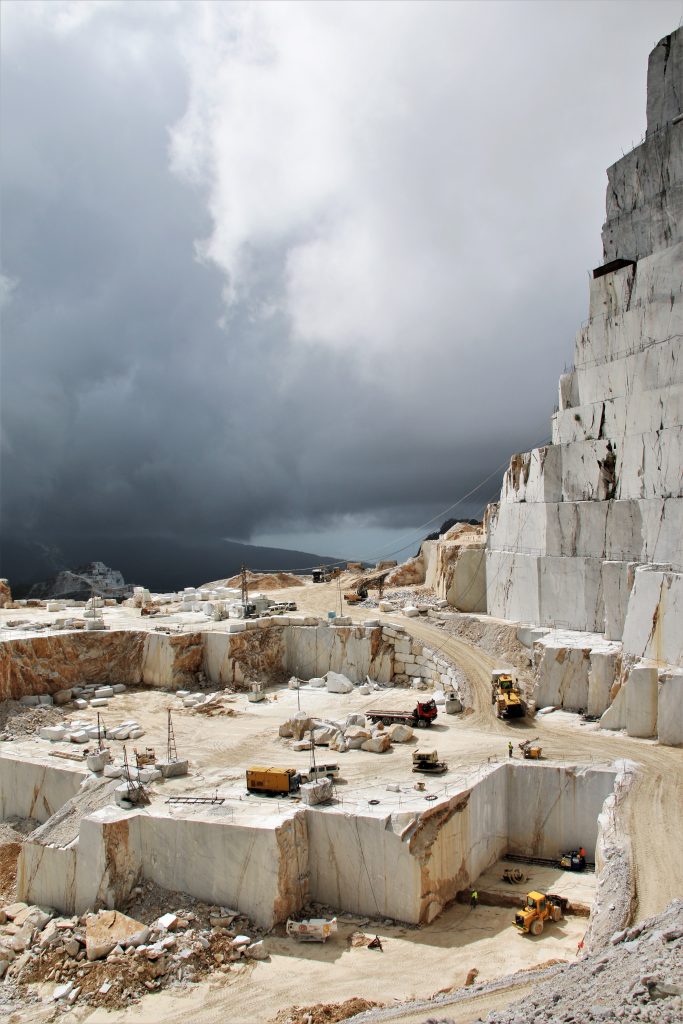
Davide told of another group of men who work on the Apuan Alps and play an important and integral role, alongside that of the quarrymen. These men are required to listen to the sounds of the mountain, and to detect and prevent danger. They have one of the oldest and most demanding, yet fascinating professions in the world. They are called the tecchiaioli , also nicknamed ragni bianchi (white spiders) and they are the unsung guardian angels of the quarrymen. They work in extreme conditions to provide safety of other workers.

They work in the Apuan marble quarries to monitor and clean the quarry front (the tecchia , in the Carrarese dialect) to eliminate any unsafe boulders, or sheets of marble that could potentially cause injuries (or death) if they were to fall on the unsuspecting quarrymen working below. Until the 1990s, it was the same quarrymen who descended into the overhangs harnessed to a rudimentary hemp rope. Now, professional rock climbers do it with the same techniques and equipment used in mountaineering and caving. They go from quarry to quarry, stopping for two or three months at a time to secure the rocky face.
The tecchiaioli move along the walls of the Apuan Alps and remain suspended for hours on the white chasms of the marble quarries. They listen to the mountain, observe it, take care of it, silently and meticulously getting the job done, just like hanging spiders.
Very few know of the existence of this figure, thetecchiaiolo. Many people assume the quarrymen have the hardest jobs, but few know of the harsh and exhausting conditions of tecchiaioli, who face risk, fatigue, and sometimes even fear daily. Their white surroundings are the breathtaking scenery of the quarries, yet they work in the most extreme conditions and weather: heat, cold, and wind. Every day, all year round, hanging, immersed in the blinding white of the marble. They are a tight-nit team, and the responsibility on their shoulders is great, so this means it’s also a job that causes great stress on a daily basis.
During the mining process, the shape of the mountainous peaks and the marble façade are continuously modified and the aesthetics of the Alps can change brutally in a matter of weeks: in a few hours walls of tens of meters can disappear. One thing people may not consider is that extracting marble blocks from the mountain causes much wasted marble. Sometimes the blocks shatter as they fall and, once upon a time, all this marble “rubble” created problems as it accumulated in the valleys below.
Today, marble waste is utilised in many industries. The bits that have broken off, blocks that have shattered, or the cut-offs created when cutting a perfect block of marble, can be made into small stones that are used for paving or they are ground to make marble dust. This dust of calcium carbonate is used in toothpaste, soaps, cosmetics, paper production, cement production, to make glue, etc. Nothing is wasted anymore.
This “recycling” has only been taking place since 1980 and, before that, the three Carrara marble basins were submerged in 2000 years of accumulated marble waste. This was a huge issue because it had covered areas where there was good quality marble that could be mined. This “problem” has now become a valuable resource, especially if you consider that from a productive quarry, about 40% of the marble extracted becomes waste, with some quarries reaching 80% .
Seeing the quarries for the first time close up can be quite shocking – they seem like a giant wound in the mountain. We were at 1000m above sea level, but the mountains rise to about 1700m – 1800m and it’s important to realise that they are all marble. It has been calculated that the marble extends also to at least 2 km below sea level, so although it seems shocking that marble has been taken from the Apuan Alps for so long, there is still plenty to last for at least the next 500 years.
Two thousand years passed where there wasn’t any regulation on the number of quarries created or the amount of marble extracted. One could cut what they wanted, use explosives and not face any consequences. Today the whole process must abide by strict laws. Every two years, every company that manages a marble quarry must produce a plan to the region of Tuscany where they must detail exactly how many metres they plan to excavate. The environmental impact, the stability of the mountains and the estimated waste is evaluated before they receive authorisation to proceed.
The Apuan Alps are now protected by UNESCO, (The United Nations Educational, Scientific and Cultural Organization) and the regulation of mining is so strict today, there is no talk whatsoever of creating new quarries other than the ones that already exist.
If you do find yourself in northern Tuscany, take the time to visit the Carrara marble quarries and book a tour with CARRARA MARBLE TOUR company. It will definitely make you appreciate so much more when you see white Carrara marble anywhere around the world.
**CARRARA MARBLE TOUR Tours – Carrara Marble Tour company also organise private customised tours that can include a visit to the quarries, the marble museum, followed by lunch and tasting of traditional regional recipes including the famous lardo di Colonnata .
Se vi capita di trovarvi sdraiati su una delle belle spiagge lungo la costa versiliese nel nord della Toscana, sarà impossibile non ammirare le maestose Alpi Apuane. Sarebbe facile pensare che le superfici bianche sulle montagne più alte siano neve e molti fannp questo errore, nonostante le torride temperature estive sulla spiaggia. È davvero notevole pensare che questa sia l’origine di alcune delle più belle finiture di marmo che decorano chiese, cattedrali, famose sculture di marmo o, semplicemente, il marmo che si trova nelle cucine e nei bagni di tutto il mondo. Il nome “marmo bianco di Carrara” è diventato un marchio, sinonimo di arredamento di lusso e di edifici e mobile di alta gamma. Il marmo bianco di Carrara ha mantenuto il suo prestigio per migliaia di anni; fu duemila anni fa che gli antichi Romani rimossero per la prima volta lo strato di alberi e il tappeto erboso che vestiva le montagne per rivelare la preziosa pietra bianca che giaceva sotto. I Romani presero possesso di Carrara e dei suoi dintorni (un tempo chiamati Luni) e delle Alpi nel 180 a.C., dopo aver conquistato il territorio di una popolazione celtica che si era stabilita nella zona. Il marmo di Carrara rifornì l’impero romano per la costruzione di molti monumenti famosi che i turisti ammirano oggi. Il Pantheon e la Colonna Traiana a Roma sono costruiti in marmo di Carrara, così come il Portico di Ottavia. L’imperatore Augusto è noto per aver detto con orgoglio: “Ho trovato Roma una città di mattoni e l’ho lasciata una città di marmo”. Anche molte sculture del Rinascimento (il David di Michelangelo per citarne una) furono scolpite in marmo di Carrara. Michelangelo è noto per aver visitato le cave molte volte durante la sua vita (visse fino a 90 anni) e ogni volta rimaneva nella zona per almeno 4-5 mesi per cercare e trovare il perfetto blocco di marmo da usare per le sue sculture. Michelangelo richiedeva il marmo bianco puro Statuario di Carrara, che è caratterizzato dal colore bianco latte puro, che lo rende molto prezioso. La prima volta che Michelangelo visitò le Alpi Apuane fu quando stava cercando il marmo perfetto da usare per scolpire la Pietà vaticana – l’unica scultura che Michelangelo abbia mai firmato, che ora si trova all’interno della Basilica di San Pietro, a Roma. Si tratta di una bellissima opera d’arte, raffigurante la Vergine Maria che culla il corpo morto di suo figlio Gesù, un’opera che deve davvero essere vista quando si visita Roma. Dopo aver visitato ripetutamente le Alpi Apuane, Michelangelo fantasticò di scolpire l’intera cima della montagna per creare una scultura così colossale che le navi di passaggio sarebbero state in grado di vederla dal mare. Il marmo Statuario è molto raro, e c’è solo un punto oggi sulle Alpi Apuane dove questo prestigioso tipo di marmo è disponibile, o dove è permesso scavarlo. Questa quantità limitata deve soddisfare il fabbisogno dell’intero pianeta – e questo è ciò che spinge in alto il prezzo e dà a questo tipo di marmo il soprannome di oro bianco. Il marmo statuario bianco puro è morbido in confronto al marmo che ha venature grigie o nere che lo attraversano. Più bianco è il marmo, più è presente carbonato di calcio. Le venature grigie sono causate dal carbonio e da alcune impurità e più queste sono presenti, più dura è la pietra di marmo. Un tempo l’estrazione del marmo era affidata alla schiavitù, e le loro tecniche sono rimaste immutate per migliaia di anni. All’inizio, i minatori sfruttavano le fessure naturali della roccia e inserivano dei cunei di legno. Questi venivano poi bagnati con acqua: il loro rigonfiamento, causato dall’espansione naturale del legno, causava il distacco del blocco di marmo dalla montagna. I Romani usavano scalpelli metallici per tagliare i blocchi con una profondità di circa 2 metri. Gli scalpelli metallici venivano inseriti in tagli profondi circa 20 cm (circa 9 pollici), e dopo molte martellate continue, il blocco si separava dalla montagna. Poi, per tagliare il blocco in lastre più piccole, due uomini usavano una grande sega a mano mentre una miscela di acqua e silice veniva versata sul blocco per facilitare il processo di taglio. È incredibile pensare che ogni giorno venivano tagliati solo 8 cm circa e che potevano passare fino a due anni dall’estrazione del marmo al trasporto sulla costa. Durante il XVIII secolo, per estrarre il marmo si usavano le esplosioni, ma questo metodo fu eliminato abbastanza rapidamente dopo che ci si rese conto che il danno alle Alpi Apuane era grande e si creavano troppi scarti. Una volta che i blocchi di marmo erano stati tagliati dalla montagna, si presentava un’altra sfida: come trasportare il marmo giù per la montagna, fino al porto marittimo. Uno dei lavori più pericolosi nel lavoro nelle cave di marmo era relativo al trasporto. I blocchi di marmo del peso di circa 30 tonnellate dovevano essere trasportati con cura giù per pendii molto ripidi su una struttura tipo slitta che scorreva su travi di legno insaponate. Venivano tirate corde da circa 10-12 uomini per cercare di controllare il marmo e resistere alla forza di gravità. Altri due uomini avevano il compito di trasferire le travi dalla parte posteriore a quella anteriore e si può immaginare quanto spesso accadevano incidenti: molti uomini rimanevano uccisi. Venivano usati anche i buoi e per loro il lavoro era così faticoso che spesso morivano lungo la strada. Ci sono meravigliose fotografie in bianco e nero che documentano queste potenti bestie che trasportano blocchi di marmo fino al porto marittimo, sul molo dove sarebbero stati caricati sulle navi. Il trasporto del marmo giù per la montagna è ancora un lavoro molto pericoloso e richiede una guida esperta dei camion pesanti. Anche solo guardare queste enormi macchine manovrare giù per la montagna ed eseguire curve molto strette per aggirare alcuni tornanti può provocare ansia! Ci sono irrigatori in funzione lungo le strade, per mantenere il terreno bagnato. Questo è importante per evitare che i pneumatici dei camion scivolino sulla ghiaia asciutta mentre scendono dalla montagna trasportando i grandi blocchi di marmo. Solo quando si visitano le cave di marmo di Carrara, l’apprezzamento per il lavoro e i lavoratori che contribuiscono ad ogni fase del viaggio, dalla montagna al prodotto finito, può essere pienamente compreso. Nel bacino del marmo di Carrara, ci sono tre aree destinate alle cave, conosciute come le cave di Torano, Colonnata e Fantiscritti. Ho visitato le cave di Fantiscritti e sono le più famose della città romana di Luni, un tempo esistente. Ho prenotato un tour con la compagnia Carrara Marble Tour e la nostra guida Davide era un pozzo di conoscenza. Davide ha raccontato di un altro gruppo di uomini che lavorano sulle Alpi Apuane e svolgono un ruolo importante e fondamentale, accanto a quello dei cavatori. Questi uomini sono tenuti ad ascoltare i suoni della montagna e a individuare e prevenire i pericoli. Fanno uno dei mestieri più antichi e impegnativi, ma allo stesso tempo affascinanti, del mondo. Sono chiamati tecchiaioli, soprannominati anche ragni bianchi, e sono gli angeli custodi non celebrati dei cavatori. Lavorano in condizioni estreme per garantire la sicurezza degli altri lavoratori. Lavorano nelle cave di marmo apuane per monitorare e pulire il fronte di cava (la tecchia, in dialetto carrarese) per eliminare eventuali massi pericolanti, o lastre di marmo che potrebbero potenzialmente causare ferite (o morti) se dovessero cadere sugli ignari cavatori che lavorano sotto. Fino agli anni ’90, erano gli stessi cavatori a scendere negli strapiombi imbragati ad una rudimentale corda di canapa. Ora, gli scalatori professionisti lo fanno con le stesse tecniche e attrezzature usate nell’alpinismo e nella speleologia. Vanno di cava in cava, fermandosi per due o tre mesi alla volta per mettere in sicurezza la parete rocciosa. I tecchiaioli si muovono lungo le pareti delle Alpi Apuane e rimangono sospesi per ore sulle bianche voragini delle cave di marmo. Ascoltano la montagna, la osservano, se ne prendono cura, in silenzio e con meticolosità, proprio come dei ragni appesi. Pochi sanno dell’esistenza di questa figura, il tecchiaiolo. Molti danno per scontato che i cavatori facciano i lavori più duri, ma pochi conoscono le condizioni dure ed estenuanti dei tecchiaioli, che affrontano quotidianamente il rischio, la fatica e a volte anche la paura. Il loro ambiente bianco è lo scenario mozzafiato delle cave, eppure lavorano nelle condizioni e con il meteo più estremi: caldo, freddo e vento. Ogni giorno, tutto l’anno, appesi, immersi nel bianco accecante del marmo. Sono una squadra affiatata, e la responsabilità sulle loro spalle è grande, quindi è anche un lavoro che provoca grande stress quotidiano. Durante il processo di estrazione, la forma delle cime montuose e la facciata di marmo vengono continuamente modificate e l’estetica delle Alpi può cambiare brutalmente nel giro di settimane: in poche ore possono scomparire muri di decine di metri. Una cosa che la gente forse non considera è che l’estrazione dei blocchi di marmo dalla montagna causa molto spreco di marmo. A volte i blocchi si frantumano cadendo e, un tempo, tutte queste “macerie” di marmo creavano problemi accumulandosi nelle valli sottostanti. Oggi, i rifiuti di marmo sono utilizzati in molte industrie. I pezzi che si sono rotti, i blocchi che si sono frantumati, o gli scarti che si creano quando si taglia un blocco perfetto di marmo, possono essere trasformati in piccole pietre che vengono utilizzate per la pavimentazione o vengono macinate per fare polvere di marmo. Questa polvere di carbonato di calcio si usa nel dentifricio, nei saponi, nei cosmetici, nella produzione di carta, di cemento, per fare la colla, ecc. Non si spreca più nulla. Questo “riciclaggio” avviene solo dal 1980 e, prima di allora, i tre bacini di marmo di Carrara erano sommersi da 2000 anni di rifiuti di marmo accumulati. Questo era un problema enorme perché aveva coperto aree dove c’era marmo di buona qualità che poteva essere estratto. Questo “problema” è ora diventato una risorsa preziosa, soprattutto se si considera che da una cava produttiva, circa il 40% del marmo estratto diventa scarto, con alcune cave che arrivano all’80%. Vedere da vicino le cave per la prima volta può essere abbastanza scioccante: sembrano una gigantesca ferita nella montagna. Eravamo a 1000 metri sopra il livello del mare, ma le montagne salgono fino a circa 1700-1800 metri ed è importante rendersi conto che sono tutte di marmo. È stato calcolato che il marmo si estenda anche ad almeno 2 km sotto il livello del mare, quindi anche se sembra scioccante che il marmo sia stato prelevato dalle Alpi Apuane per così tanto tempo, ce n’è ancora in abbondanza per durare almeno per i prossimi 500 anni. Sono passati duemila anni in cui non c’era nessuna regolamentazione sul numero di cave create o sulla quantità di marmo estratto. Si poteva tagliare quello che si voleva, usare esplosivi e non affrontare alcuna conseguenza. Oggi l’intero processo deve rispettare leggi severe. Ogni due anni, ogni azienda che gestisce una cava di marmo deve fornire un piano alla regione Toscana in cui deve dettagliare esattamente quanti metri intende scavare. L’impatto ambientale, la stabilità delle montagne e gli scarti stimati vengono valutati prima di ricevere l’autorizzazione a procedere. Le Alpi Apuane sono ora protette dall’UNESCO (Organizzazione delle Nazioni Unite per l’Educazione, la Scienza e la Cultura) e la regolamentazione delle miniere è oggi così severa che non si parla di creare nuove cave oltre a quelle già esistenti. Se vi trovate nel nord della Toscana, prendetevi il tempo di visitare le cave di marmo di Carrara e prenotate un tour con la compagnia CARRARA MARBLE TOUR. Vi farà sicuramente apprezzare molto di più quando vedrete il marmo bianco di Carrara ovunque nel mondo. **CARRARA MARBLE TOUR Tours – L’azienda Carrara Marble Tour organizza anche tour privati personalizzati che possono includere una visita alle cave, il museo del marmo, seguito da un pranzo con degustazione di ricette tradizionali regionali tra cui il famoso lardo di Colonnata.

26 issues of L’Italo Americano digital edition
Support L’Italo Americano
If you’re able to, please support L’Italo Americano today from as little as $1.

Weekly Newsletter
- 1 Understand
- 2.2 By train
- 3 Get around
- 4.1 Squares and streets
- 4.2 Religious architecture
- 4.3 Museums
- 5.1 Events and festivales
<a href=\"https://tools.wmflabs.org/wikivoyage/w/poi2gpx.php?print=gpx&lang=en&name=Carrara\" title=\"Download GPX file for this article\" data-parsoid=\"{}\"><img alt=\"Download GPX file for this article\" resource=\"./File:GPX_Document_rev3-20x20.png\" src=\"//upload.wikimedia.org/wikipedia/commons/f/f7/GPX_Document_rev3-20x20.png\" decoding=\"async\" data-file-width=\"20\" data-file-height=\"20\" data-file-type=\"bitmap\" height=\"20\" width=\"20\" class=\"mw-file-element\" data-parsoid='{\"a\":{\"resource\":\"./File:GPX_Document_rev3-20x20.png\",\"height\":\"20\",\"width\":\"20\"},\"sa\":{\"resource\":\"File:GPX Document rev3-20x20.png\"}}'/></a></span>"}'/> Carrara is a city of 60,000 people (2020) in Tuscany that is famous for its marble. The extraction of marble in Carrara has been documented since ancient times. Today's city of Carrara, located at the foot of the Apennines, was founded in the 11th century and marble quarrying resumed in the 12th century. Over the centuries the city of Carrara has expanded towards the sea, where today most of the population is located. Starting from the 19th century, the village of Marina di Carrara was built on the seashore as a summer resort. Marble quarrying and processing is still the dominant industry.

Take the A12 highway and exit at the Carrara toll booth.
- 44.065 10.1468 2 Antica Città di Luni ( Luni Museum and Archaeological Zone ), Via Appia 9, Luni , ☏ +39 0187 66811 . Tu-Sa 08:30-19:30 (last admission 18:30), Su 08:30-14:00 (last admission 13:00) . Includes an amphitheater and the National Archaeological Museum of Luni. €5, reduced €3, under 18 free, free on 1st Su of each month . ( updated Feb 2023 )
Squares and streets
- 44.07976 10.09944 3 Piazza del Duomo ( Cathedral Square ). It has a trapezoidal shape and is surrounded by medieval buildings which were restructured and enlarged several times in the sixteenth and seventeenth centuries, such as the elegant and decorated (internally and externally) Baroque palace of the Sarteschi counts on the west side, the old rectory on the south side (still in Gothic style on the ground floor), the house where Michelangelo Buonarroti lived on the north side almost as a continuation of the south side of the Cathedral in Romanesque-Gothic style. Between the "Buonarroti" house and the apse of the cathedral, the "new" sixteenth-century rectory can be glimpsed with frescoed walls and the bell tower, consisting of a square-plan tower with a marble structure, surmounted by an octagonal spire whose model can almost be found identical in bell towers which are scattered along the, i.e. Comacini masters) of cathedrals that descended from the north of France, crossed the Savoy region, overcoming the historic passes of the Western Alps (Lanslebourg, Aosta) touching Liguria (Lavagna, Genoa) until arriving in Carrara, the historic place of excavation and processing of stone.
- Via Alberica . Via Alberica was born in the 16th century as a rationalization of previous routes and as a connection axis between the Piazza del Mercato (now Alberica) and the Palazzo del Principe. Running parallel to the southern stretch of the sixteenth-century city walls, it was supposed to connect the gates on the sea side but remained short. Elegant 18th-century palaces of the old Carrara nobility overlook it. Towards Piazza Alberica, on the mountain side, there was the magistrate's court.
- 44.0786 10.09655 6 Piazza Garibaldi . A singular triangular-shaped space, next to the Animosi theatre. It connects in shape and size to the square in front of the theatre so that the two spaces become elements of a single singular square. The arrangement was made by Eng. Leandro Caselli in 1887. In the center is the monument to Garibaldi.
- 44.07937 10.09869 7 Piazza Erbe ( Herb Square ). Historical site of the food market. ( updated Feb 2023 )
Religious architecture
Events and festivales.
- CarraraMarmotec: International fair of marble and technologies for its processing.
- Carrara Festival
- Marble Weeks: Marble exhibits and installations are arranged throughout the city edit
- Solemnity of San Ceccardo: July 16th. Patron of the city.
- Solemnity of Our Lady of the People: Second Sunday of May and third Sunday of November. Patroness of the historic centre.
In Carrara there are numerous shops selling marble items, such as sculptures, statues, busts and tombs.
- 44.0401 10.0333 1 Hotel Exclusive Carrara , Viale Cristoforo Colombo, 57/63 ( in Marina di Carrara ), ☏ +39 0585 55871 , fax : +39 0585 789263 . Hotel & wellness centre 150 m from the sea. Rooms range from basic to luxury. Apartments available. ( updated Feb 2023 )
- 44.16893 10.15393 1 Equi Terme's spa , ☏ +39 0585 949339 . Equi Terme is located close to one of the most majestic peaks of the Apuan Alps, Pizzo d'Uccello, perched on a steep hill that you just rock. The north wall of this mountain, famous among mountain climbers, seems to want to protect the small village in Lunigiana, pleasant, mysterious, full of atmosphere that only inhabited places for a long time can give: His cave, a veritable natural spectacle, gave evidence in the light of ancient presence, its marble quarries have employed hundreds of people and its spa were appreciated by the ancient Romans.
- Has custom banner
- Has mapframe
- Has map markers
- See listing with no coordinates
- Outline cities
- Outline articles
- City articles
- Has Geo parameter
- Massa-Carrara (province)
- All destination articles
- Pages using the Kartographer extension
Navigation menu

IMAGES
VIDEO
COMMENTS
The city of white gold, suspended between the sea and the Apuan alps. Carrara, located in the Apuan Riviera in Northern Tuscany, has always been known as the marble city. The city merges into the Alps in a succession of diverse and fascinating landscapes, dominated by white mountain tips and marble extracted from quarries, which has been at the ...
By AlbertSalichs. Cava Museo Fantiscritti is a real quarry located in the surroundings of Carrara, a well-known city not so far from... 3. Colonnata. 352. Points of Interest & Landmarks. By marinarQ1350UF. Fantastic experience to taste directly on site, in the very location where the world renown Lardo is produced.
Visiting a Carrara marble quarry on your own. If you want to visit a Carrara marble quarry as an independent traveler, our advice is to reach the city of Carrara by car or motorbike and from there head towards the marble basins of Colonnata, Fantiscritti and Torano.. A spectacular route awaits you, made up of breathtaking views of the quarries and the coast, an itinerary dotted with valleys ...
If you want to really see the most you can in this region, call Gabriele and book one of his fascinating tours (+39 328 415 6084). The many faces of Gabriele, the 'guru' of guides based in Carrara. 7. The Marble Mountains. Visiting the Cave di Marble aka 'The Marble Mountains' is an absolute must for any adventure traveler.
How to Visit the Carrara Marble Quarries. Carrara Marble Tour offers a 50/60-minute excursion from March to November. In 2023, it costs 15 euros per person. Tours are in Italian or English. You don't need to book in advance unless you are part of a group of at least 20 people. There is also a small museum, gift shop, restaurant and toilet ...
The town of Carrara is full of marble quarries, all of which have been deemed a protected UNESCO World Heritage Site as of 2015. ... Assuming you're in Carrara to visit the marble mountains, you really should not try going up in the mountains themselves on your own since the roads are extremely twisty and turny (see the photo above and notice ...
Carrara Marble Tour (50 minute 4x4 jeep tour) Carrara Marble Tour: 50 Minute tour of the marble caves and mines above Carrara. Cave di Fantiscritti, Italy. Latitude: 44.090777975 Longitude: 10.133441103. Phone: 389 4293538.
Places to visit in Carrara. THE 30 BEST Things to Do in Carrara, Italy. Places to Visit in Carrara. Check out must-see sights and activities: Marble Caves of Carrara, Cava Museo Fantiscritti, Monuments & Statues, Churches & Cathedrals. Explore popular experiences.
Places to Go Near Carrara. Although you may see some sculptors' studios in Carrara, the charming town of Pietrasanta is known for its marble sculptors and artist studios and has a sculpture museum. Sarzana, 20 kilometers northwest, is another charming town to visit. Known for its antique shops, there's a castle right in the historic center ...
Carrara. Carrara is a city literally built on marble. With the white topped Apuan Alps hanging in the background, it offers visitors a marble-paved square, a marble-clad cathedral and plenty of sculptures to remind you that the material has been sustaining and shaping this territory since Roman times. It's off the beaten track, and though not ...
Carrara Marble Quarry Private Tours. Differently from the other tours, the Carrara Marble Quarry Private Tour lasts 4 hours and in addition to the exploration of an active marble quarry, you will get to explore Carrara historic center with your guide. Of course, the tour includes a stop at one of Colonnata's restaurants to taste their ...
The city is filled with many must-visit spots, and is one of the most popular destinations in the country. The unique, underrated Italian city of Carrara is known for its exquisite marble, the same material used for famous statues like Michelangelo's David.
Carrara itself is a rather hip town of 65,000 people with an active civic life. Wedged in the hills where Tuscany meets Liguria, it has a bit of both worlds - sea and mountain, with typical dishes from both. The slope of town facing westerly has views of the Bay of Poets, one of Liguria's most beautiful spots. There is no lack of restaurants or ...
A personalised private tour from Lucca exploring the Carrara marble quarries, the sculpture town of Pietrasanta for the …. Free cancellation. from. $870. per group. 10. La Spezia Private Shore Excursion to Pietrasanta and Carrara Marble Quarries. Historical Tours. 6+ hours.
Duomo - Cathedral of Carrara (Photo by Vmenkov / CC BY) Chiesa della Madonna delle Lacrime. From the Duomo, after a very short stretch in via Ghibellina, crossing the Ponte delle Lacrime you reach the Chiesa della Madonna delle Lacrime.Just in front of the church, I would like to point out the Fontana della Sirena, a beautiful Baroque fountain in white marble that depicts a mermaid sitting ...
Carrara is the world capital for the mining, processing, and trading of white marble. The economy of the whole area revolves around the marble. Unfortunately, or fortunately, Carrara is not popular among the mass tourists that usually visit the most famous cities such as Florence, Siena, or the countryside of Val d'Orcia.
The area dedicated to Roman archeology displays precious historic artefacts coming from the Roman quarries in Carrara, as well as the area of Fantiscritti e Gioia, where marble has been quarried since the 1st century BCE. In the Marmoteca, visitors can admire 310 large marble samples, extracted in the Apuan area and in other parts of Tuscany ...
Carrara Marble Tour (from Lucca) From: € 135,00. Discover Carrara Marble caves in a day on a small group tour! Take the best picture of the white Tuscan marble mountain. AC transport and entrance fee for the Marble Quarries included. Tour is not available for booking at the moment.
Carrara: Exclusive Marble Cave Tour Adventure in a 4x4. PRIVATE tour in Carrara marble quarries with 4x4 vehicles. Tour of the Carrara quarries and artistic laboratories of Pietrasanta. When is the cheapest time to visit Carrara? Carrara Tourism: Tripadvisor has 28,362 reviews of Carrara Hotels, Attractions, and Restaurants making it your best ...
Sea and beaches in Marina di Carrara. The beach of Marina di Carrara extends between the border with Liguria, to the north-west and the pier that delimits the port to the south-east. It is a very wide beach, made of fine, golden sand. The seabed slowly degrades so the water doesn't get deep too quickly. Most of the Carrara beach is managed by ...
Carrara as a town doesn't get much tourist press and by itself it's not worth a special trip given how many places there are to visit in Tuscany, never mind Italy. But if you've been up the mountain to see the marble quarries and you're already in the neighborhood or you're making your way along the coastline then it's definitely worthwhile stopping in the old part of Carrara for lunch ...
Carrara marble supplied the Roman Empire for the construction of many famous monuments that tourists admire today. The Pantheon and the Trajan's Column in Rome are built of Carrara marble, as is the Portico di Ottavia. Emperor Augustus is known to have said boastingly, " I found Rome a city of bricks and left it a city of marble.".
Carrara is a city of 60,000 people (2020) in Tuscany that is famous for its marble. The extraction of marble in Carrara has been documented since ancient times. Today's city of Carrara, located at the foot of the Apennines, was founded in the 11th century and marble quarrying resumed in the 12th century. Over the centuries the city of Carrara ...